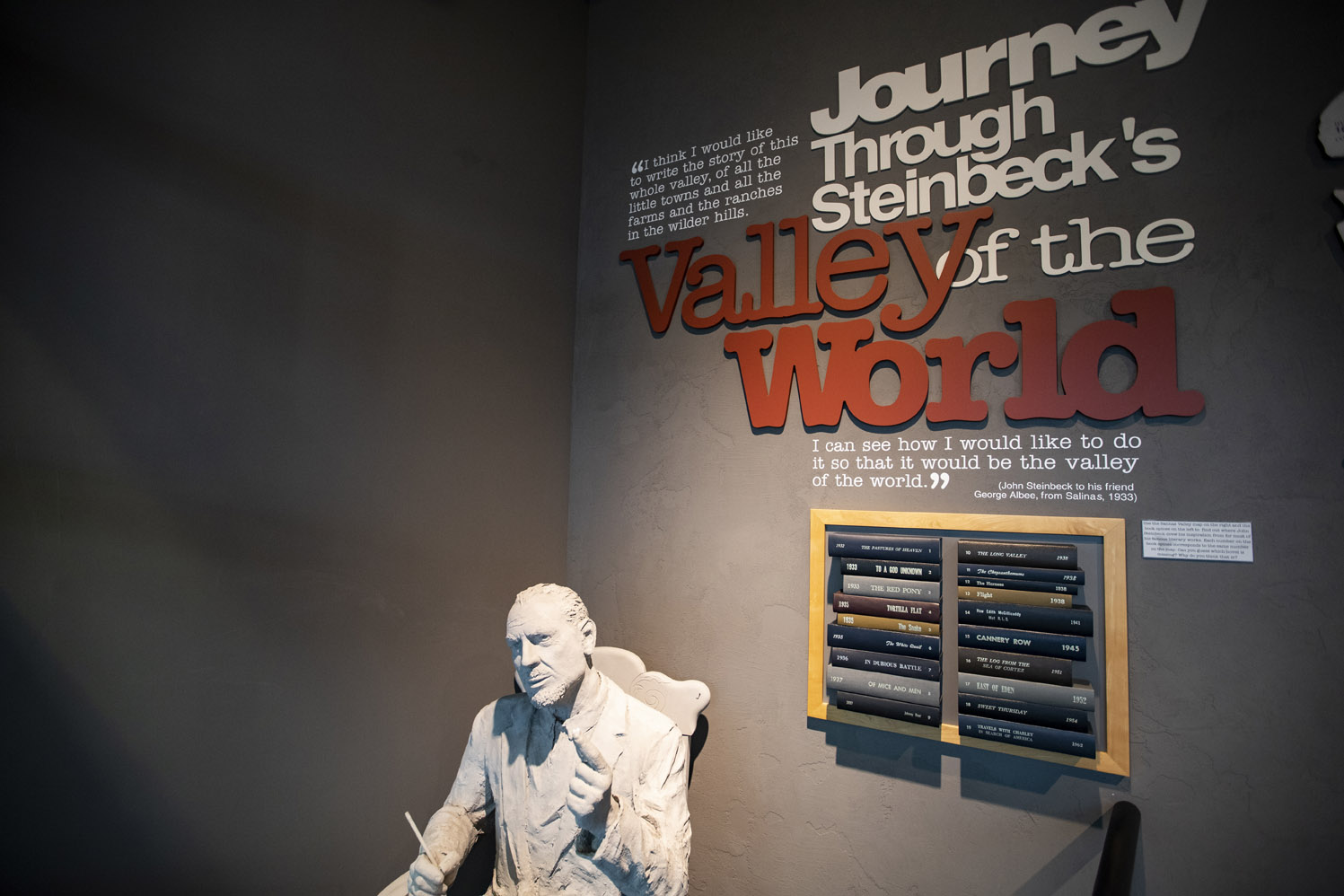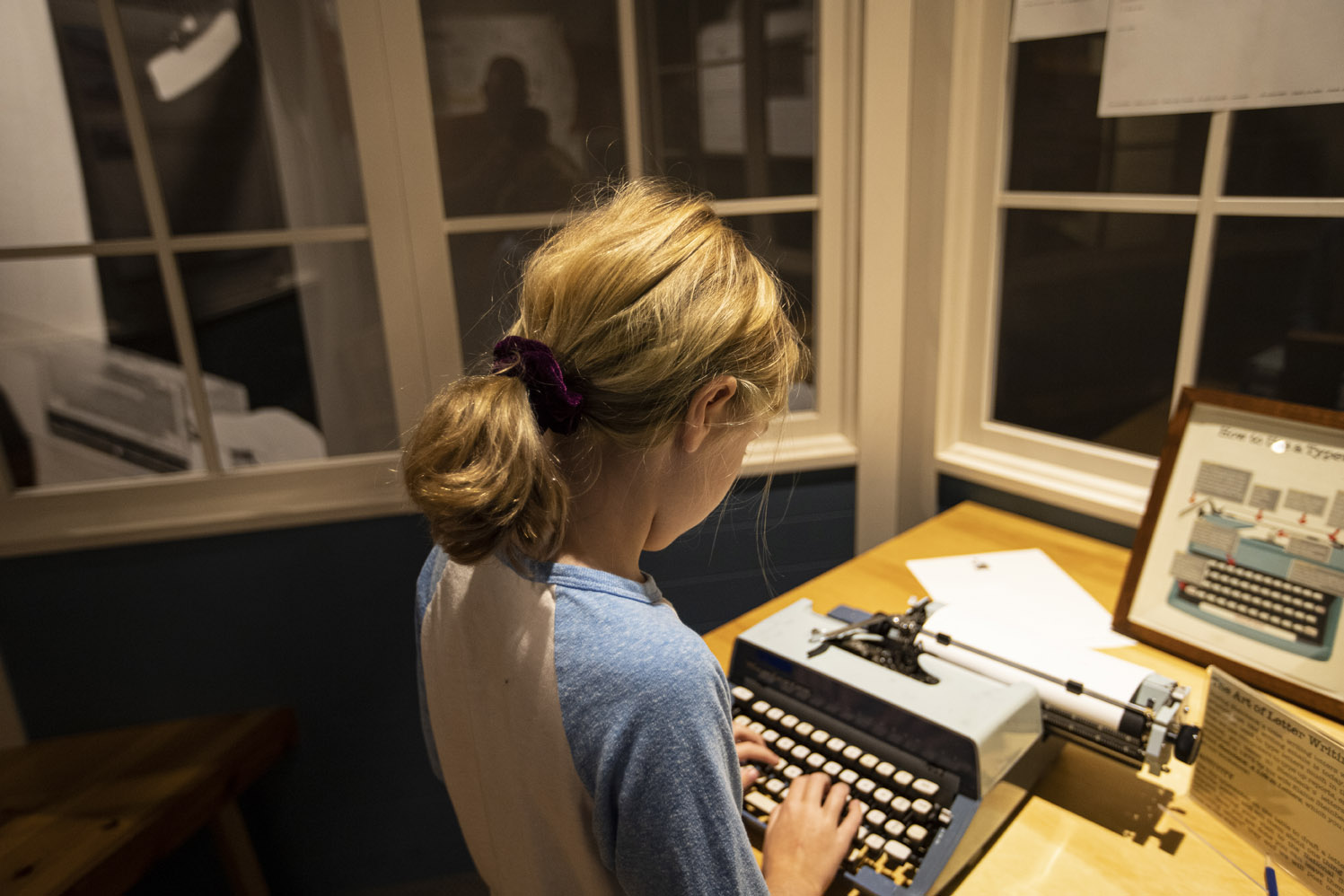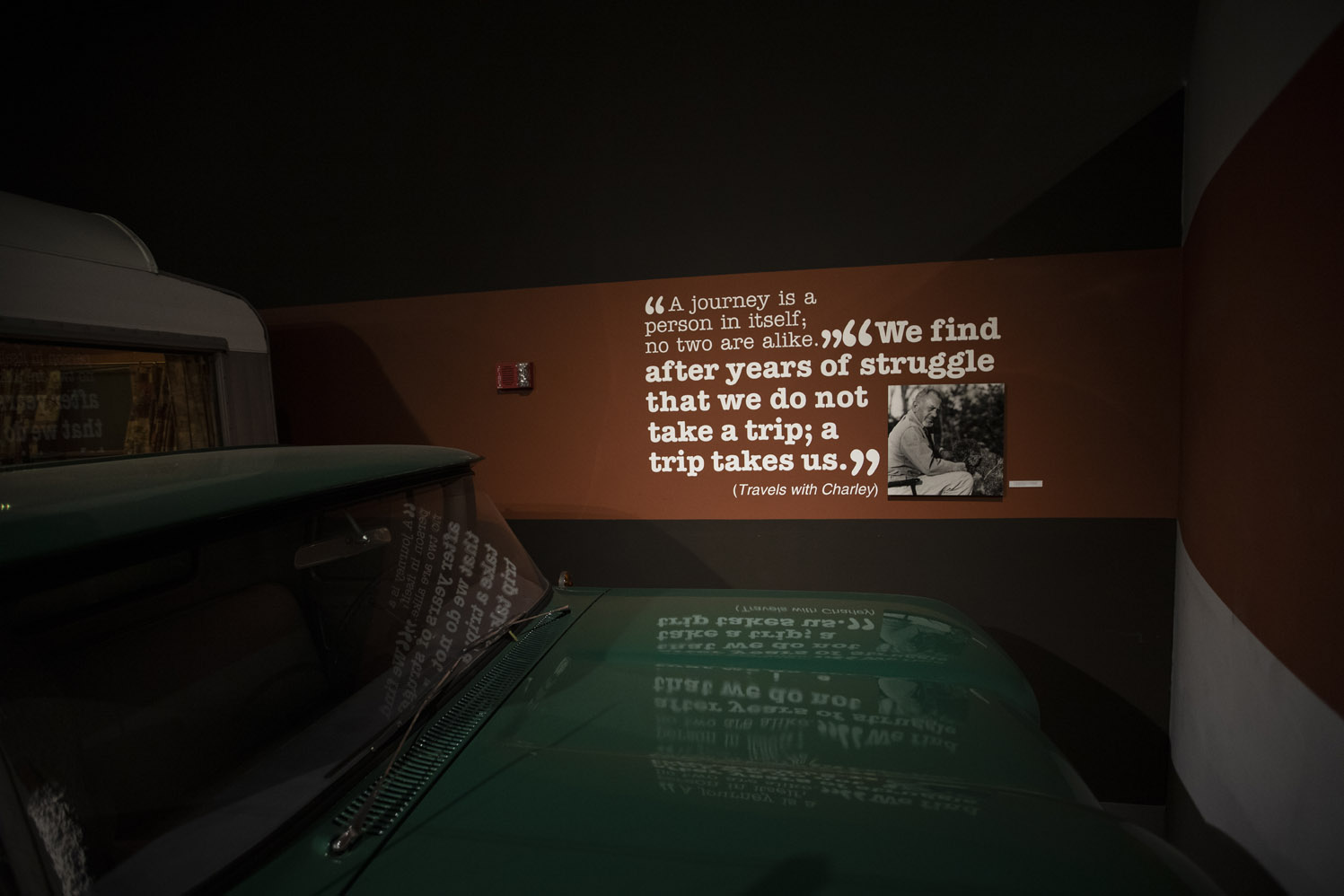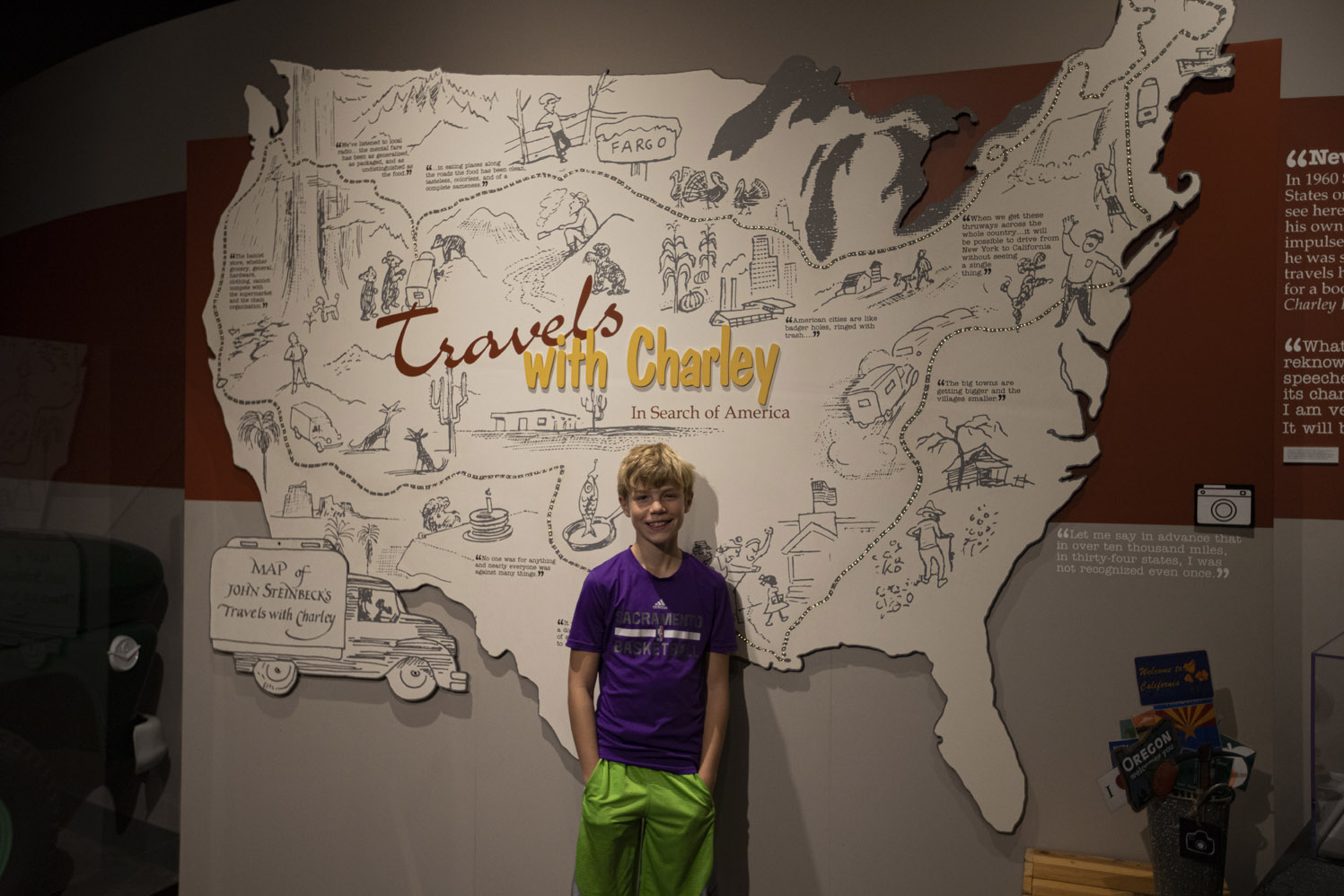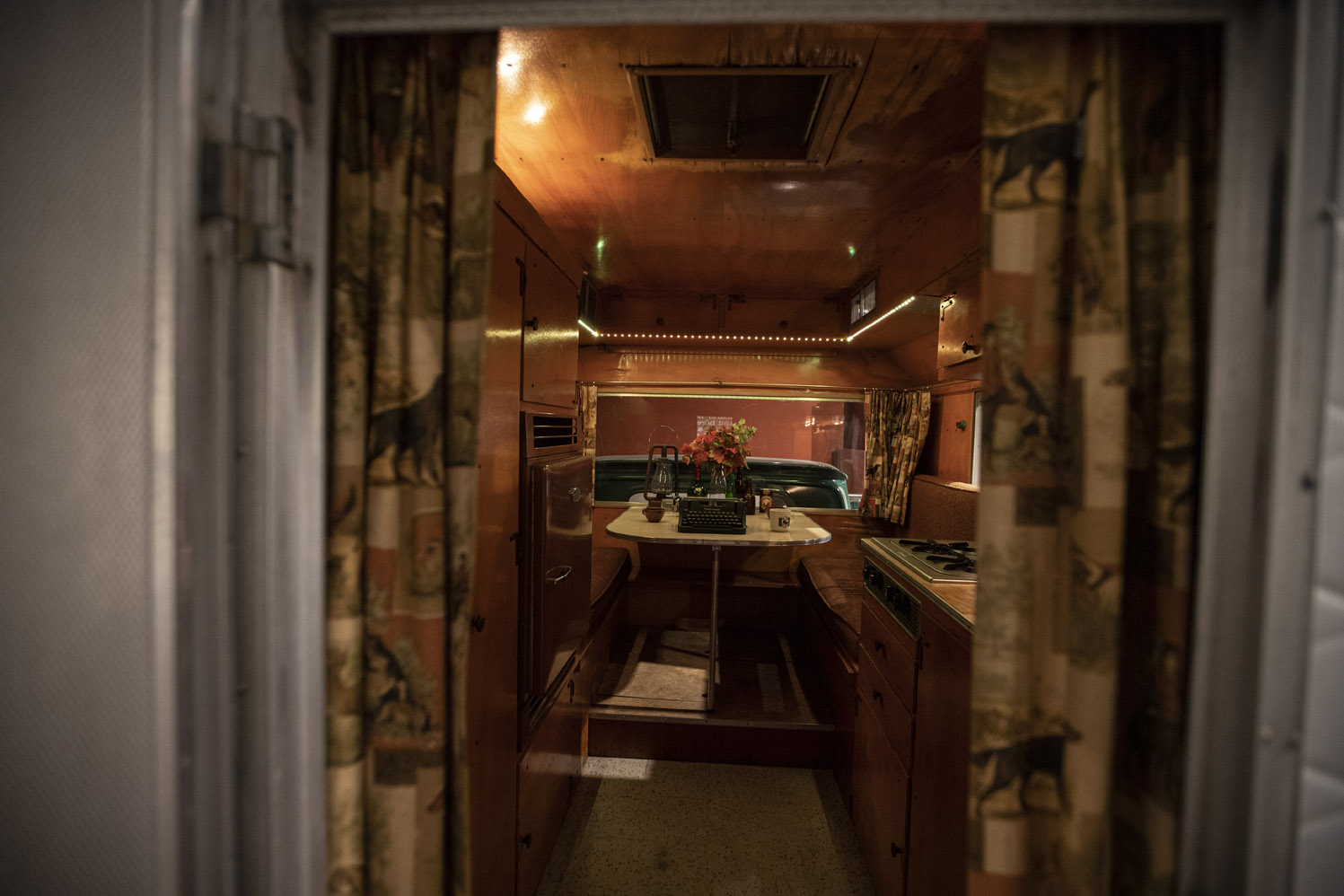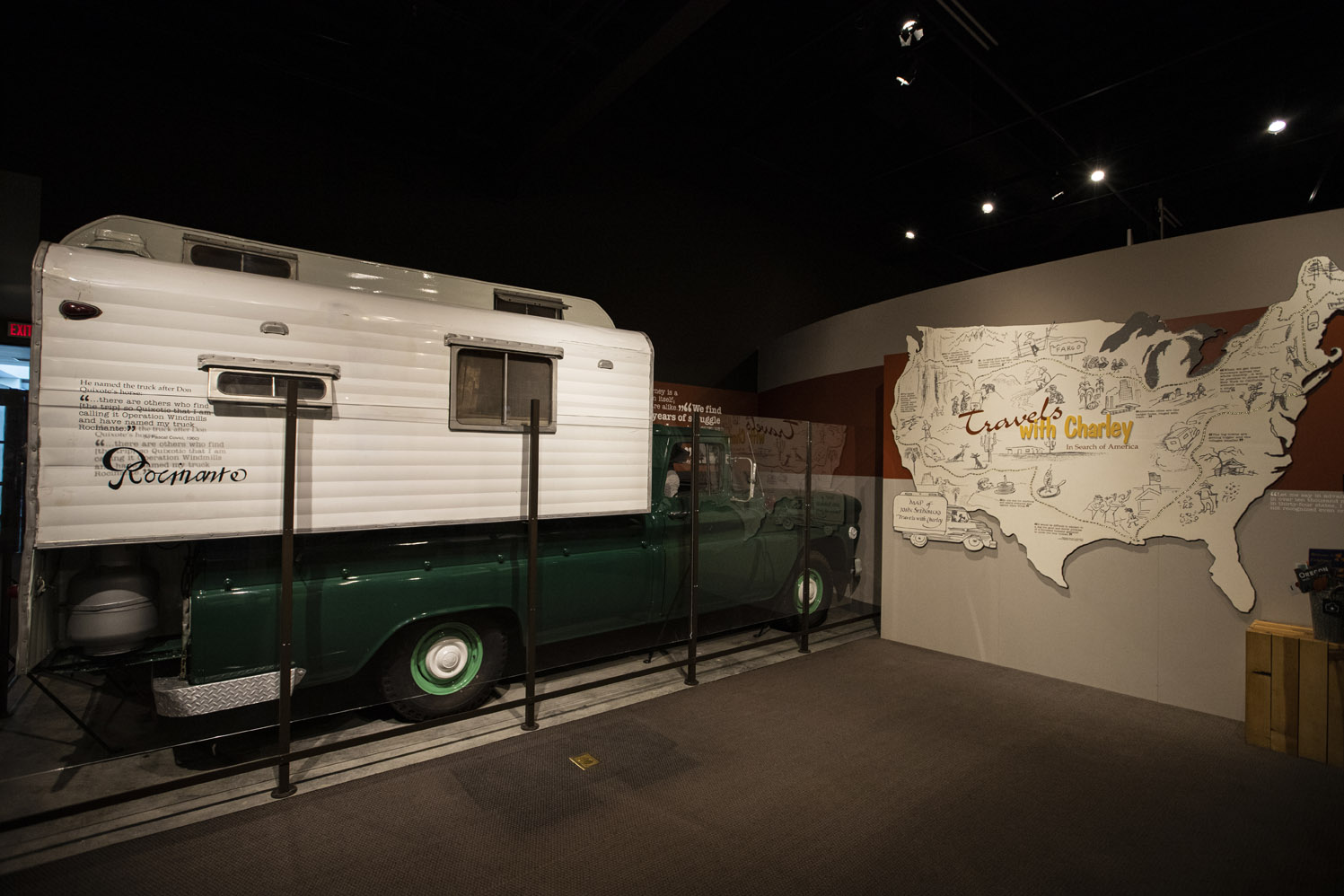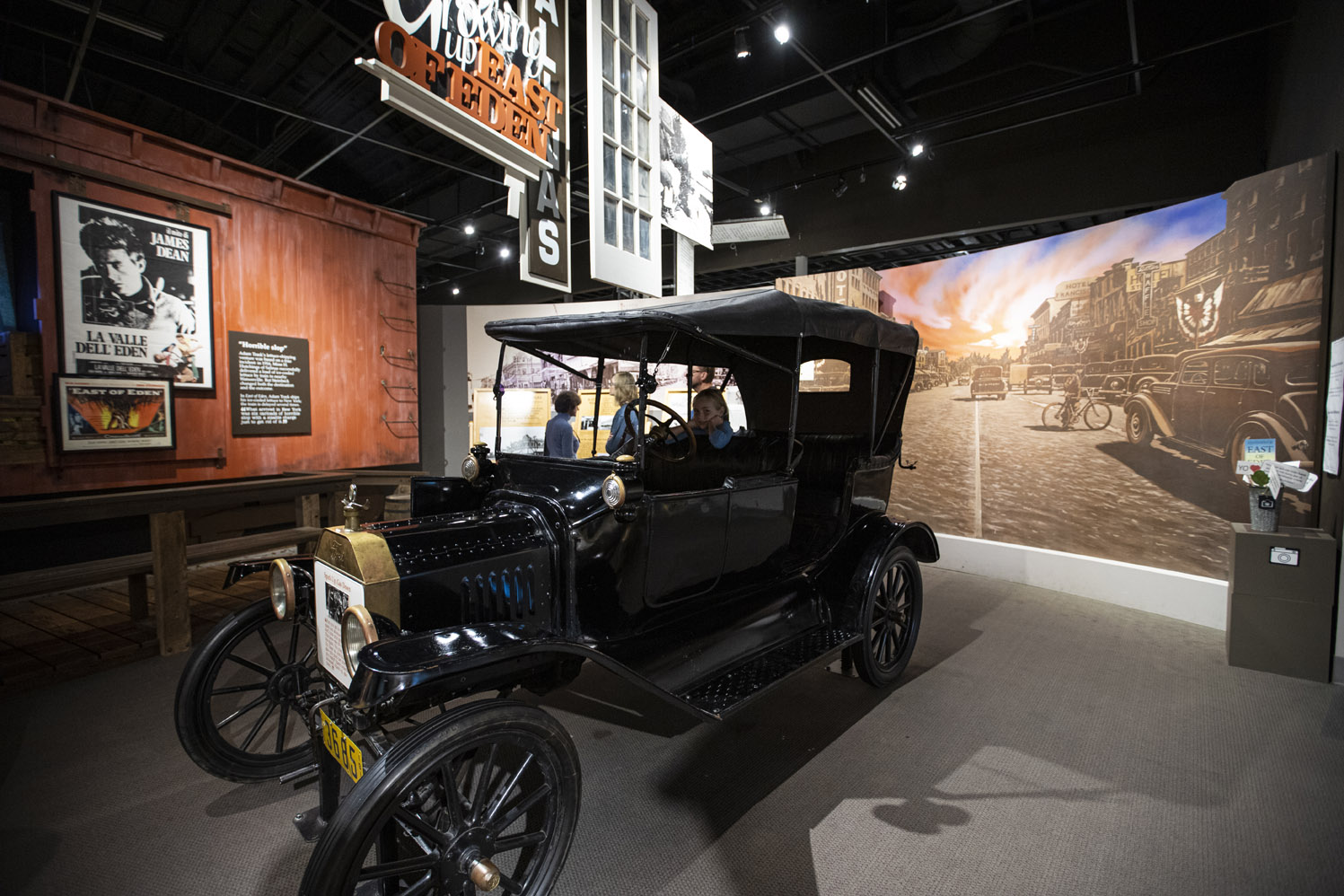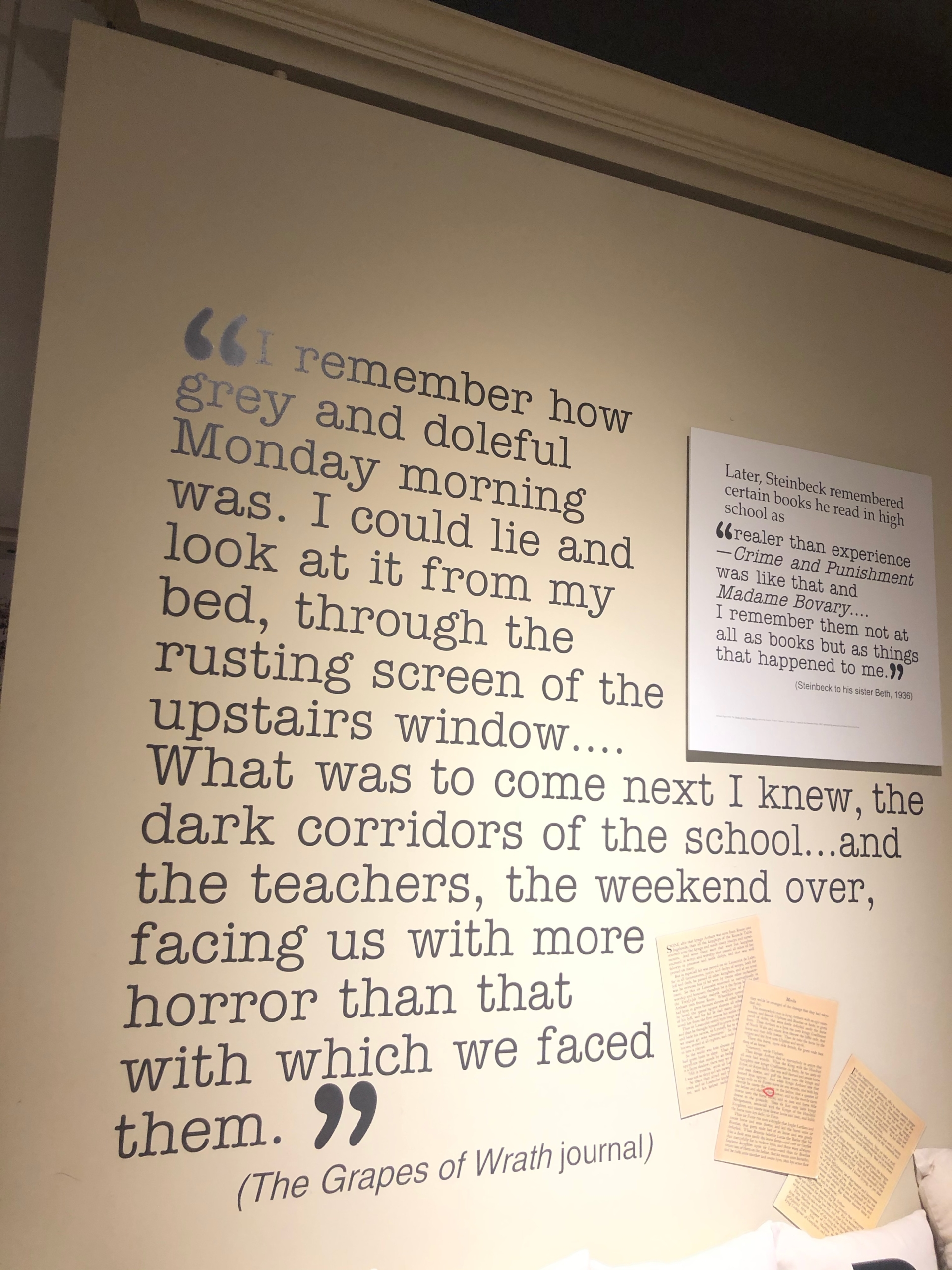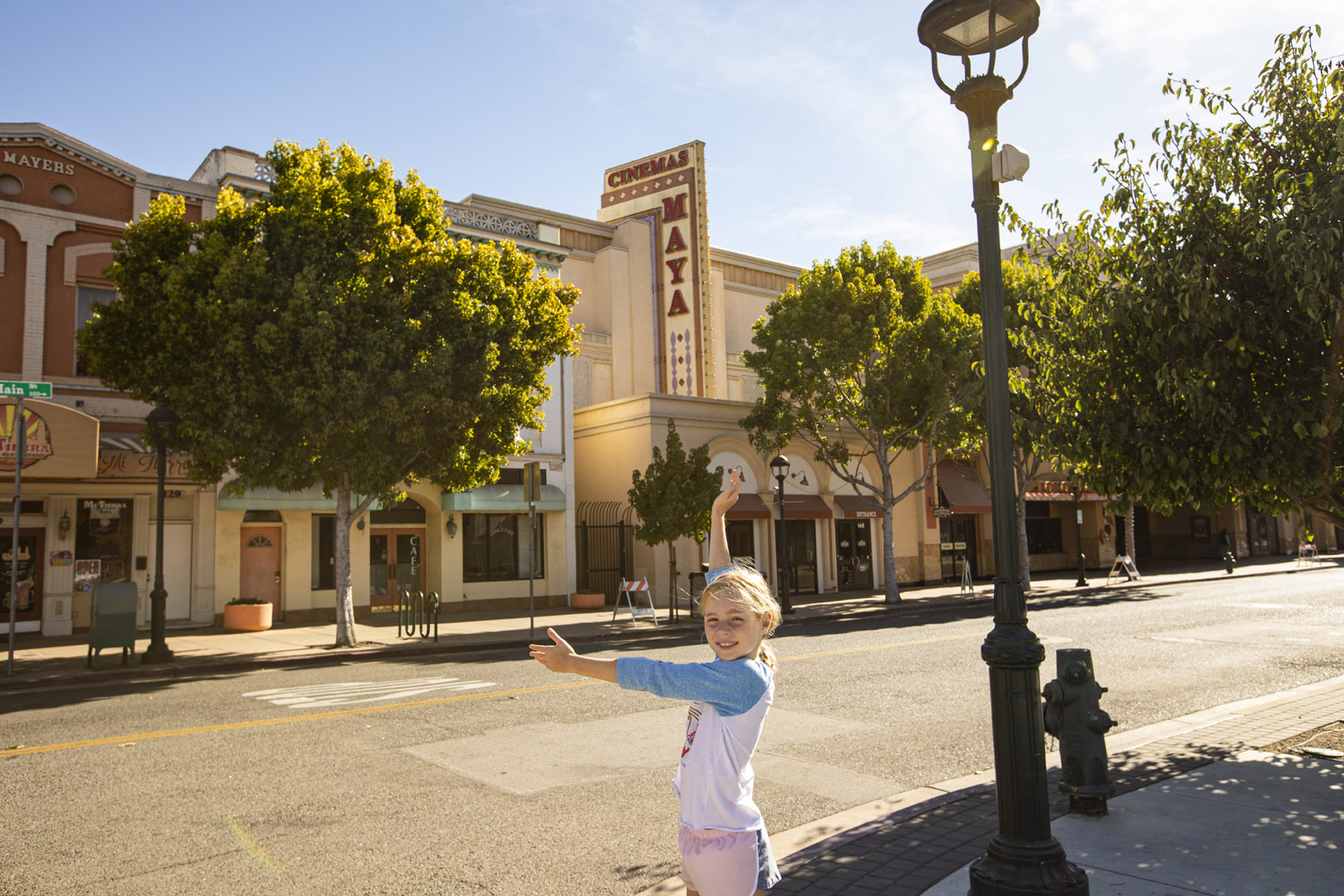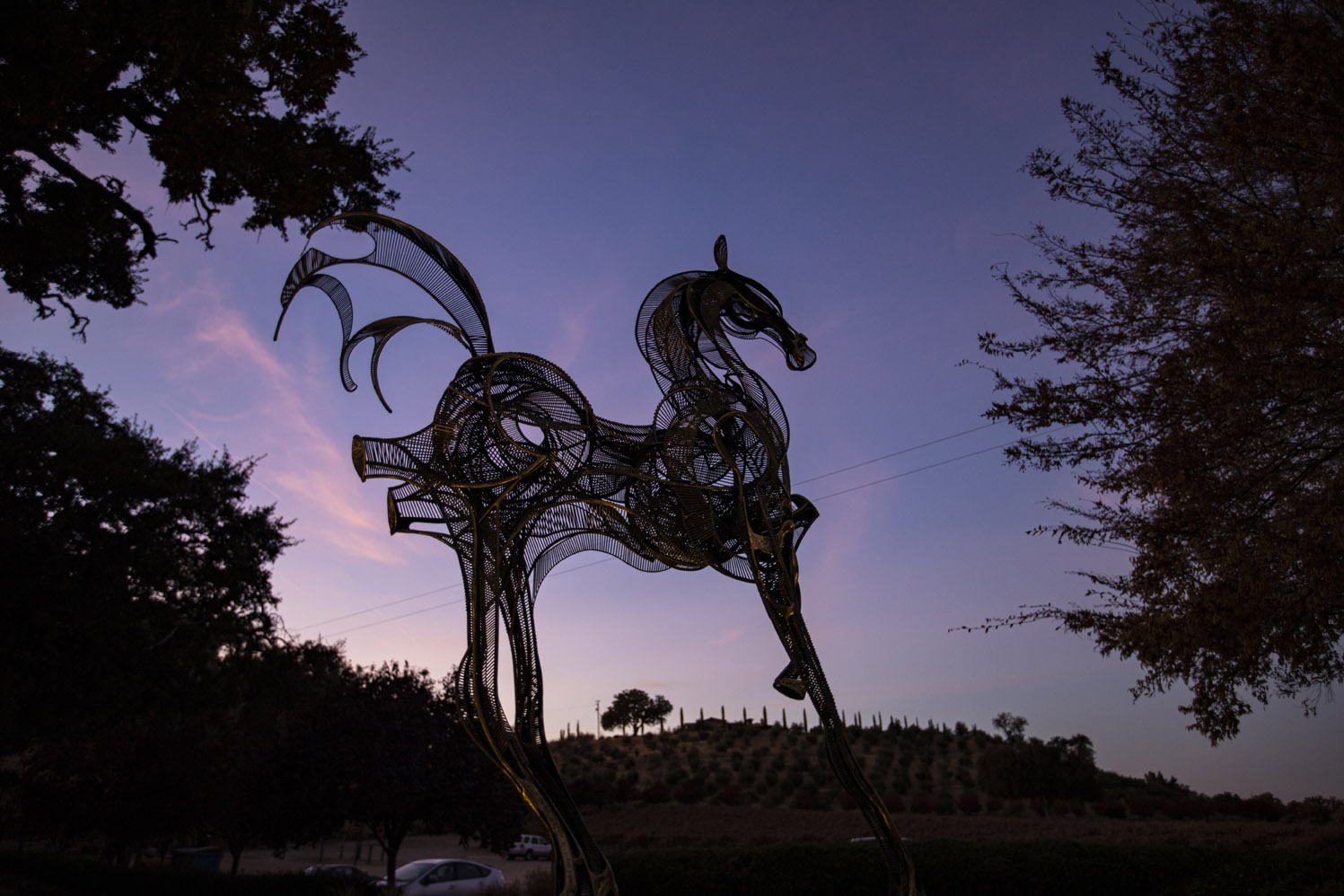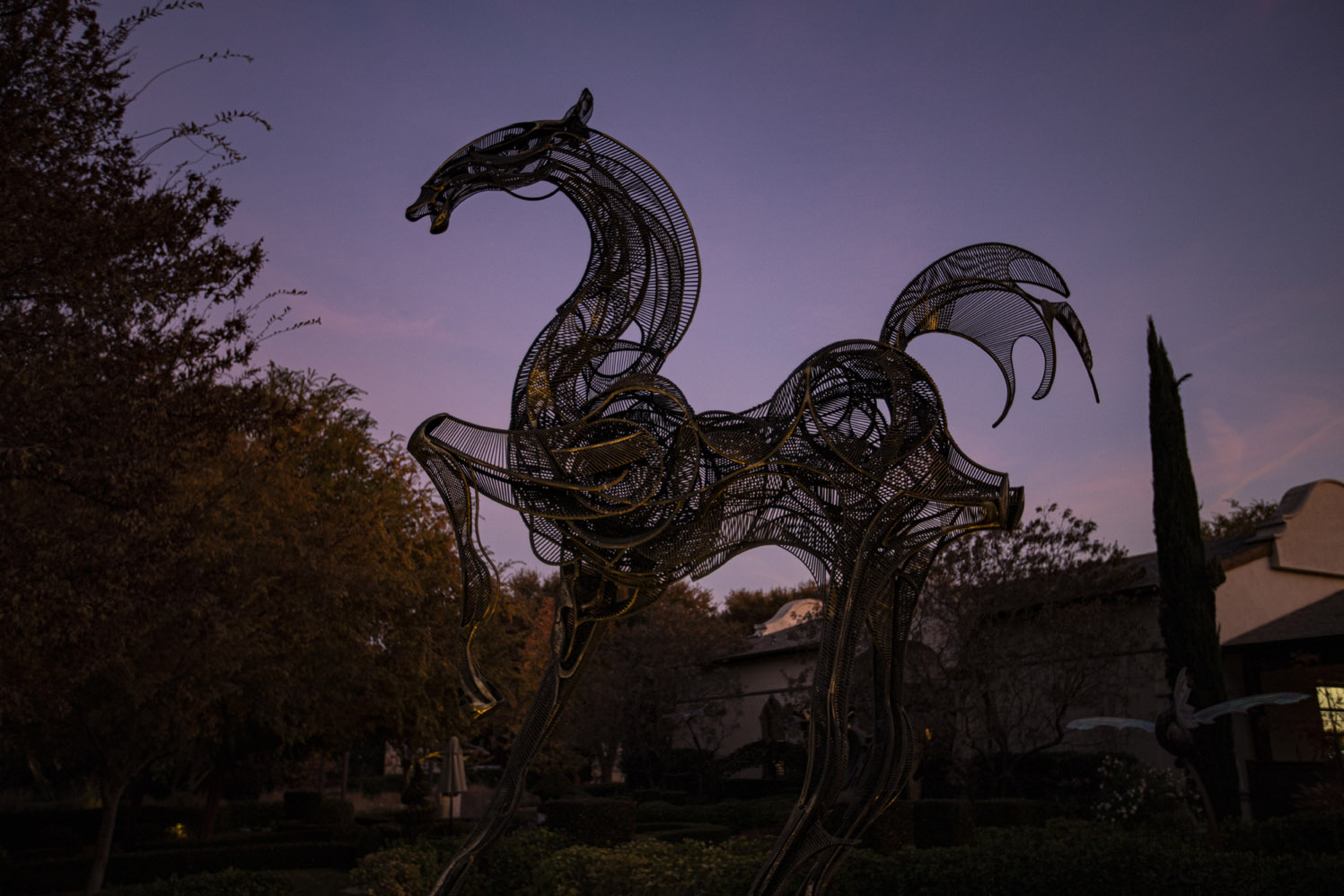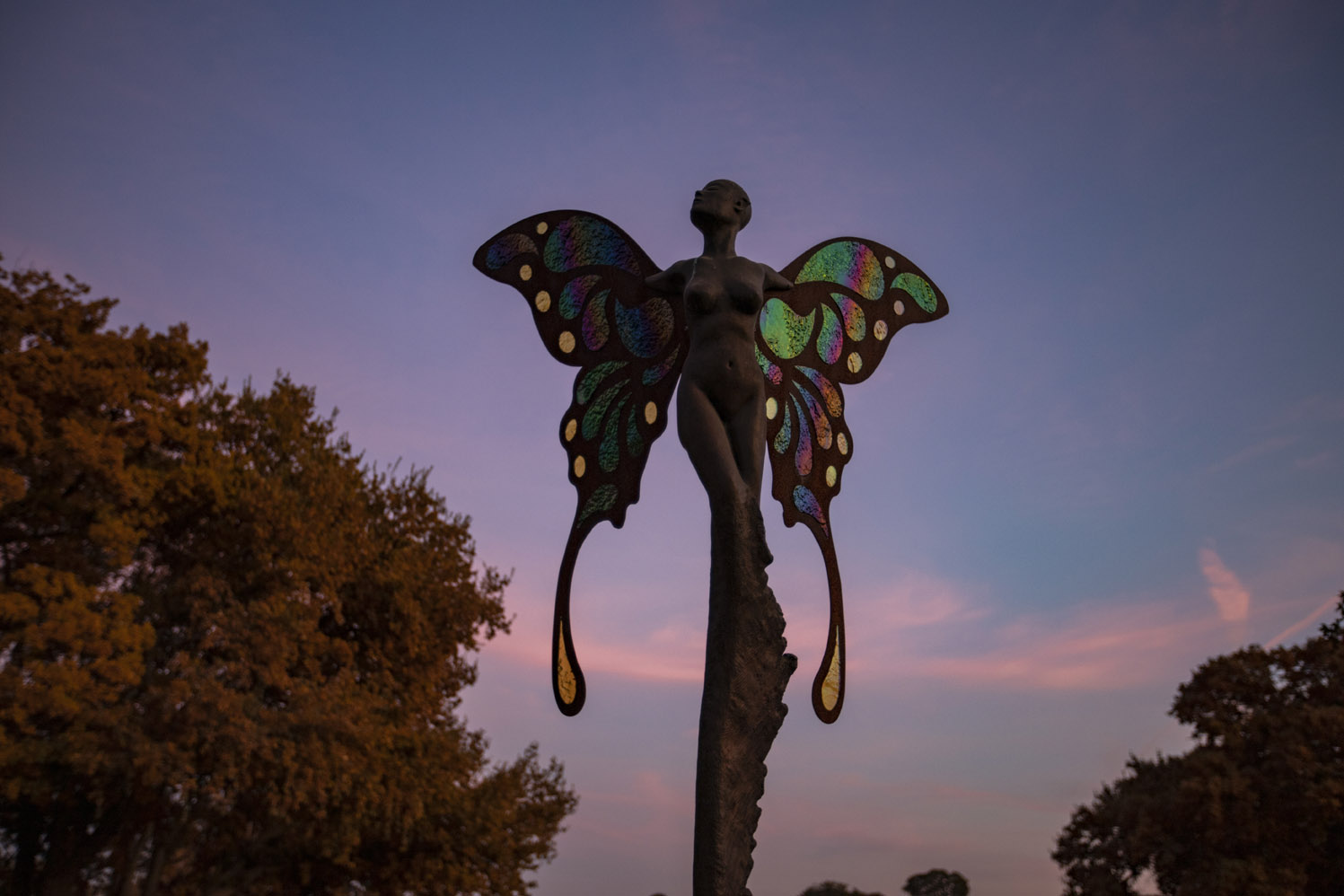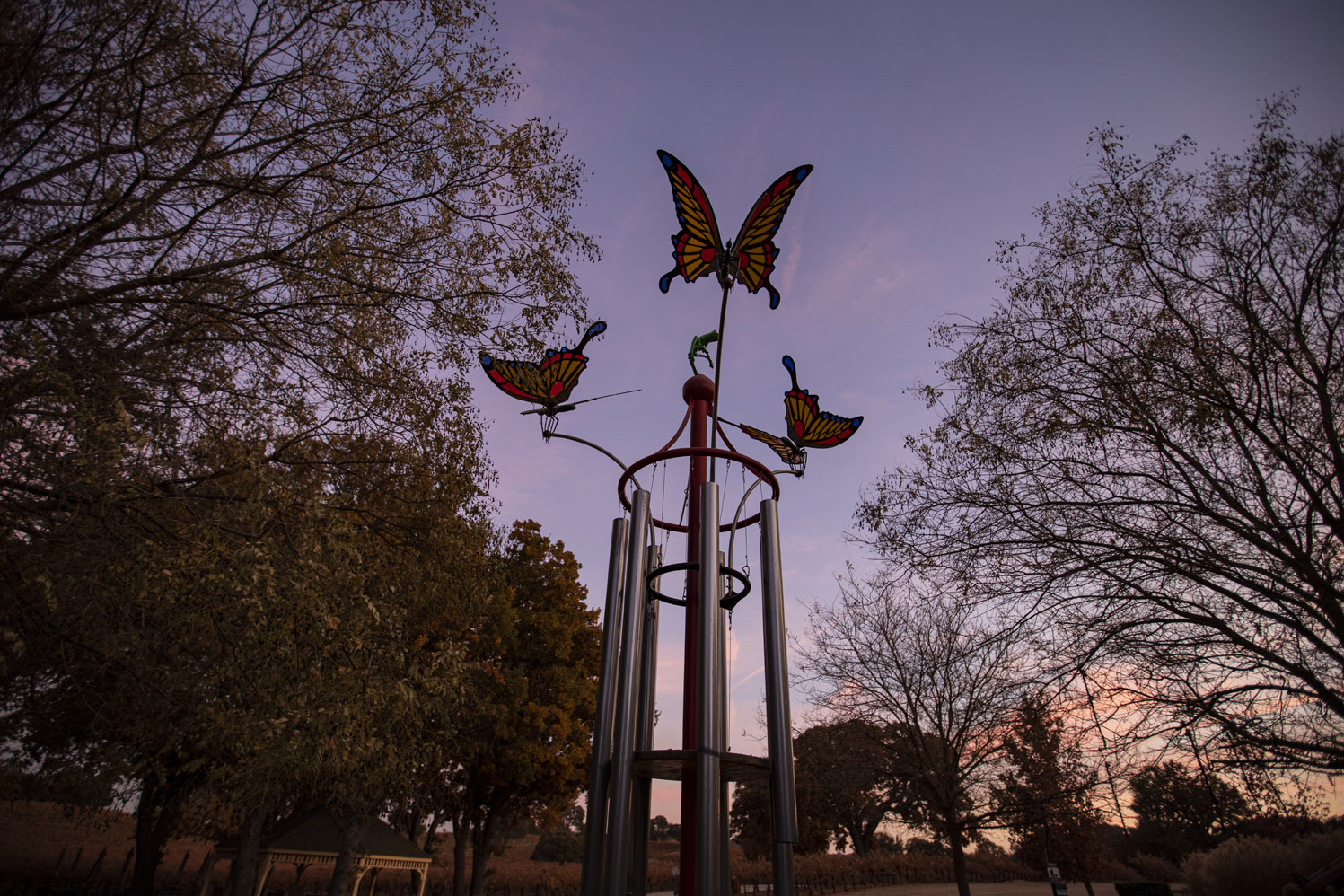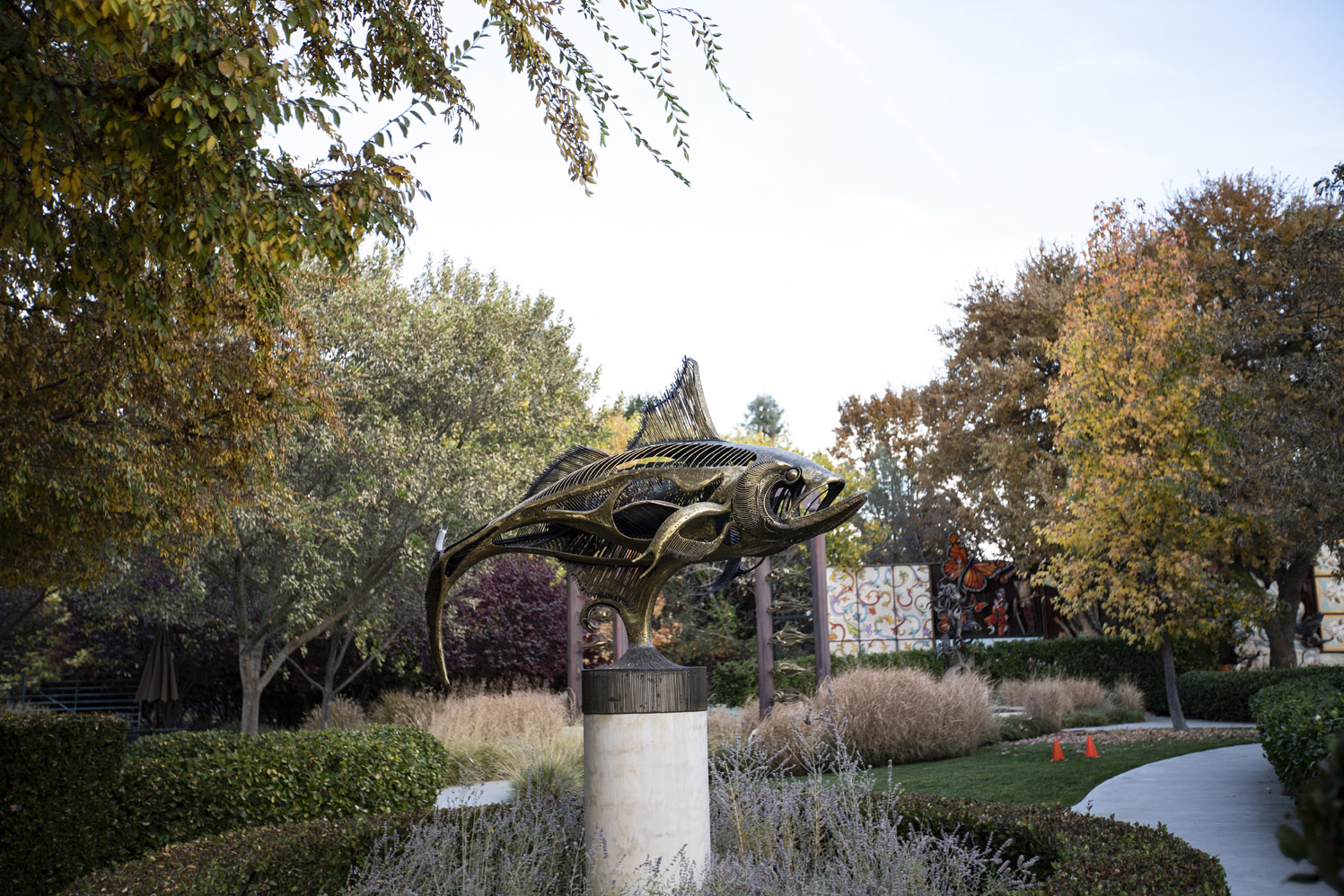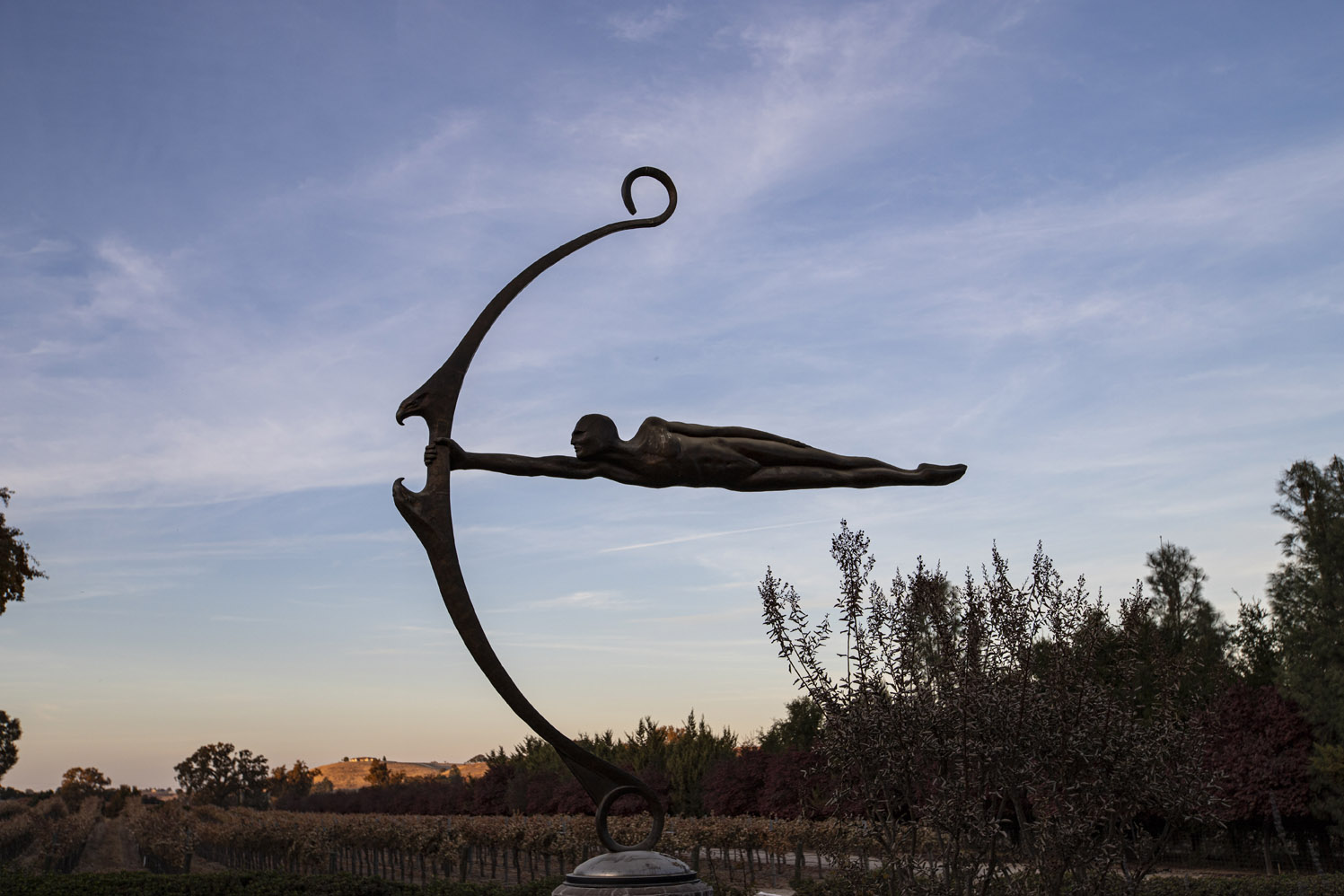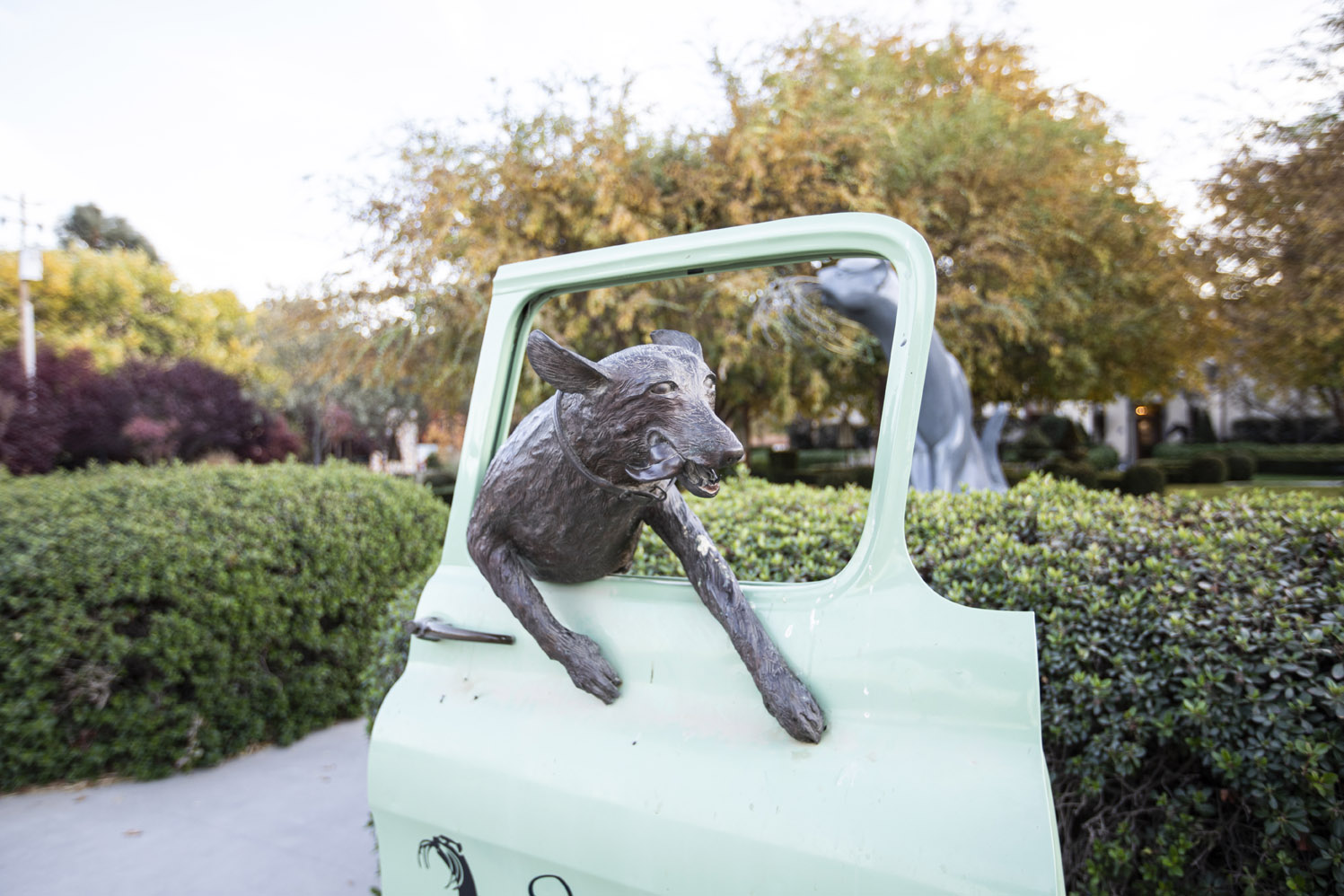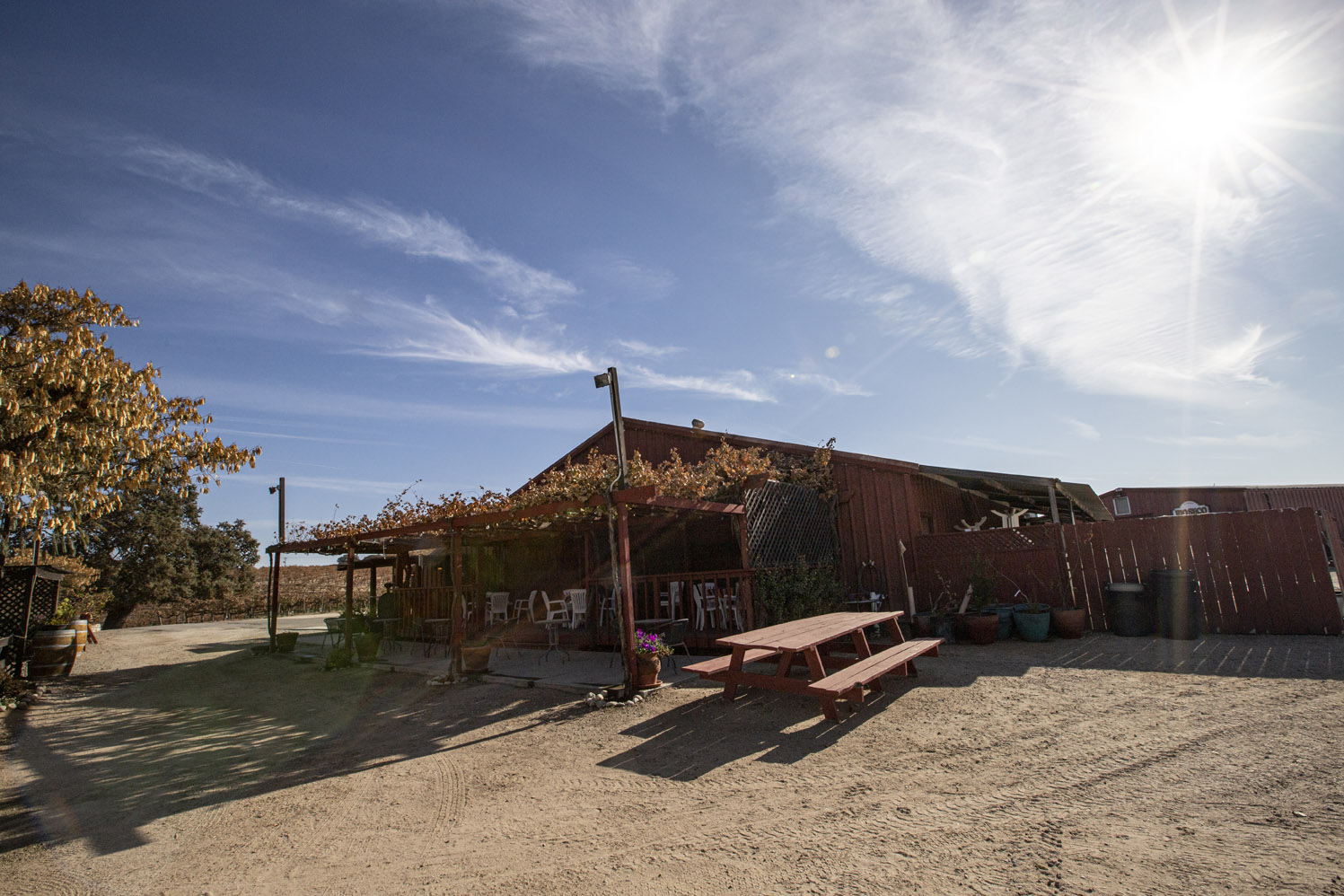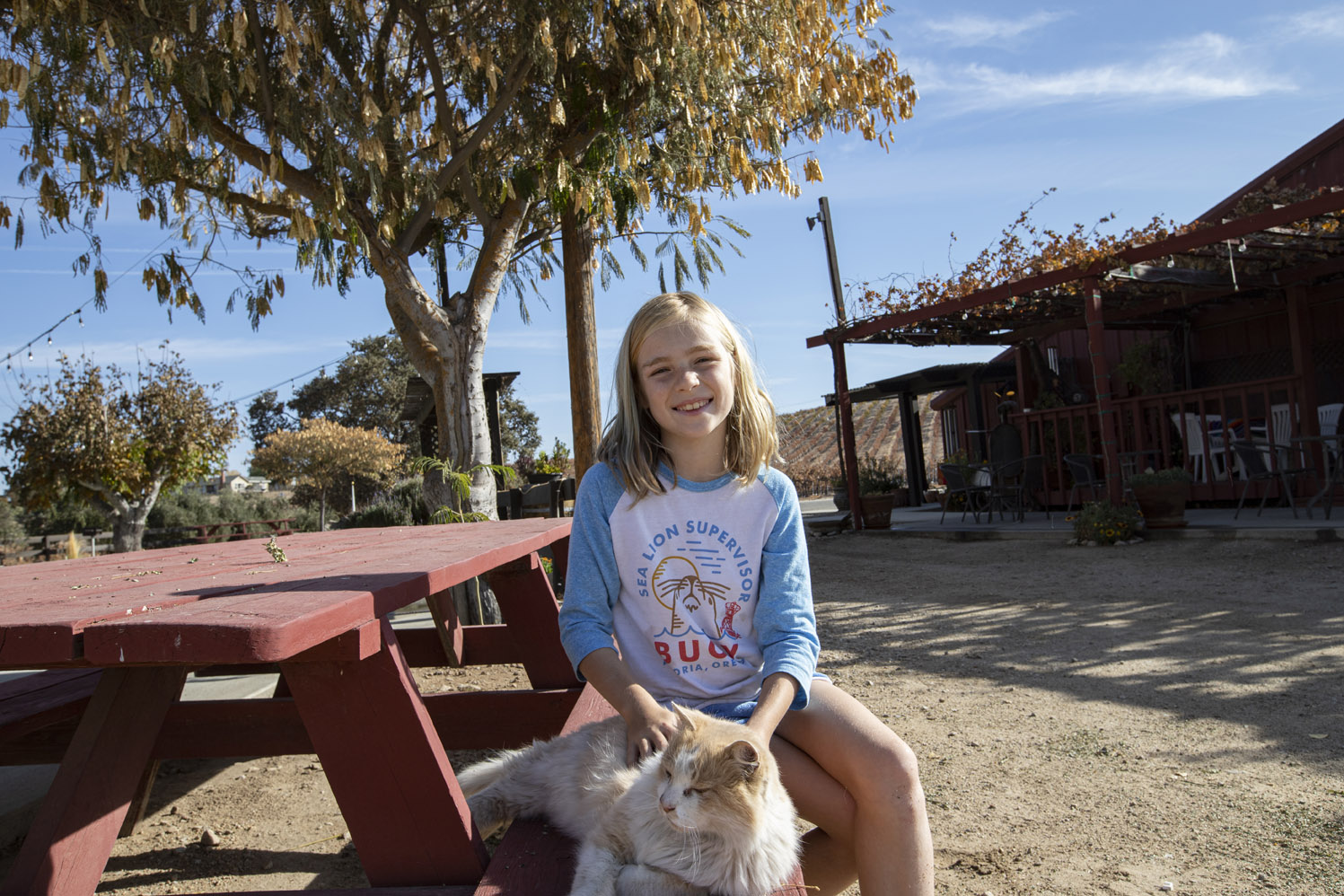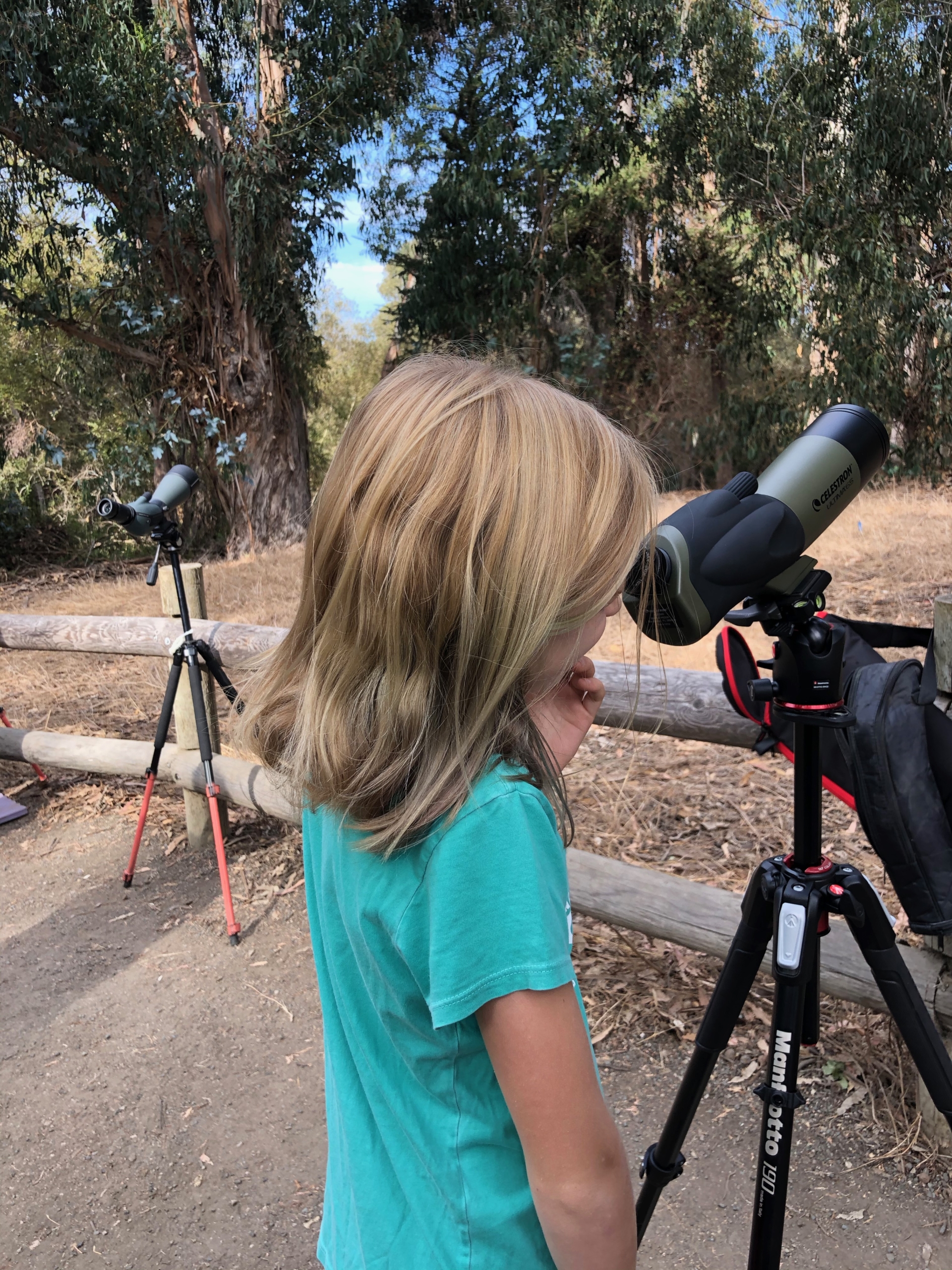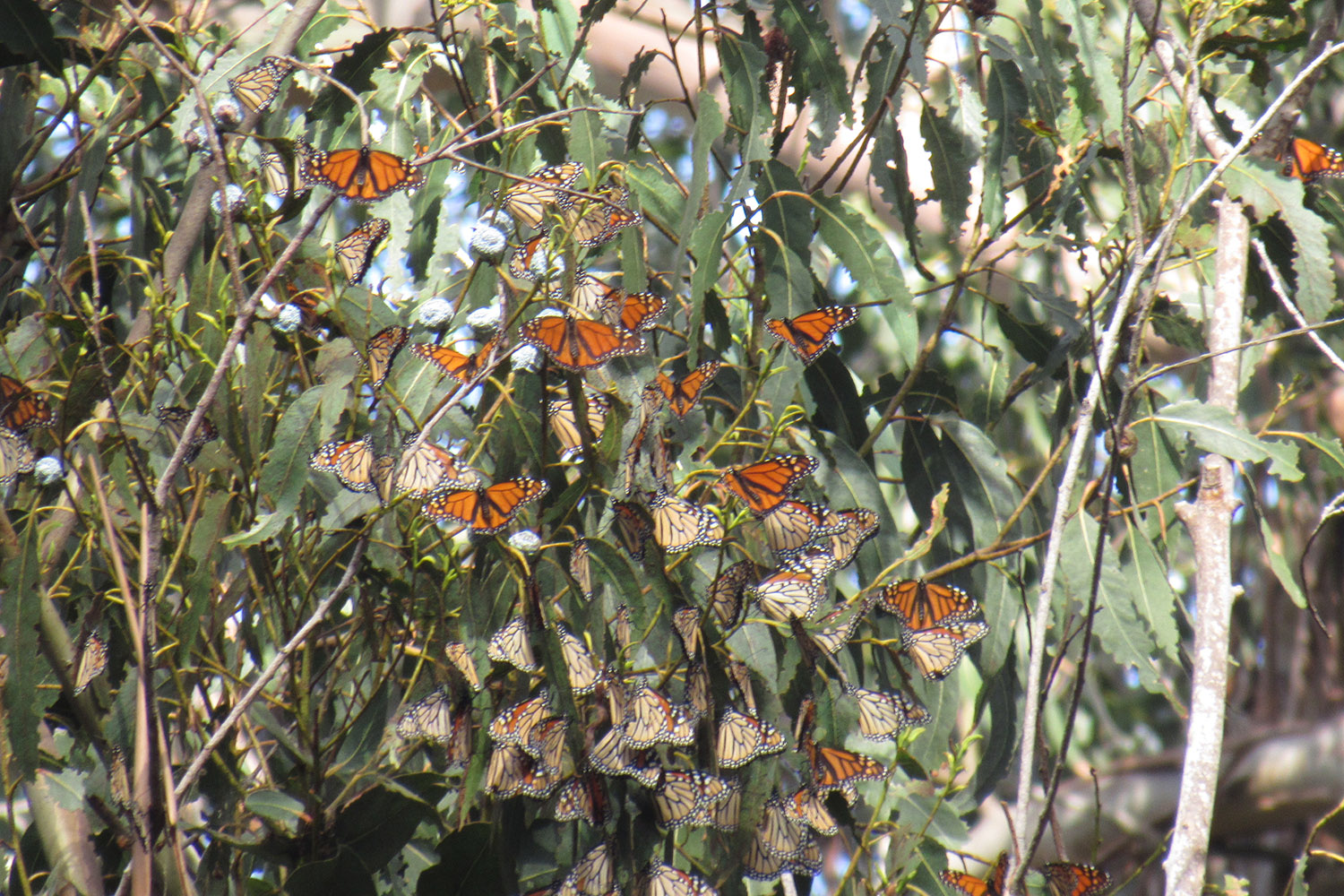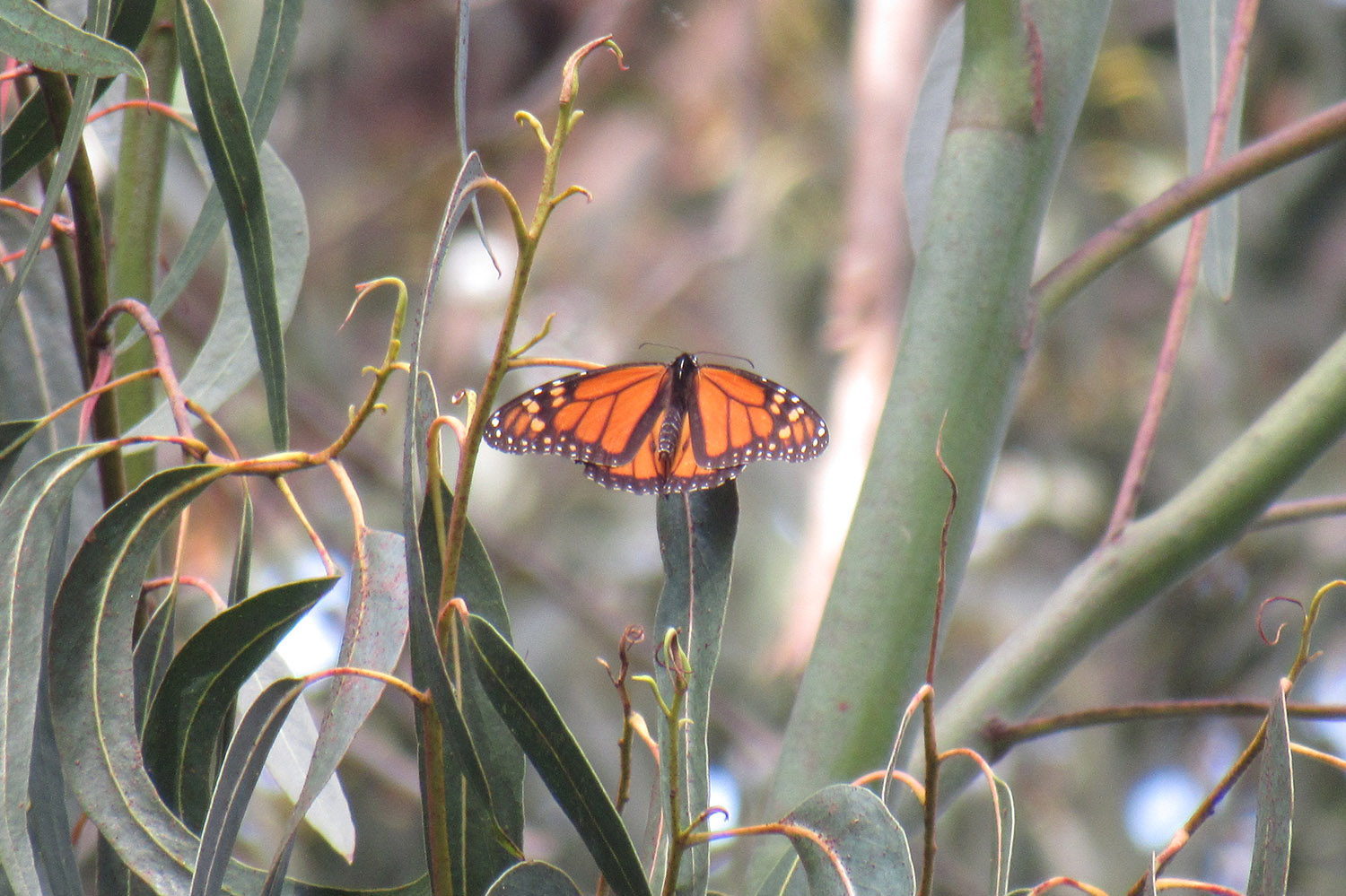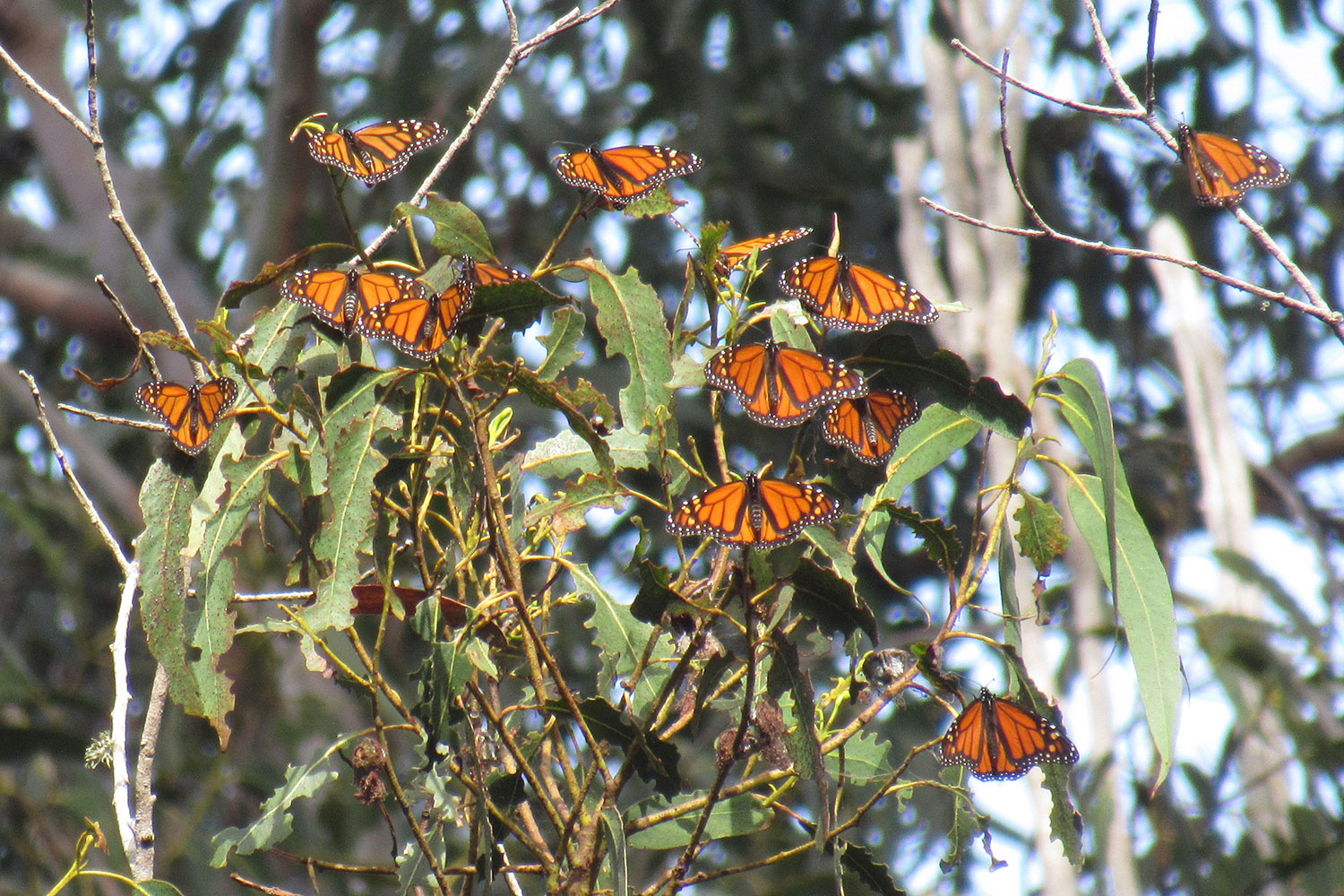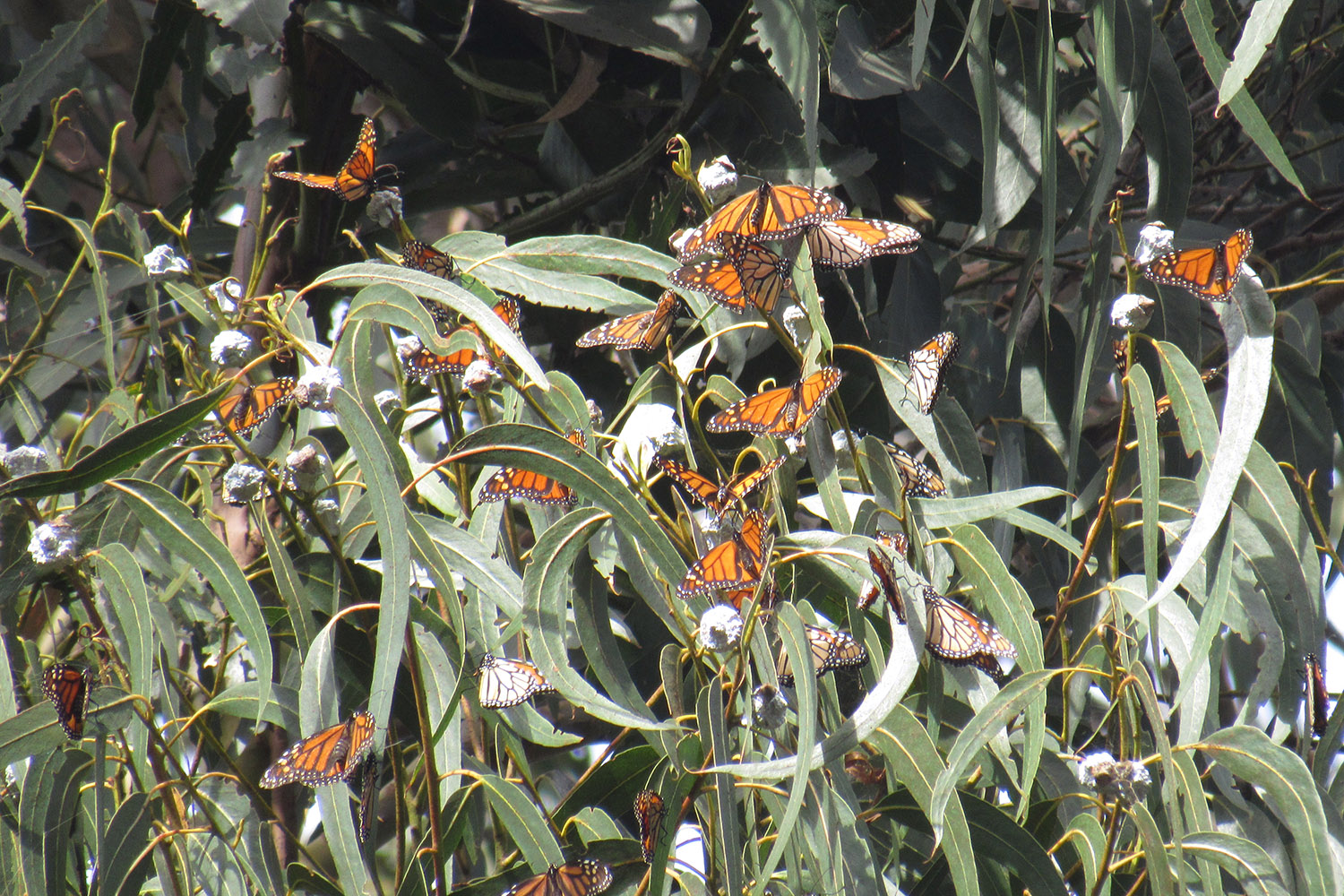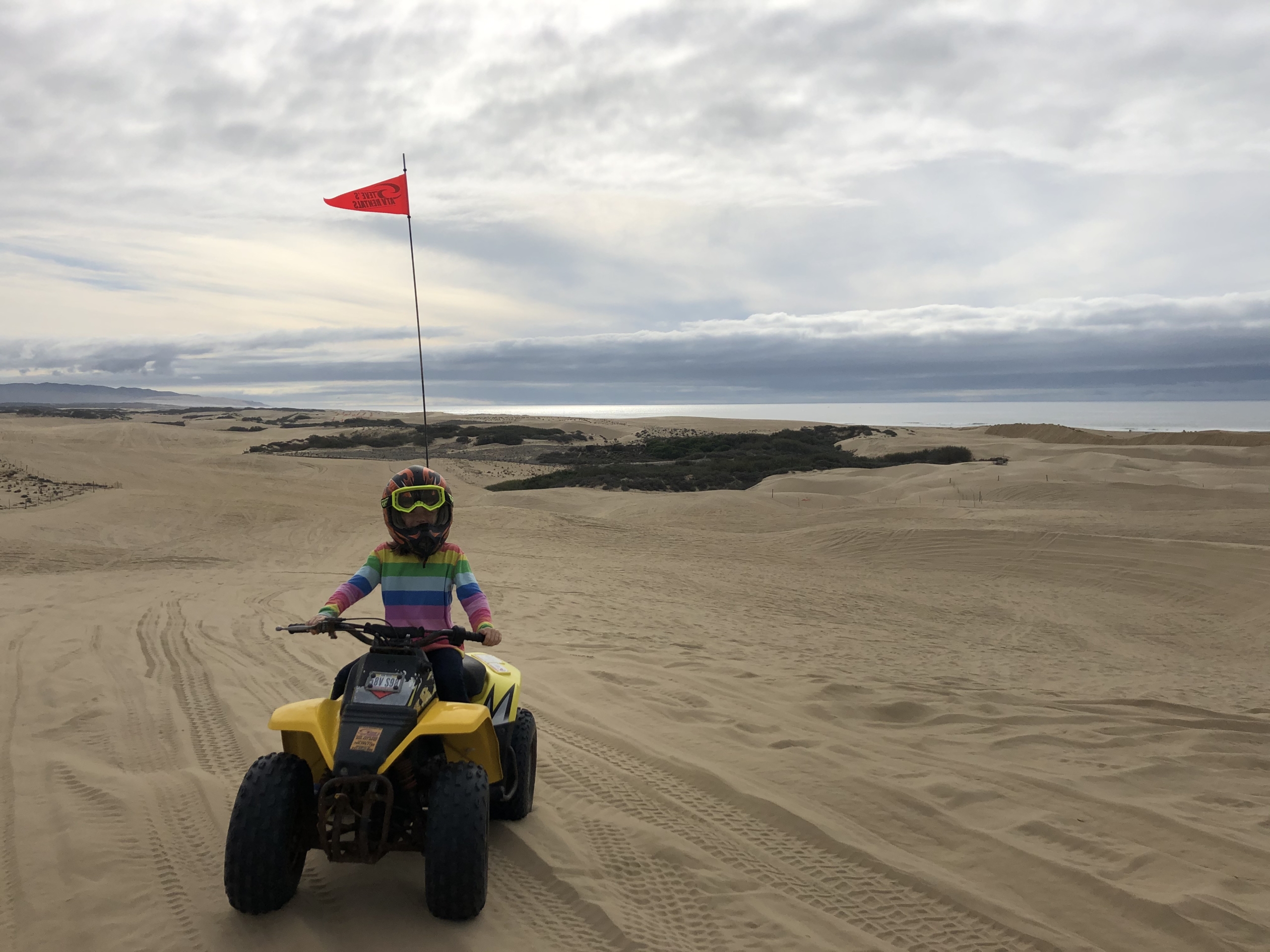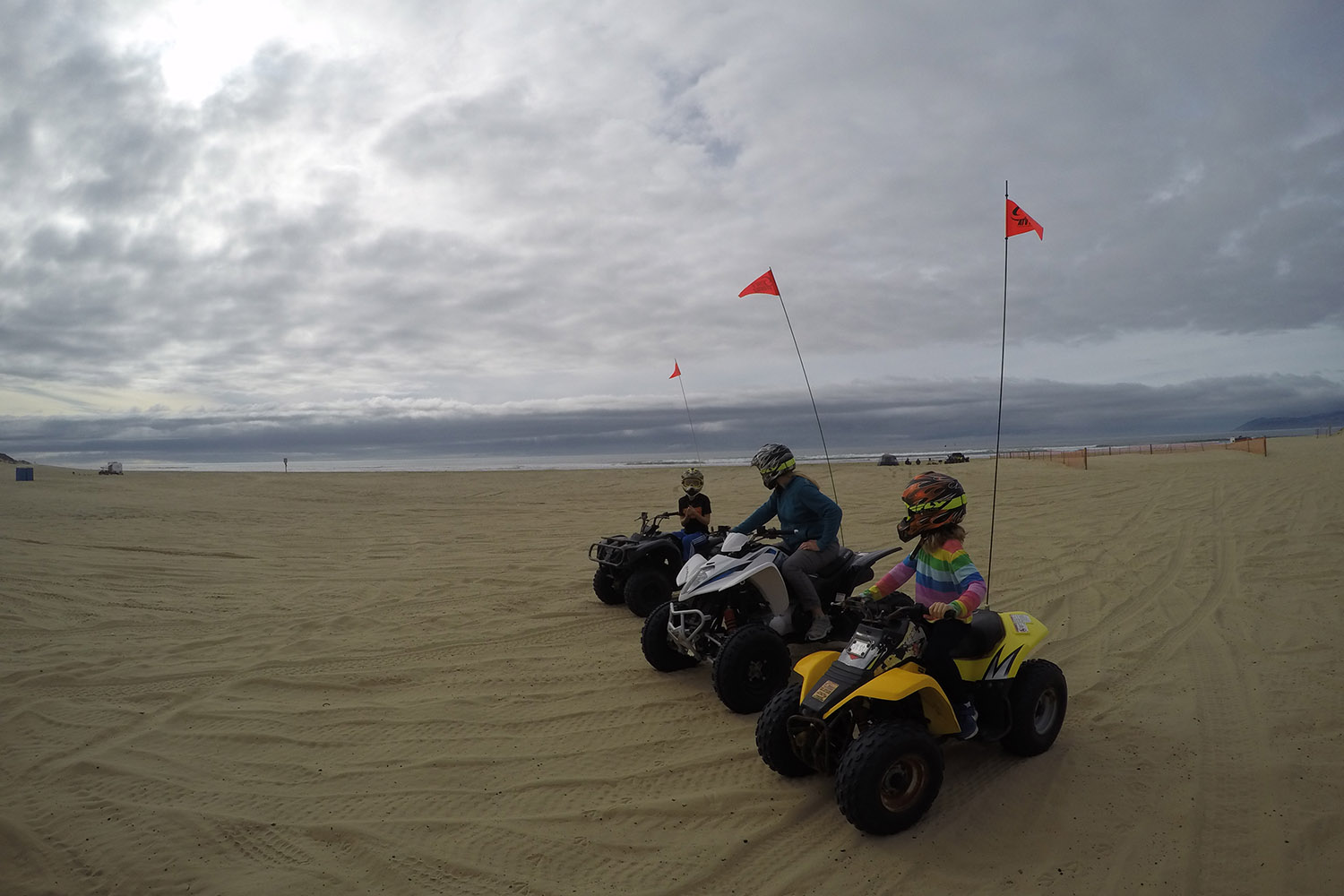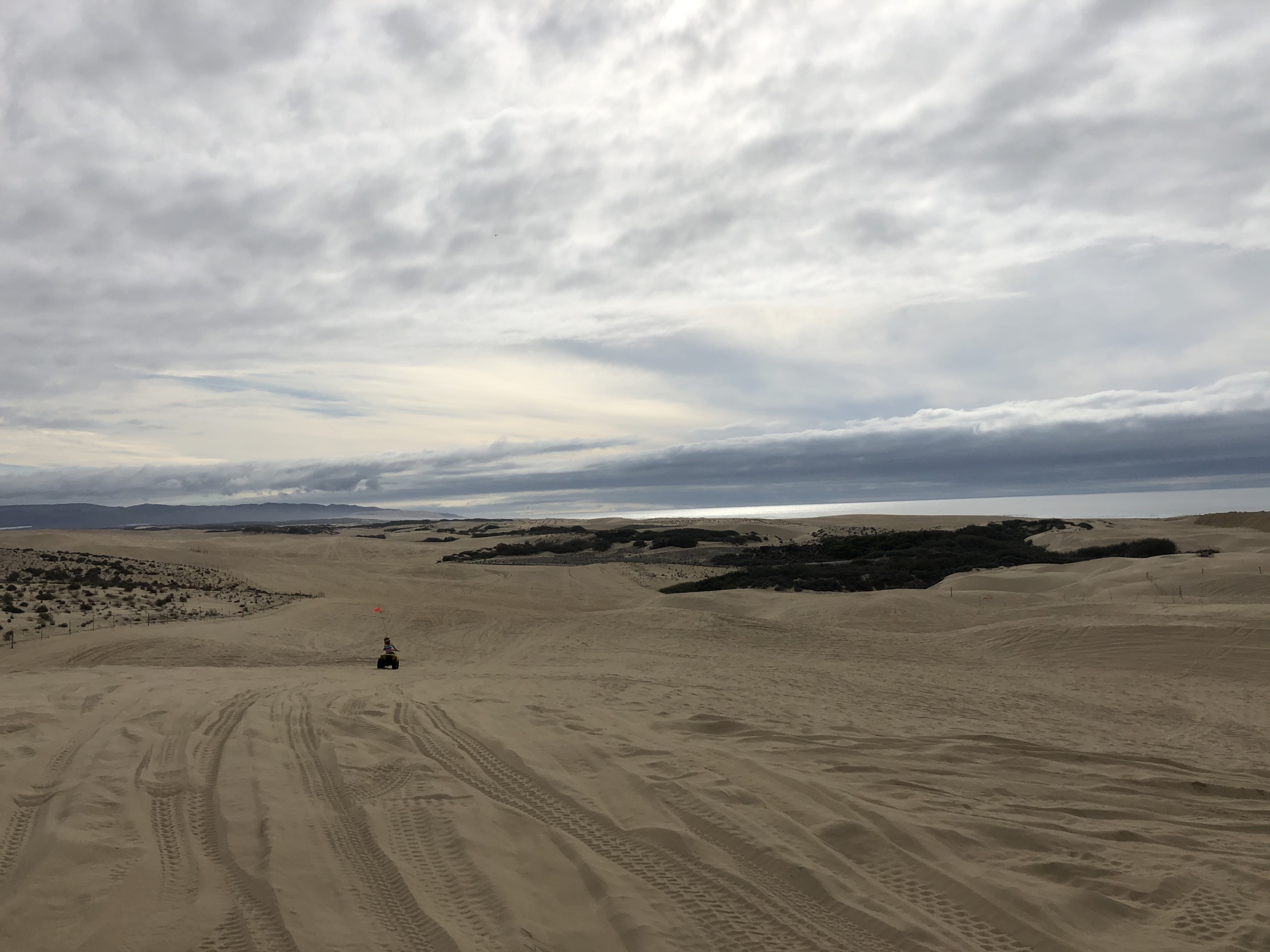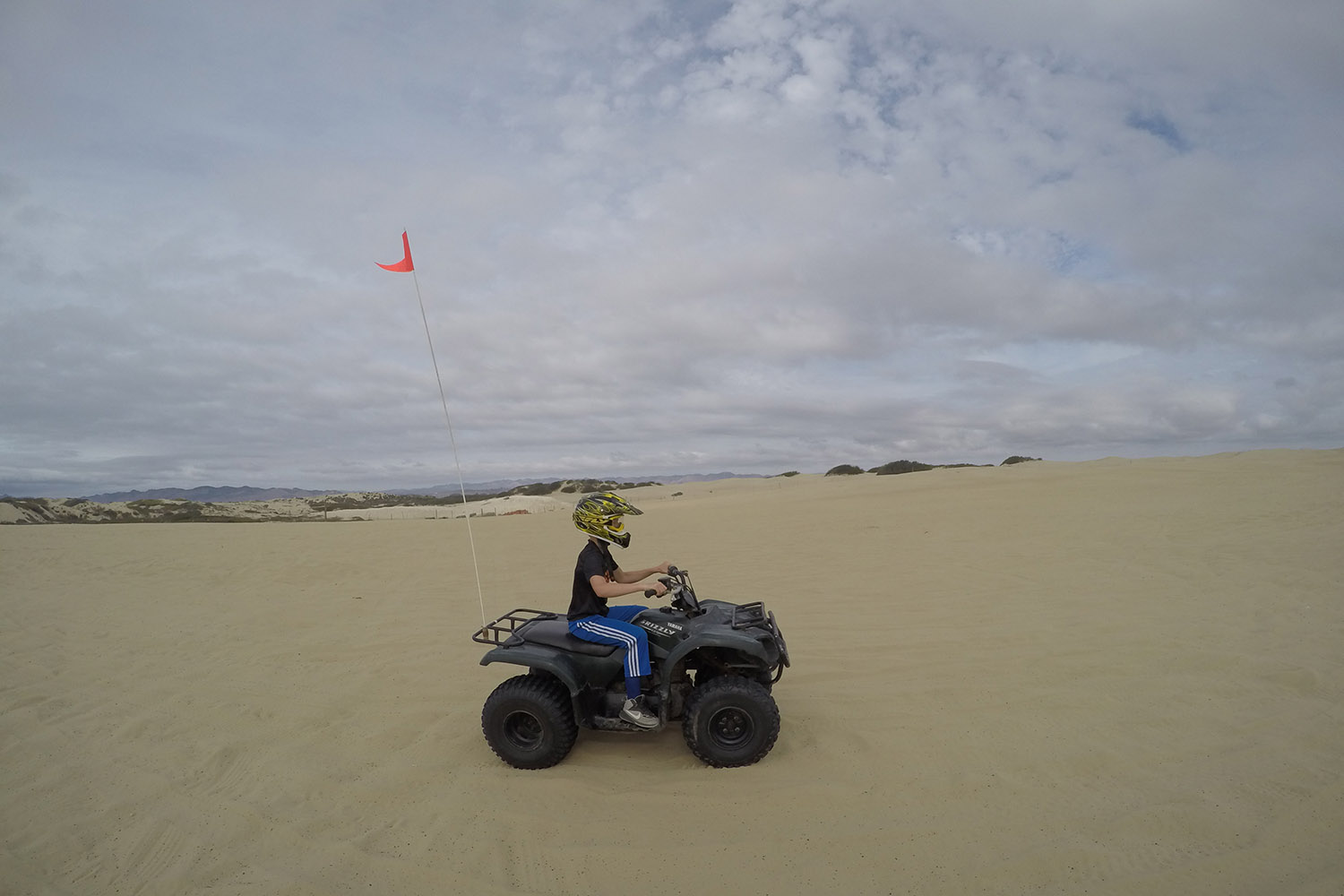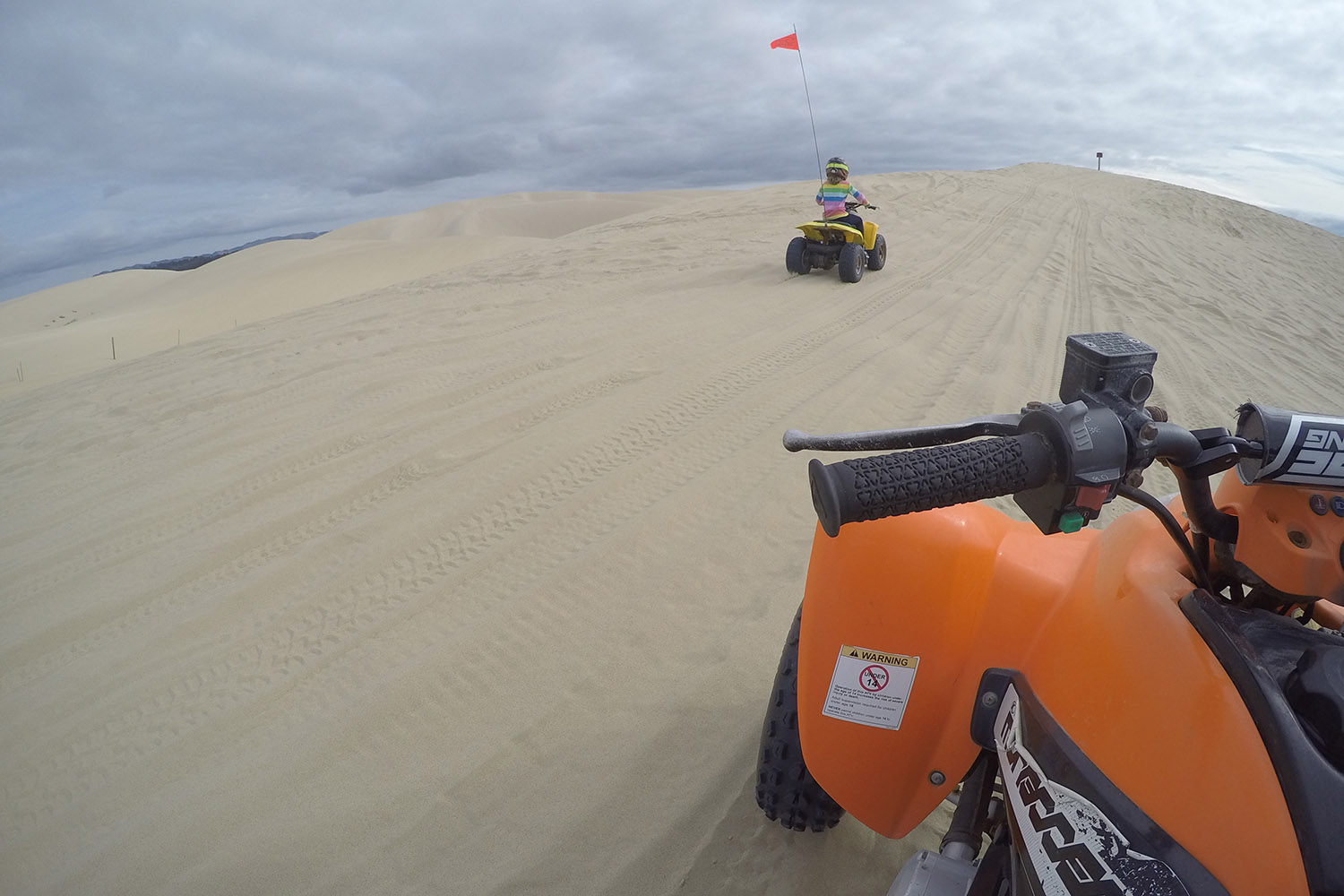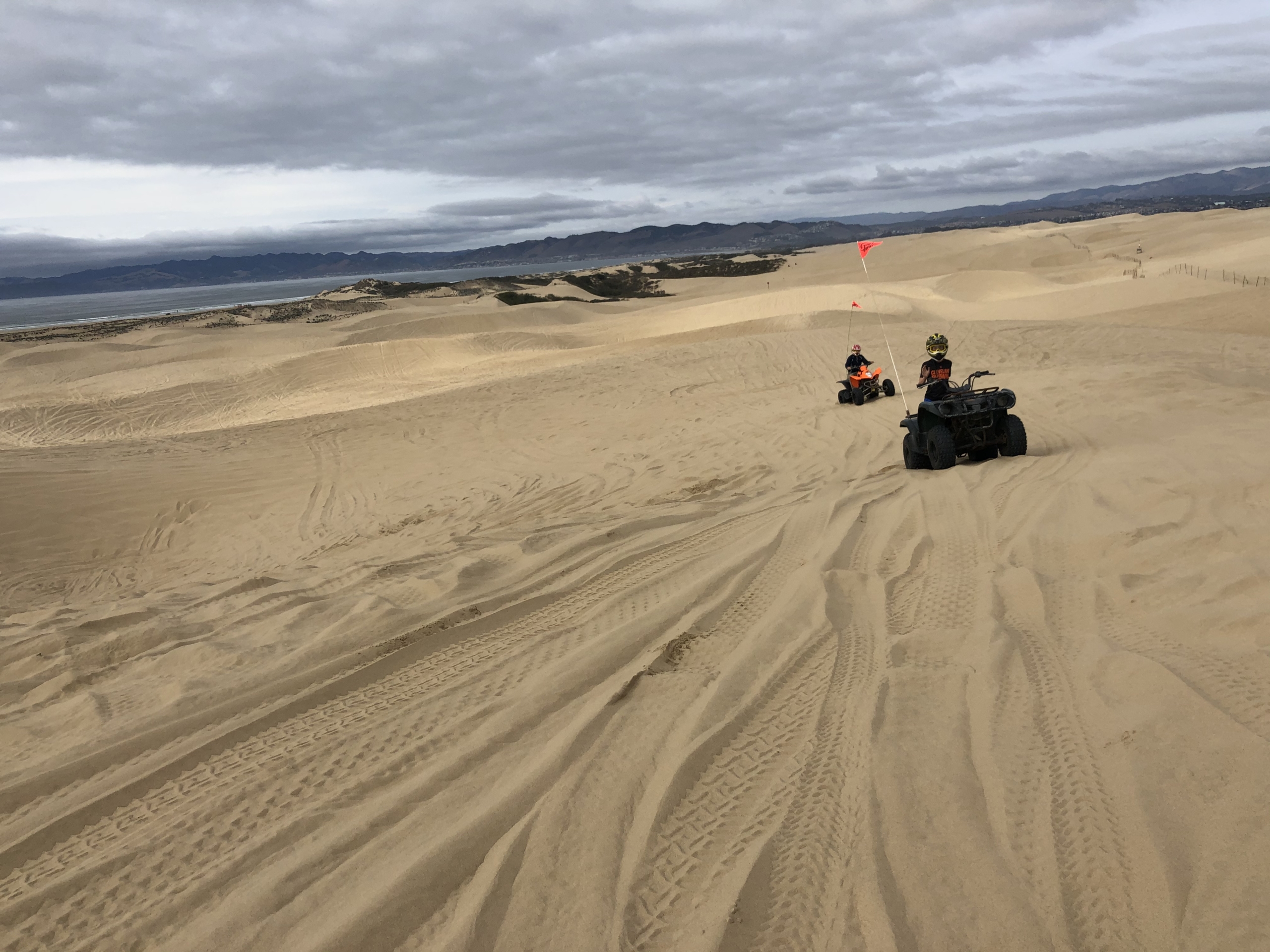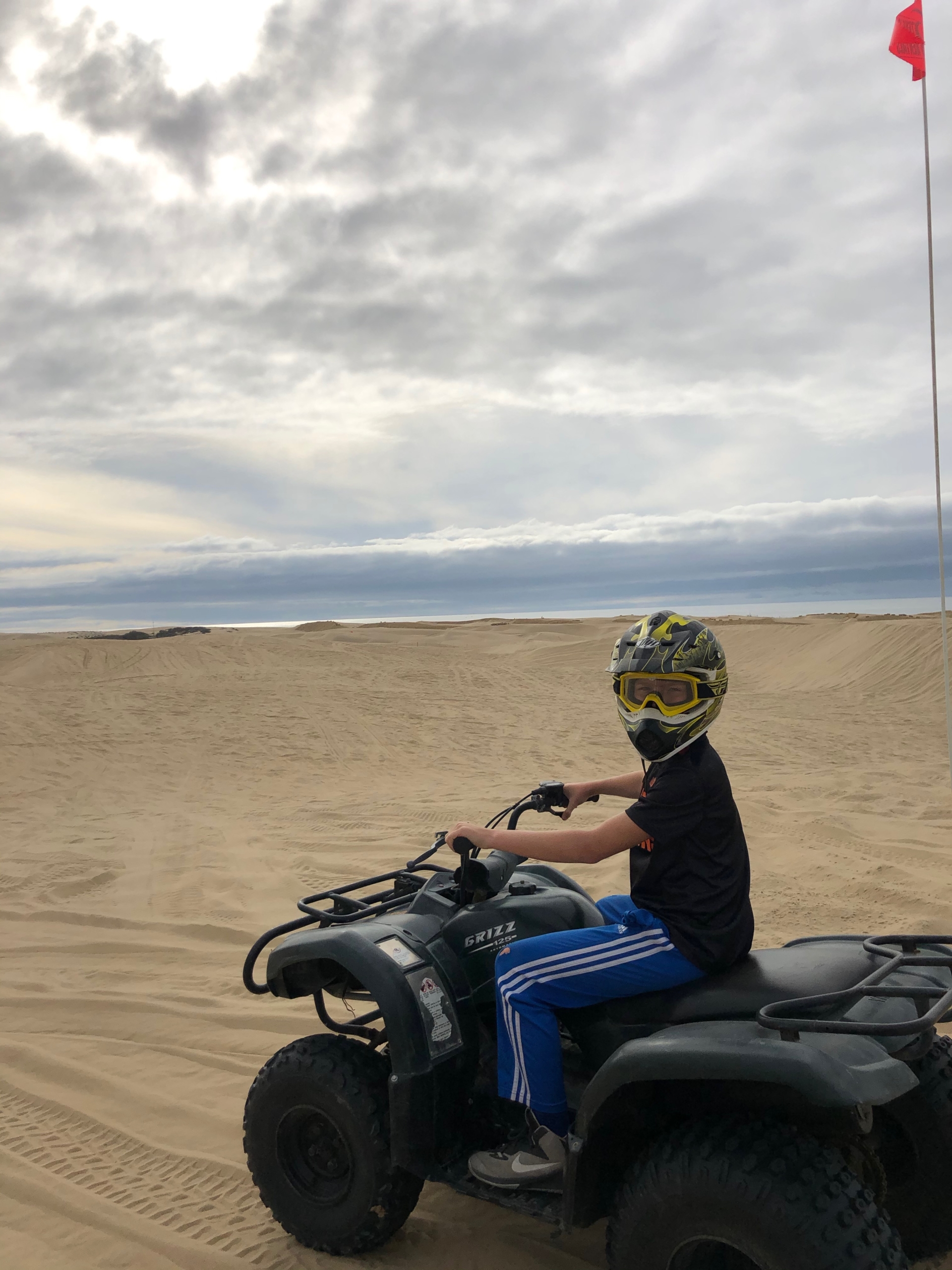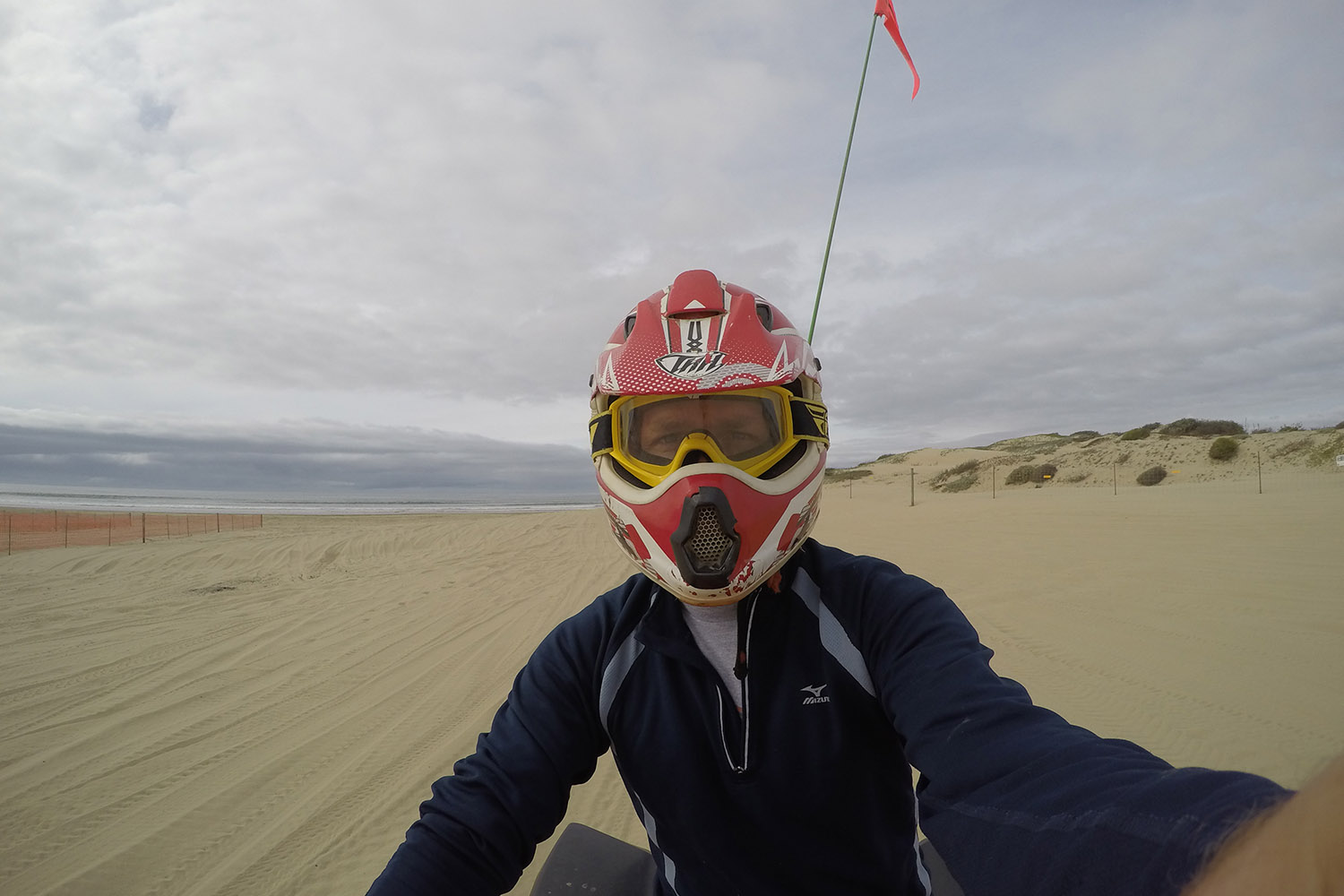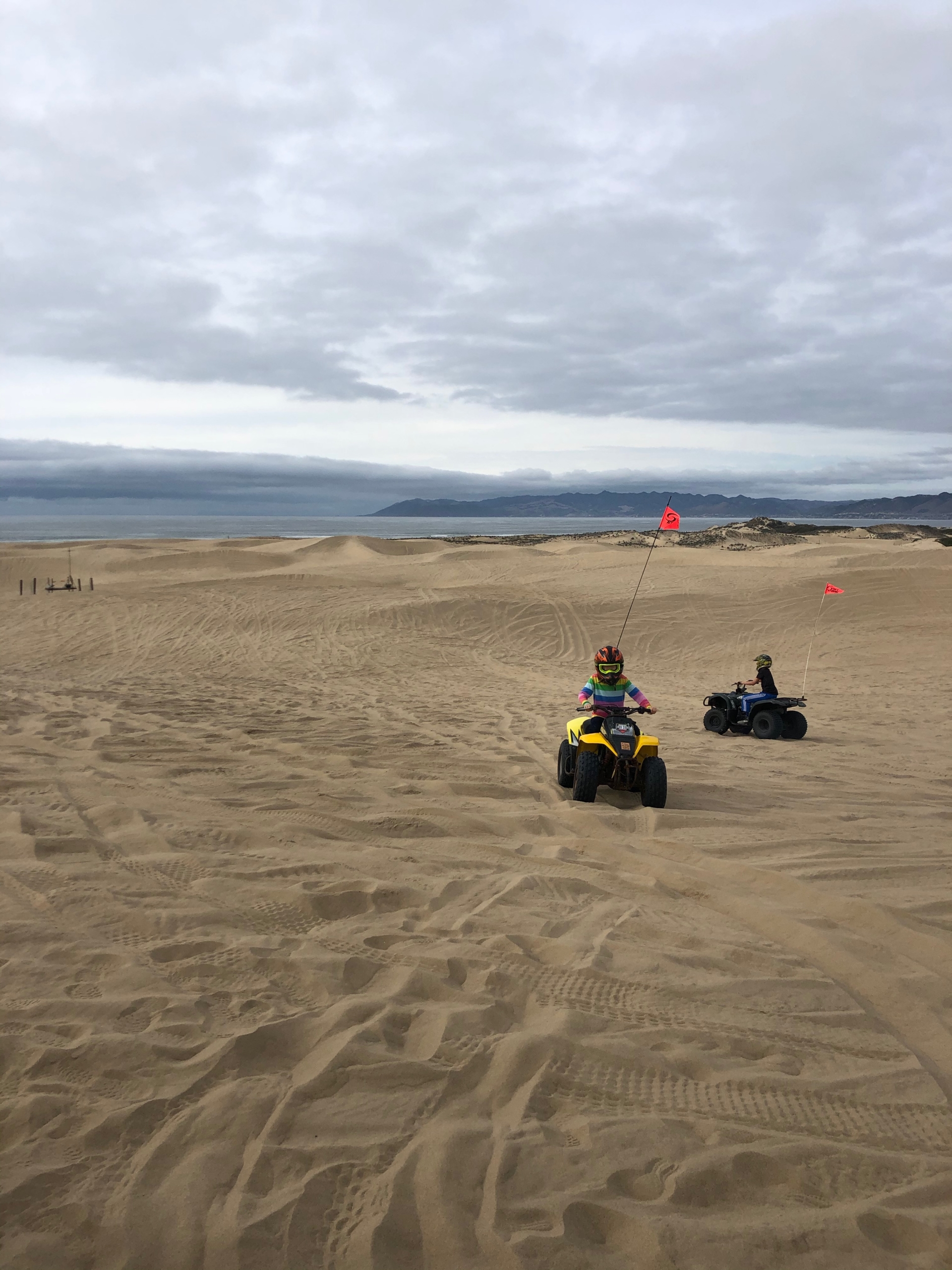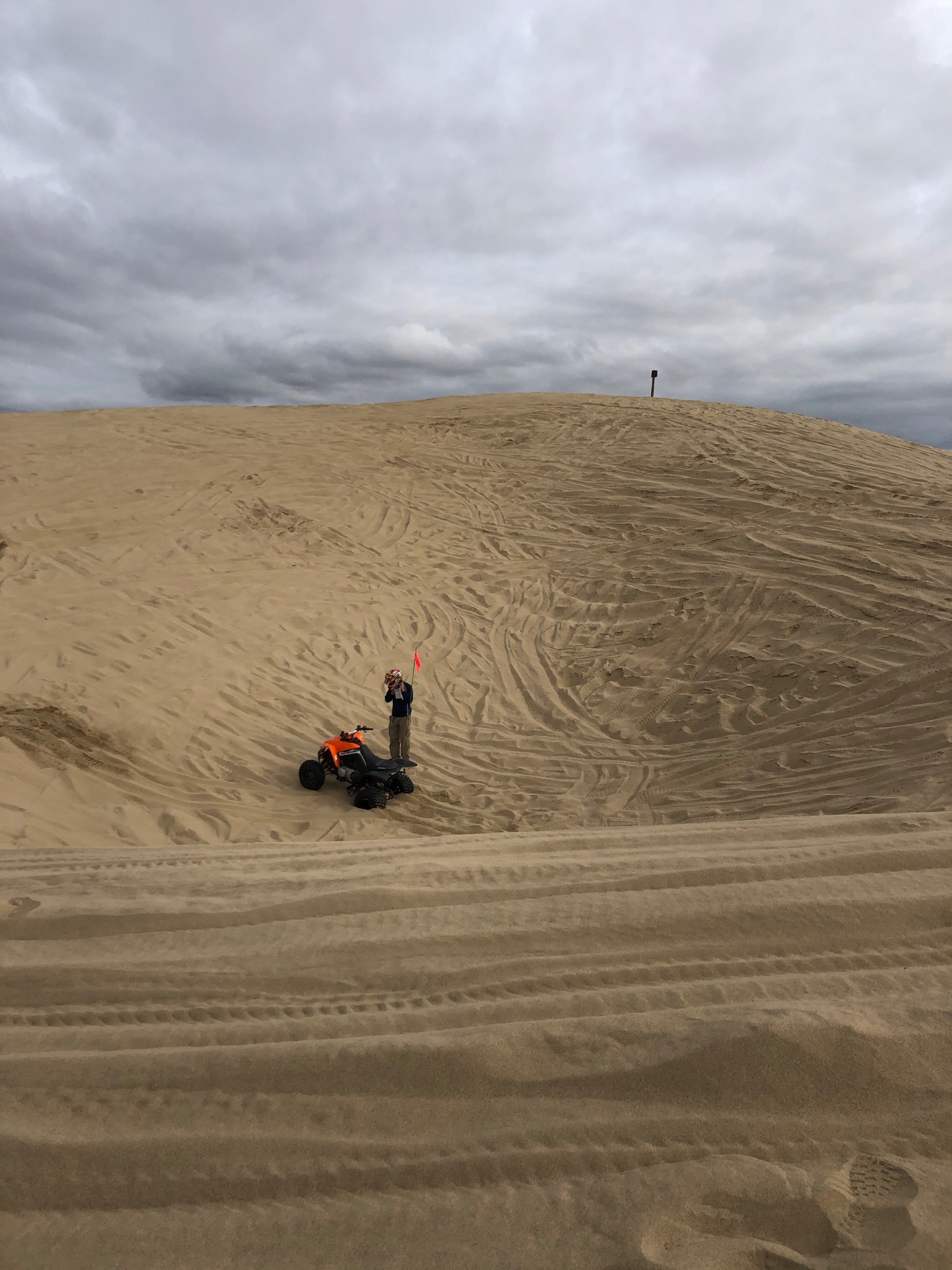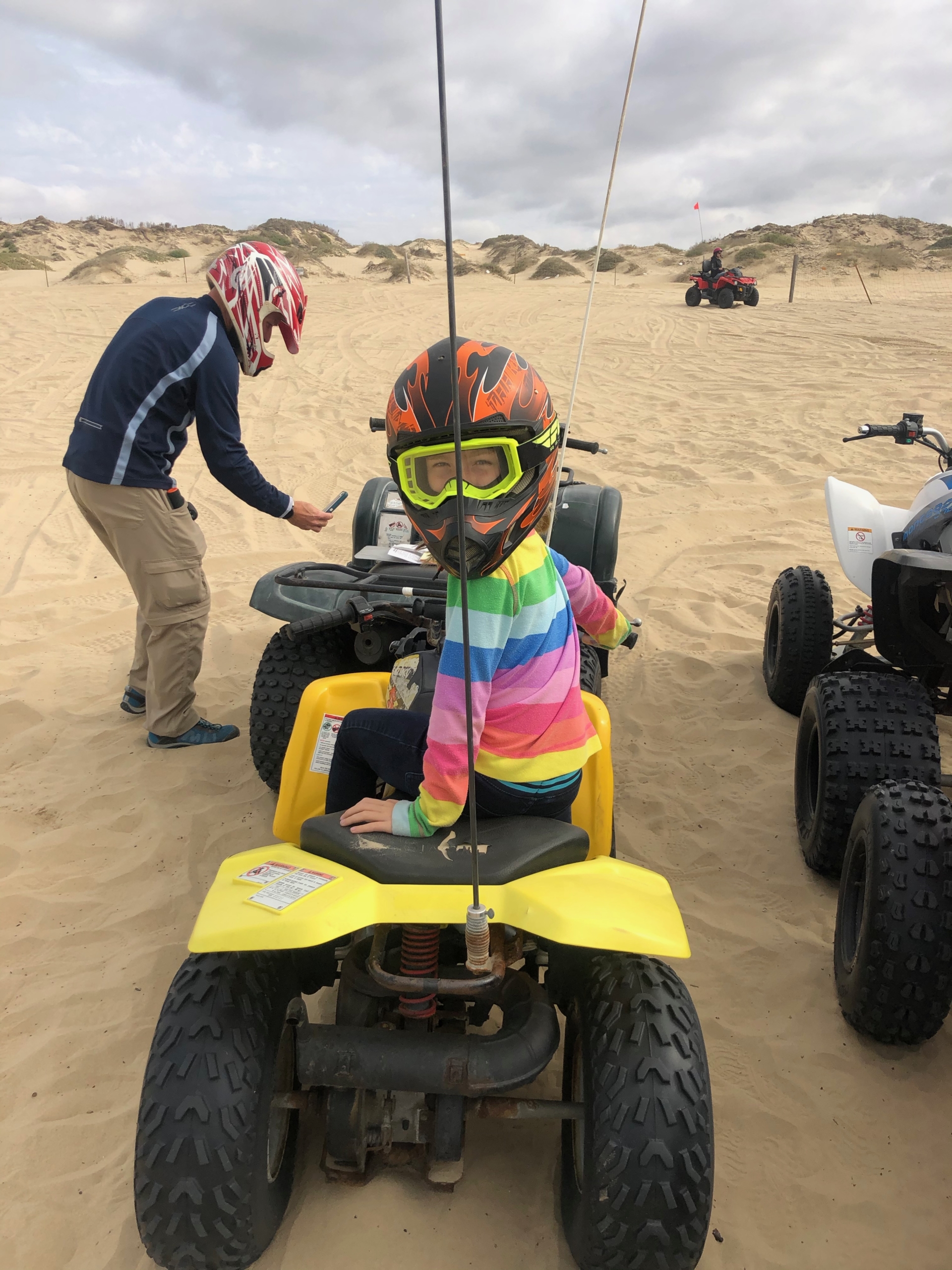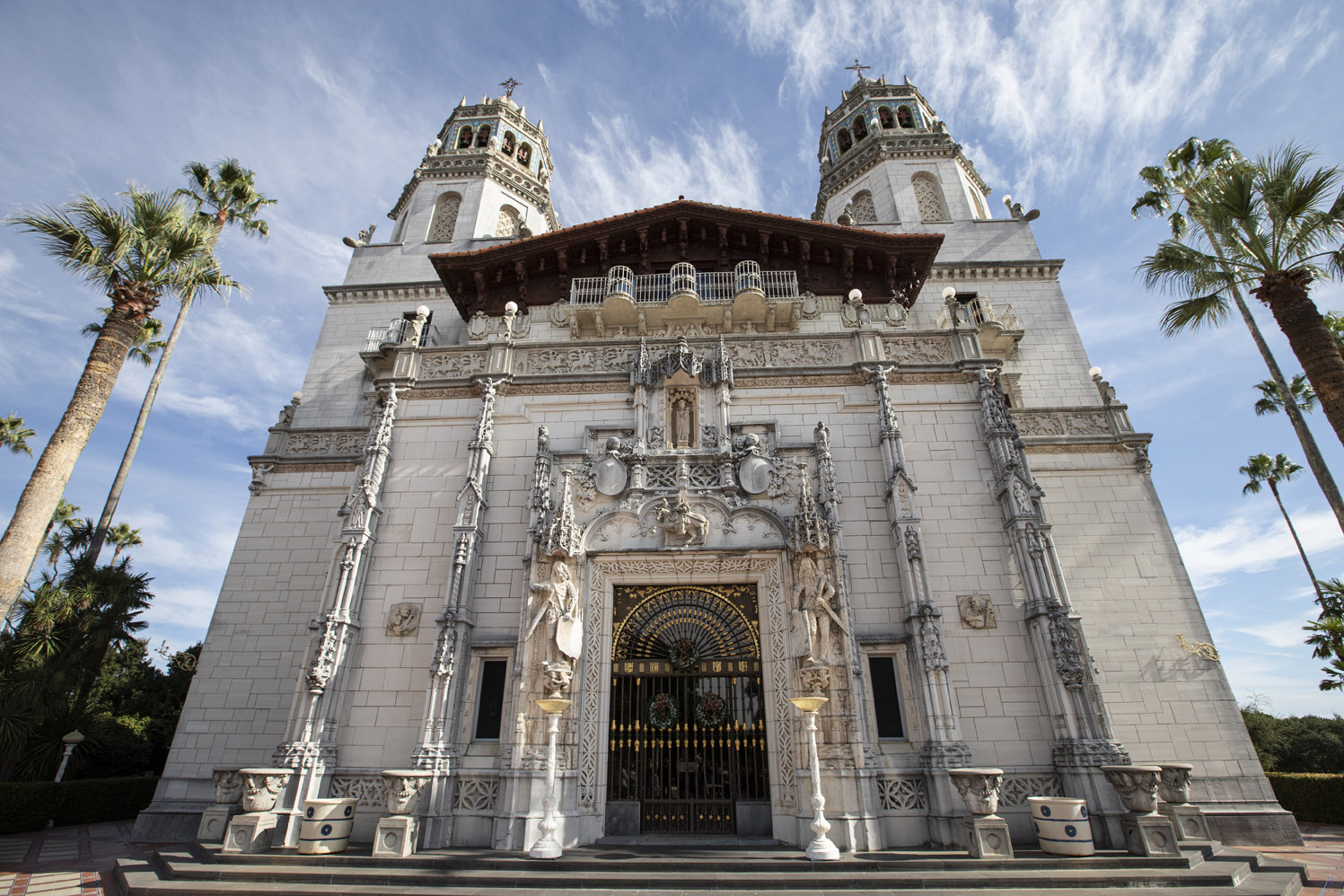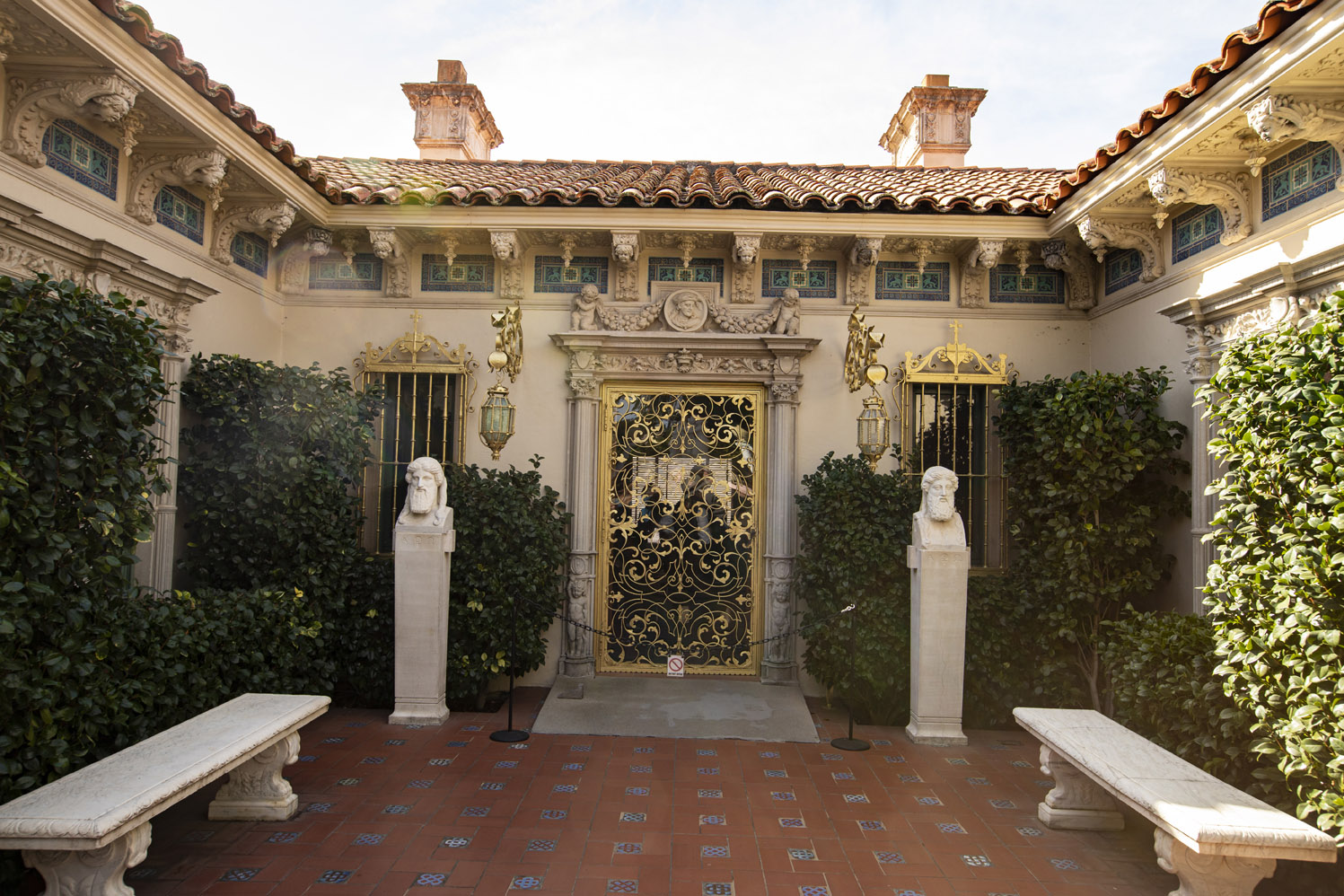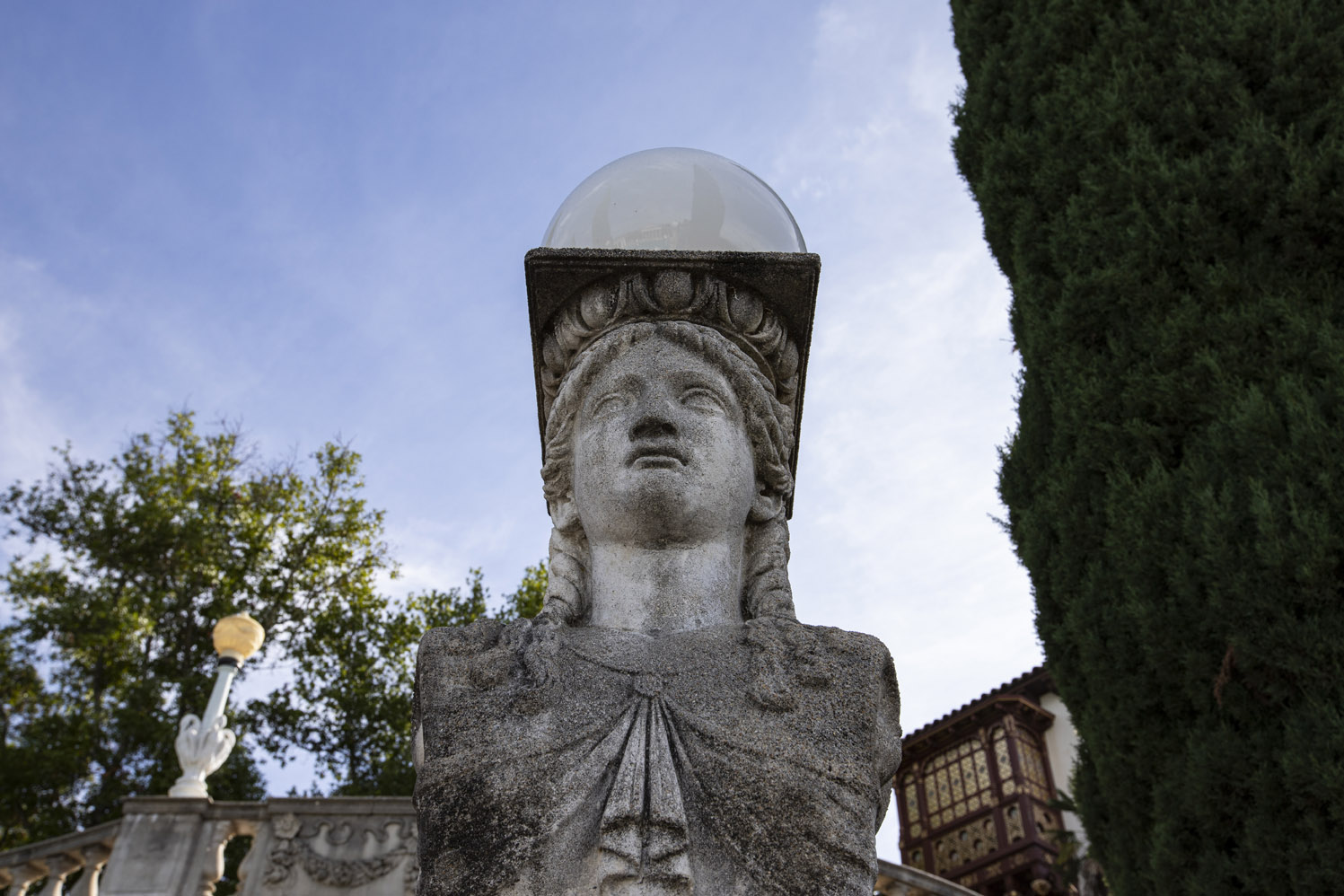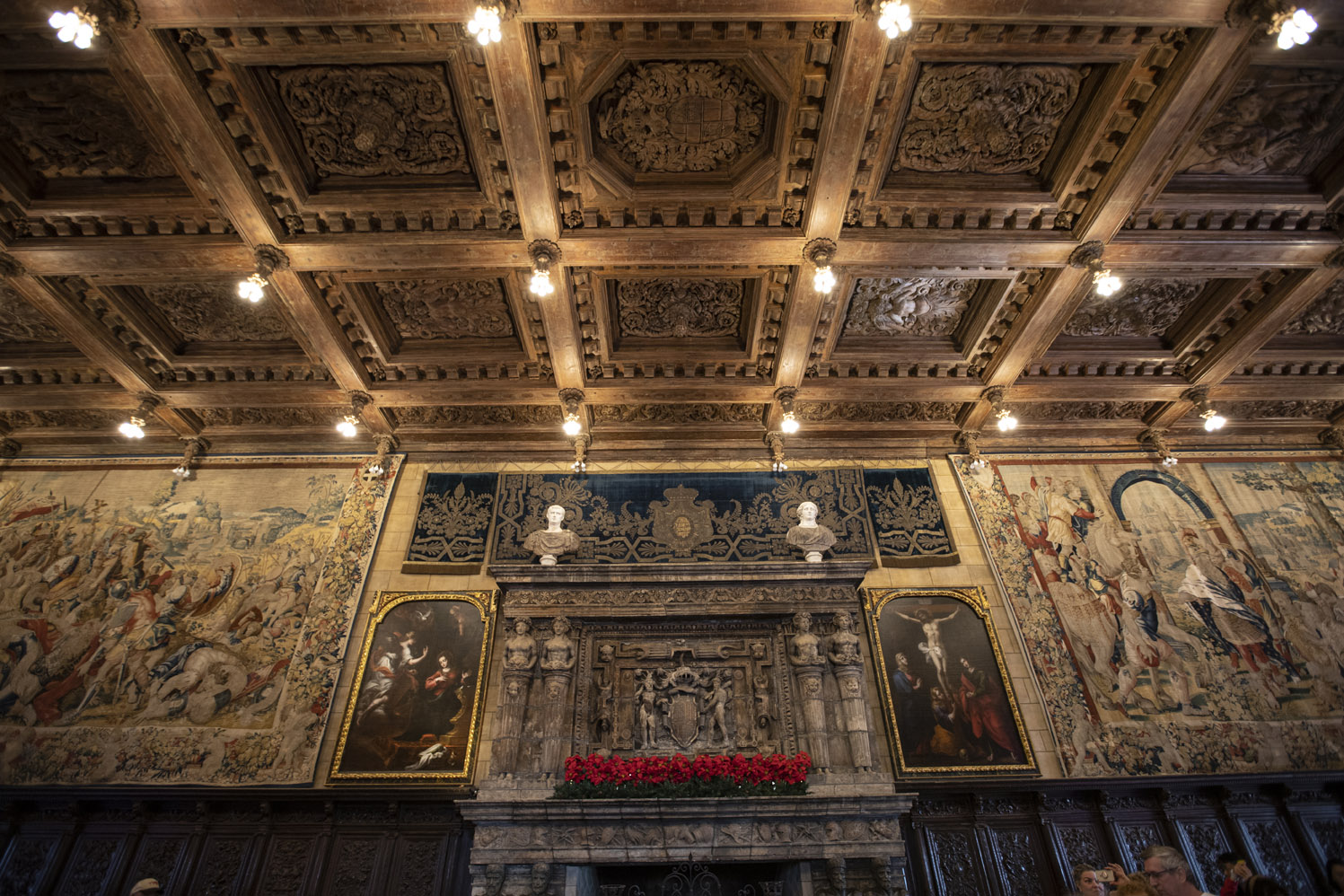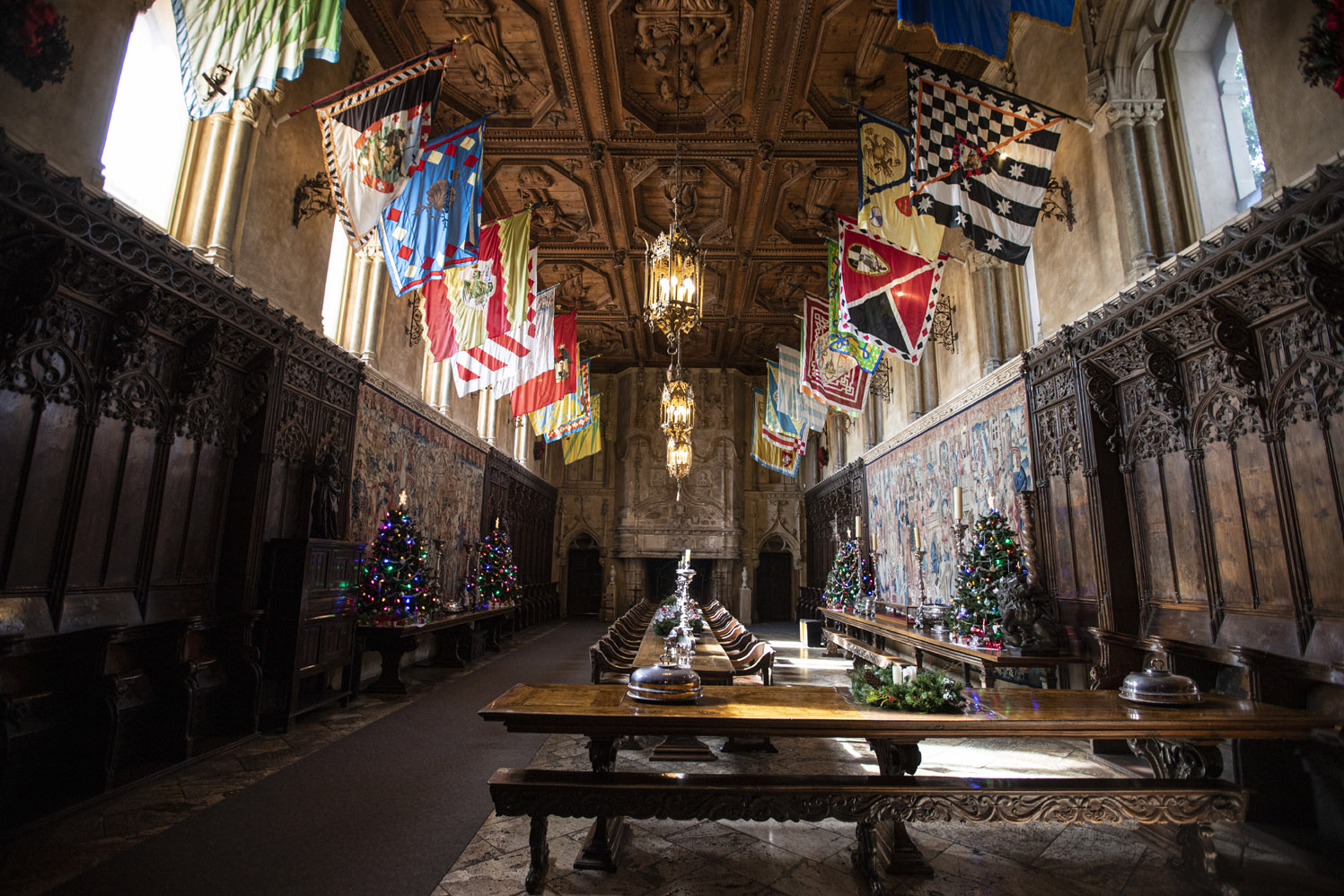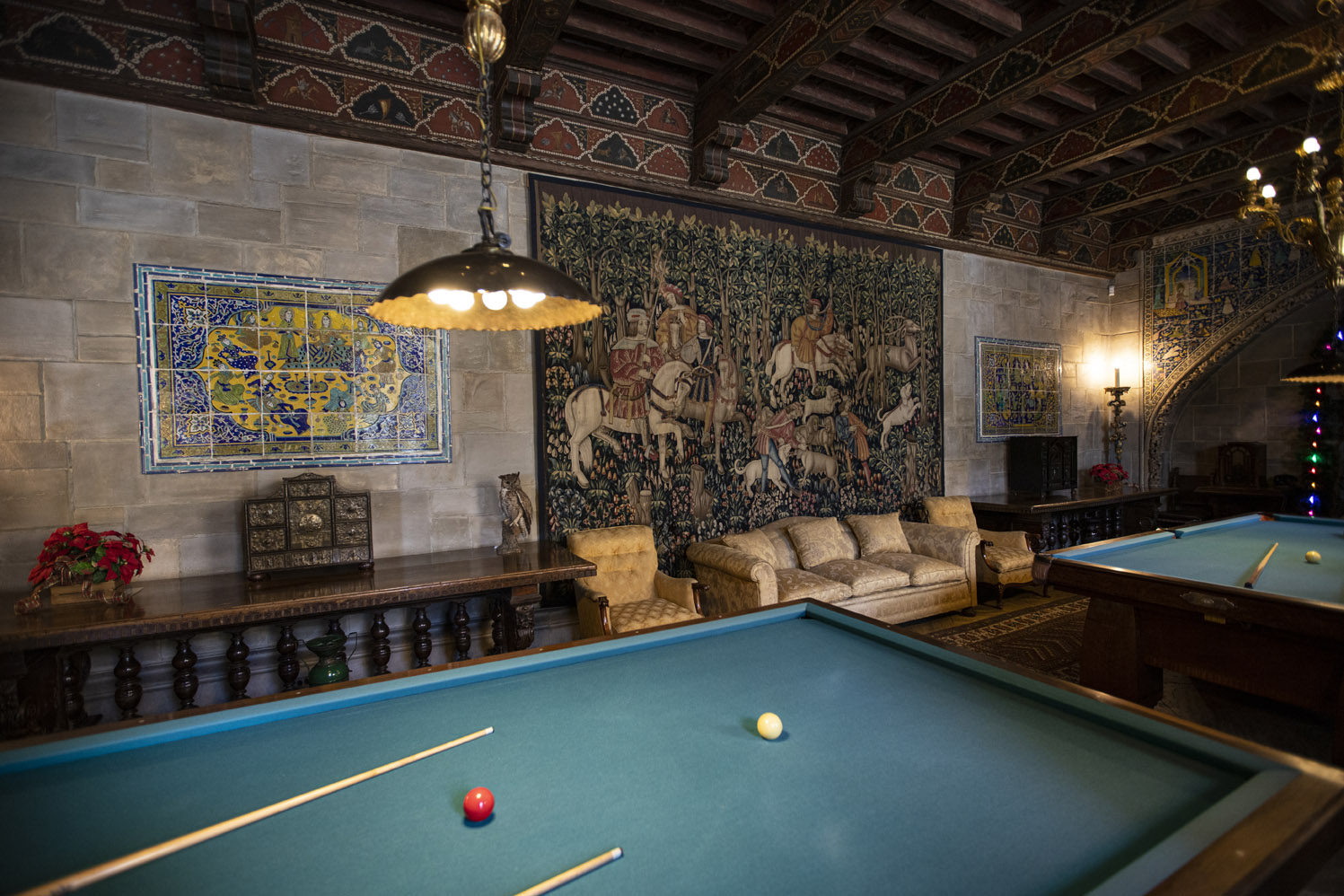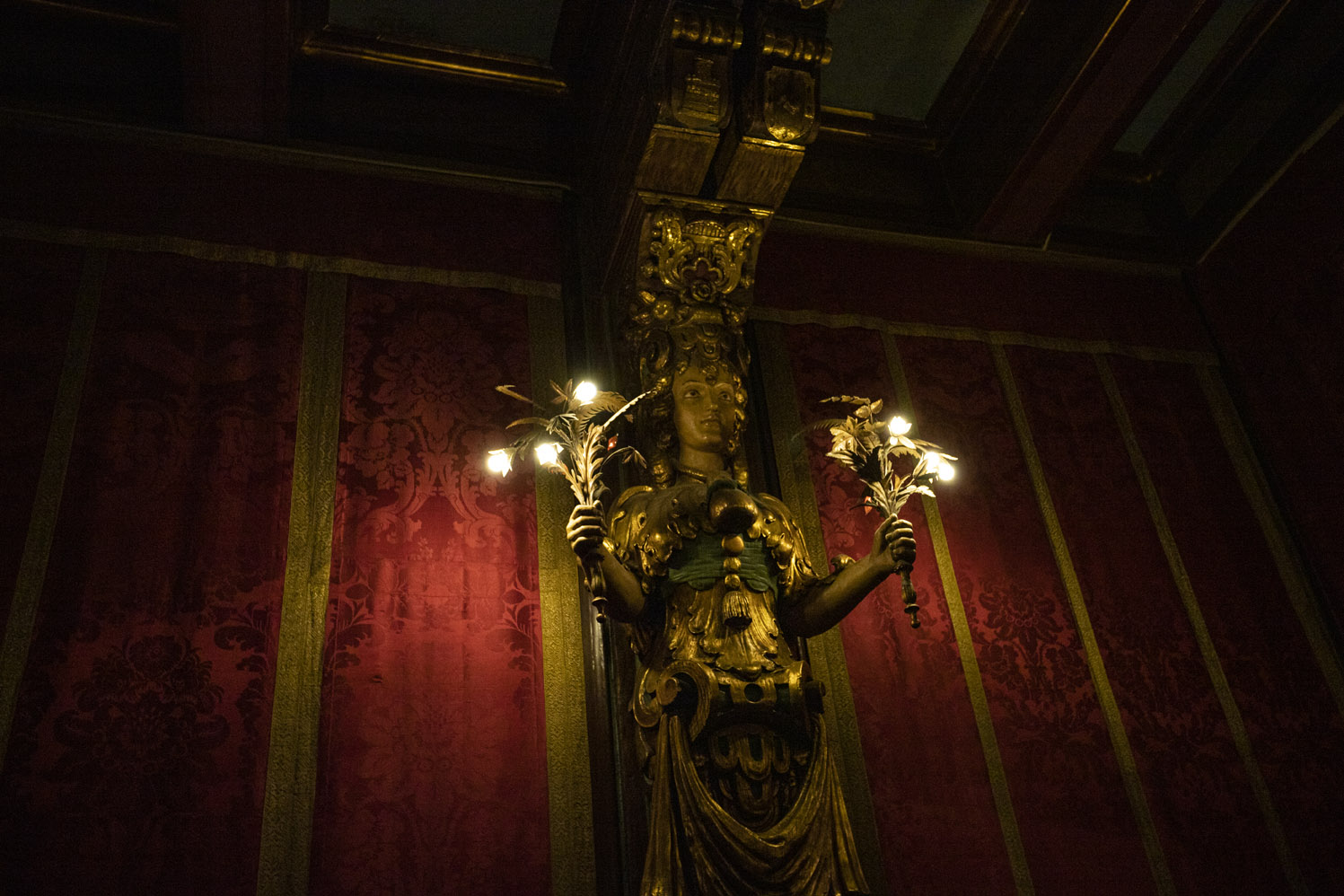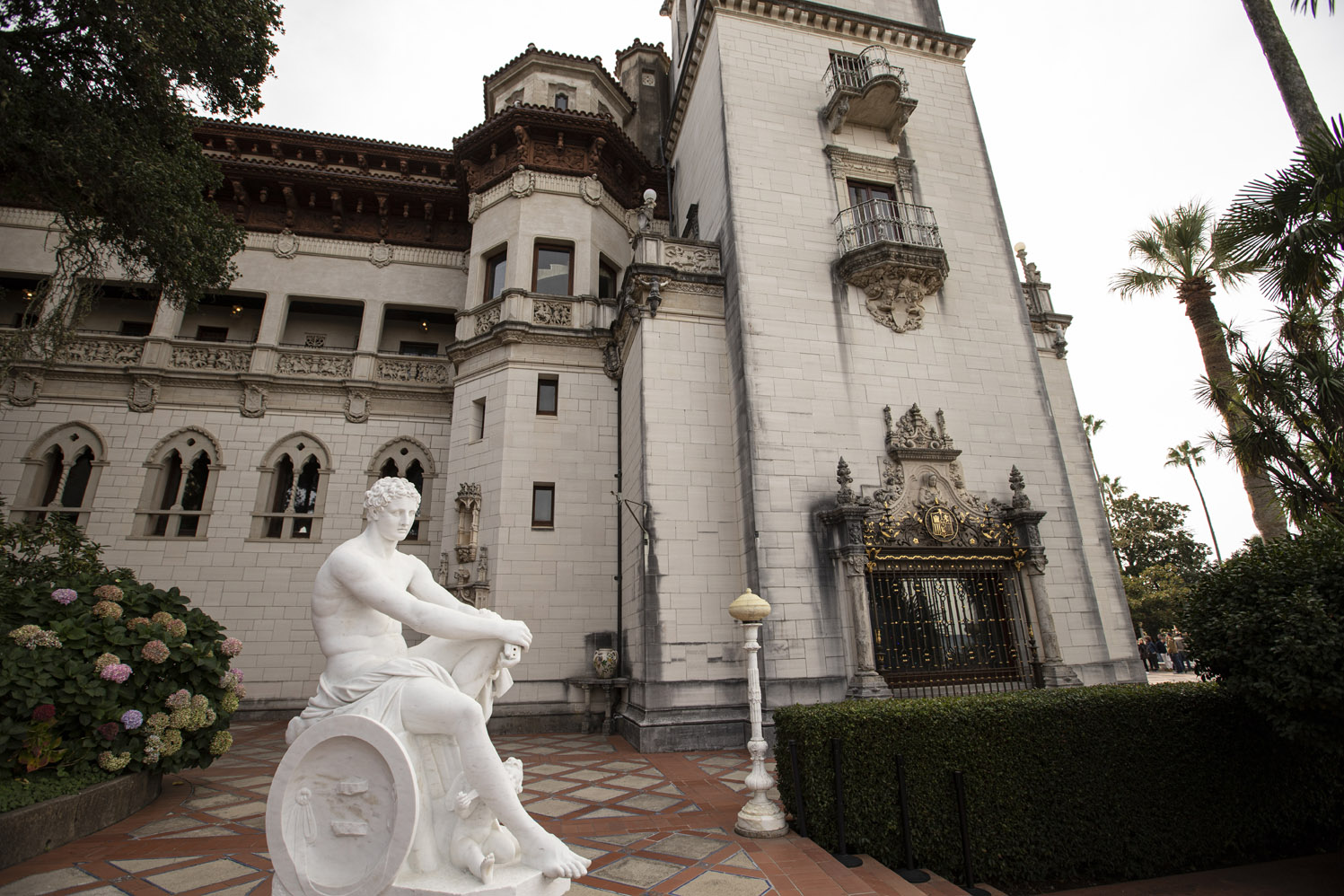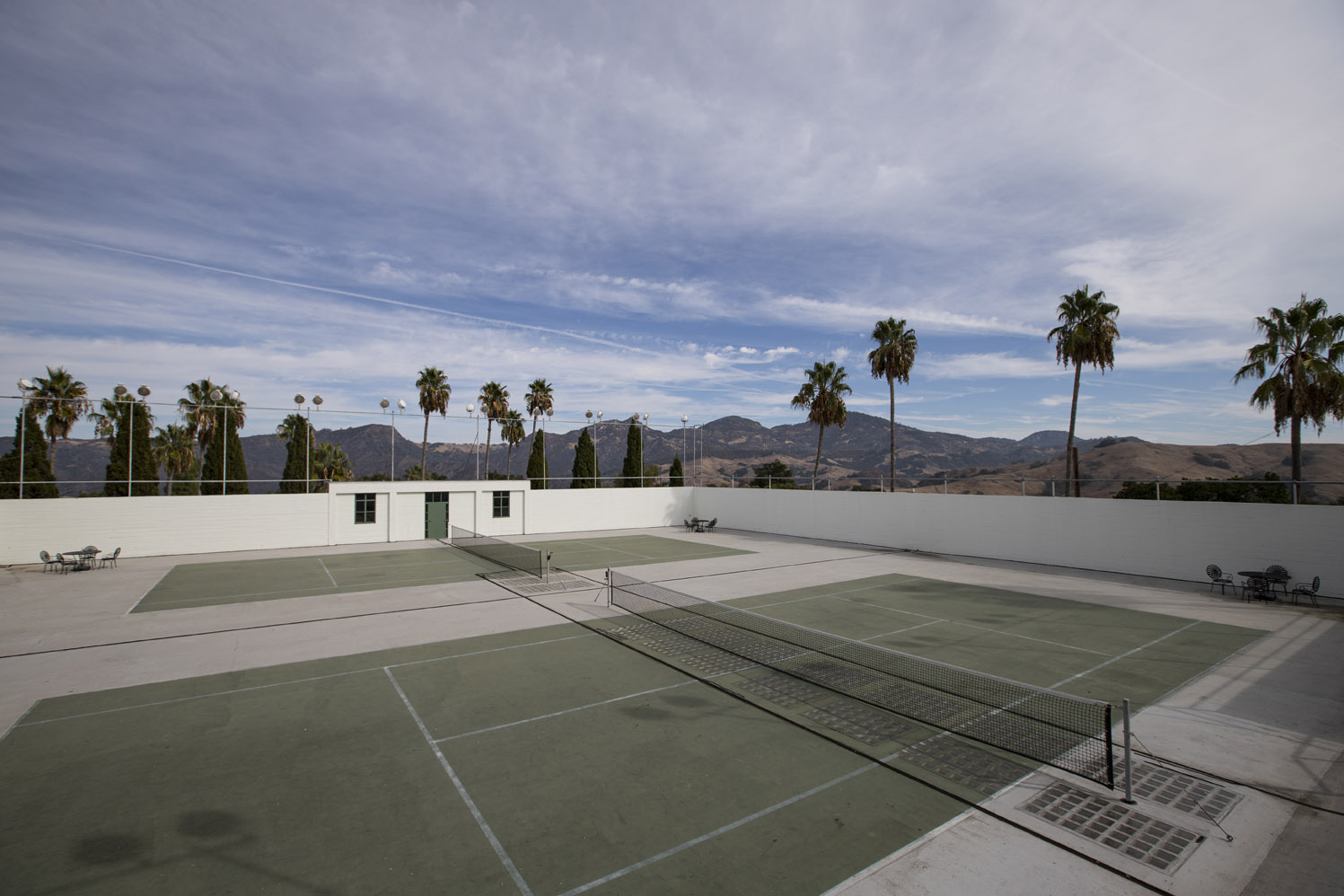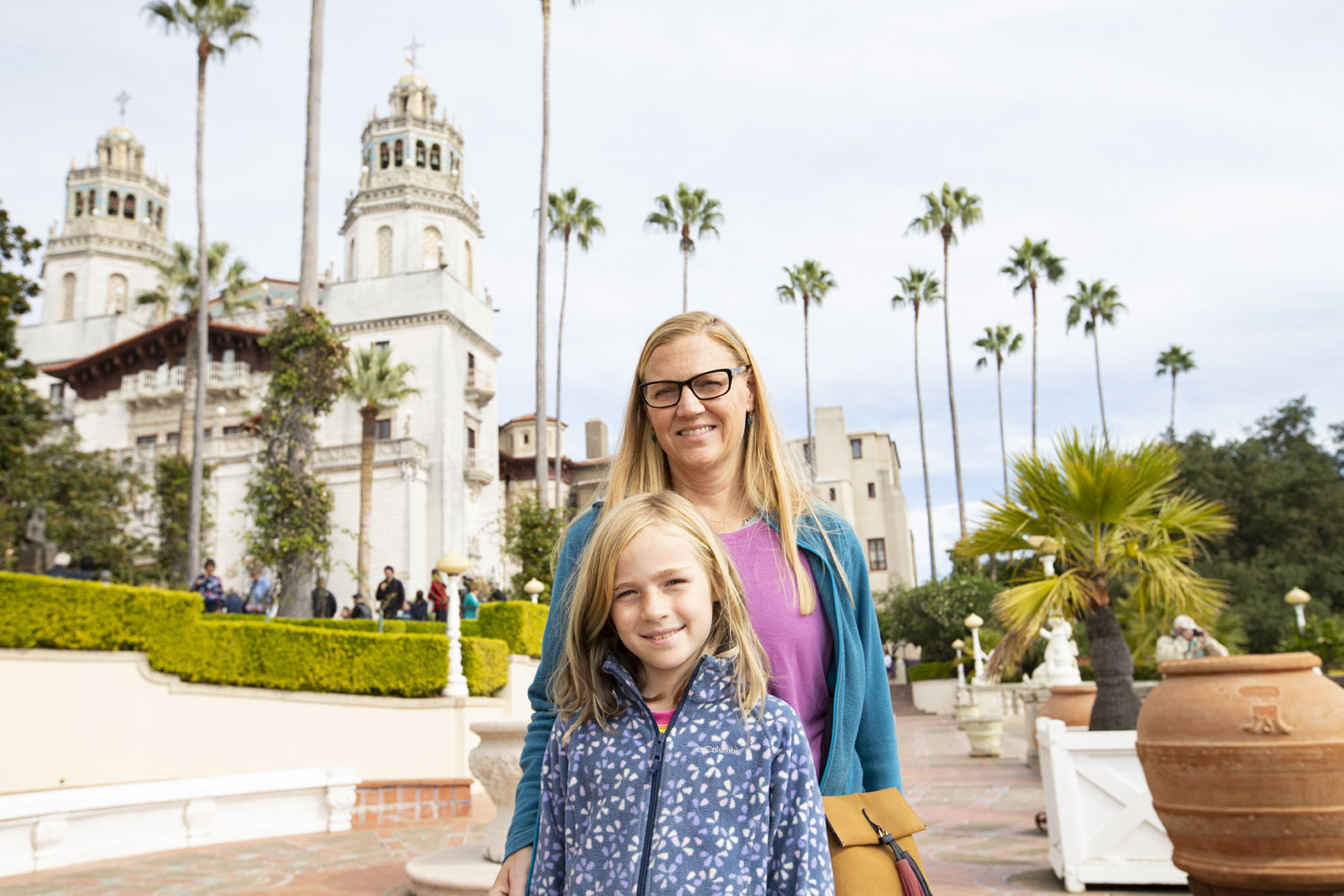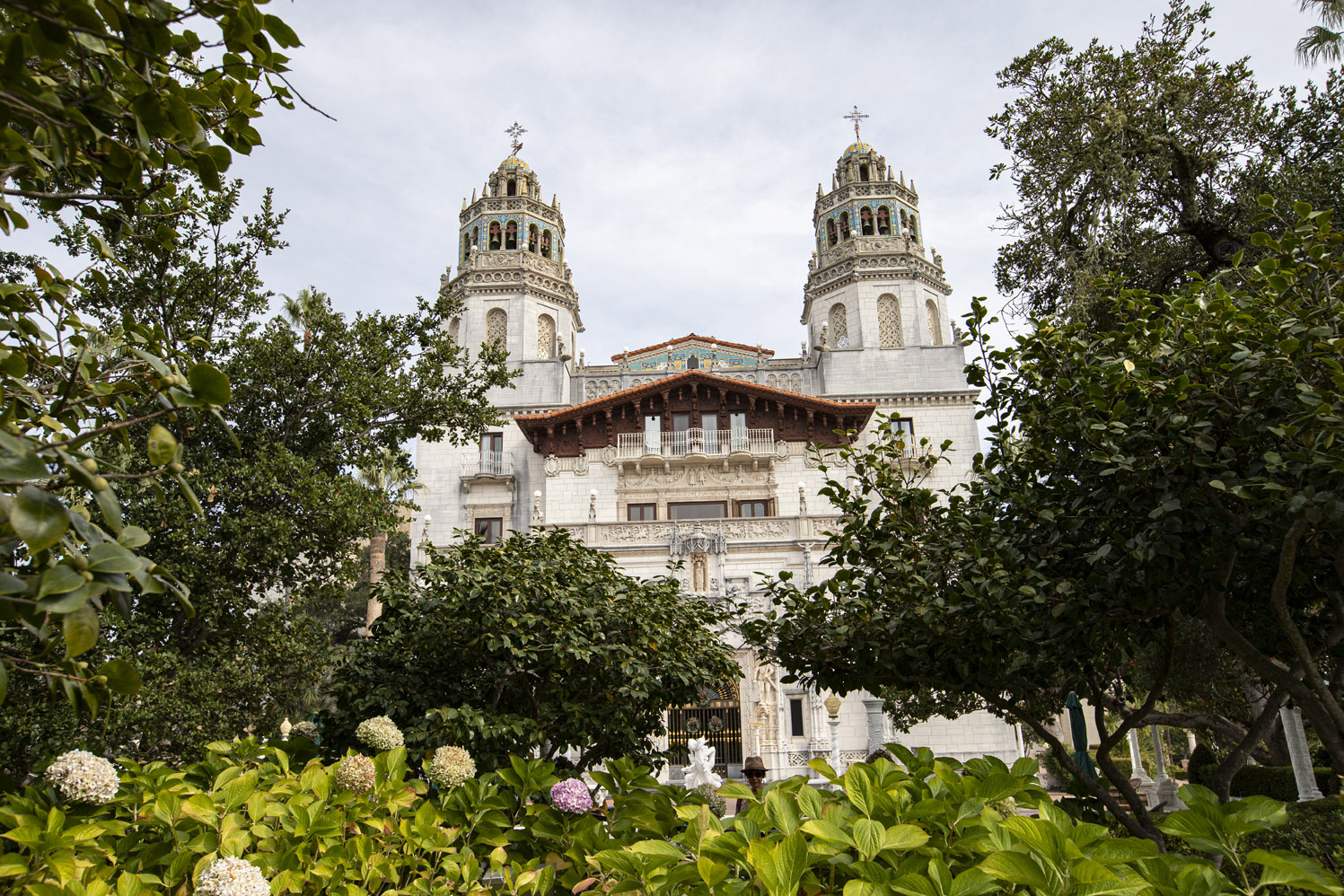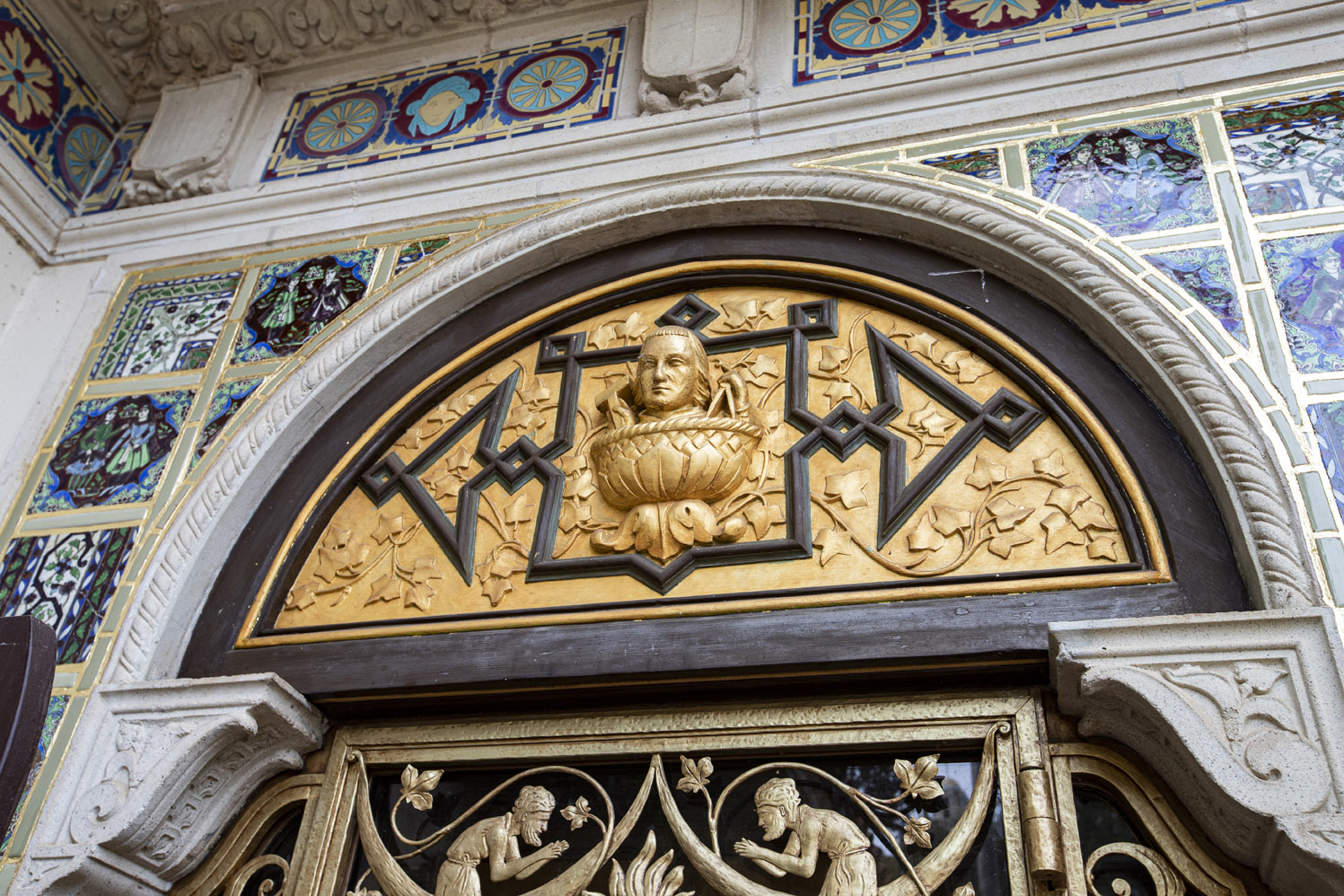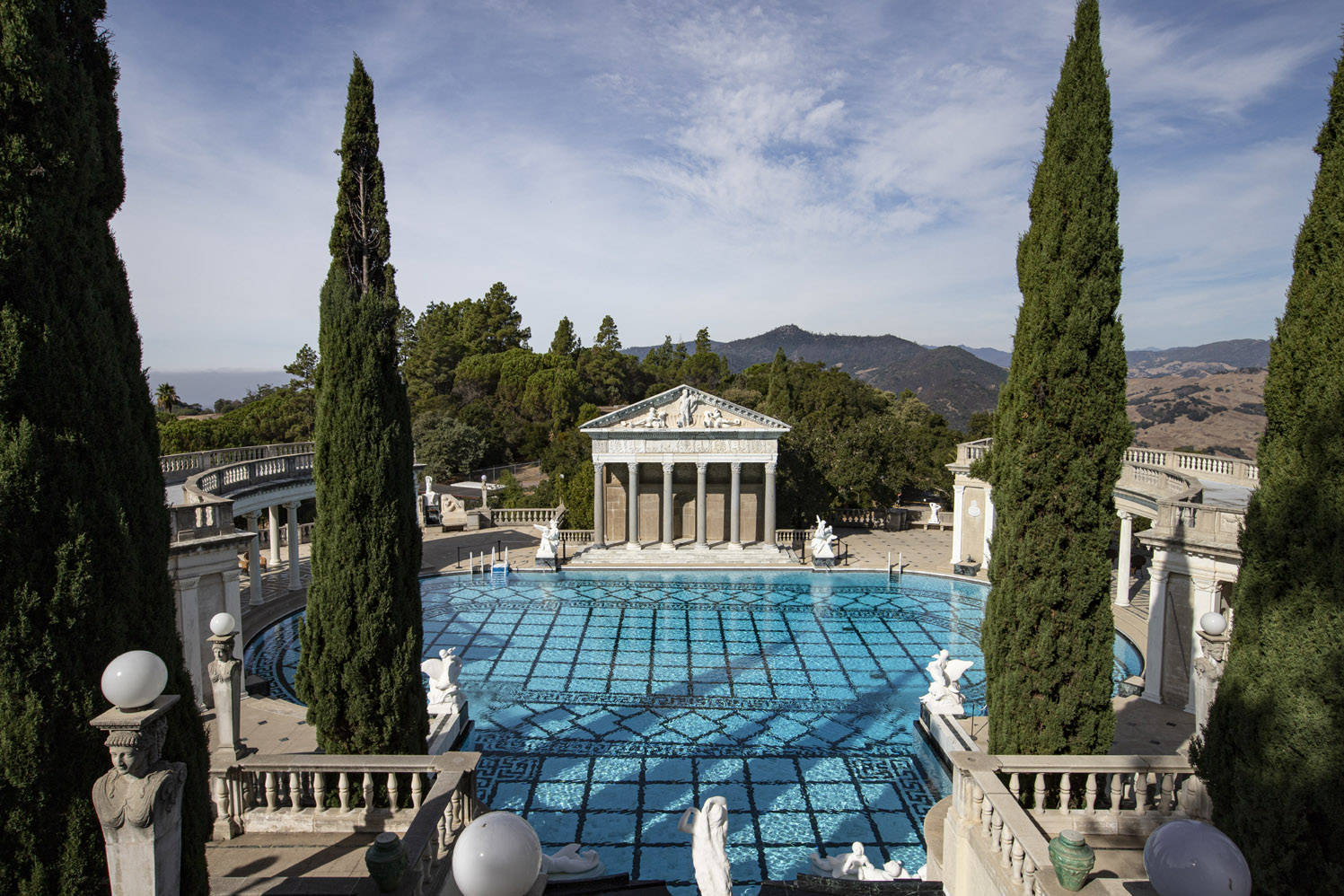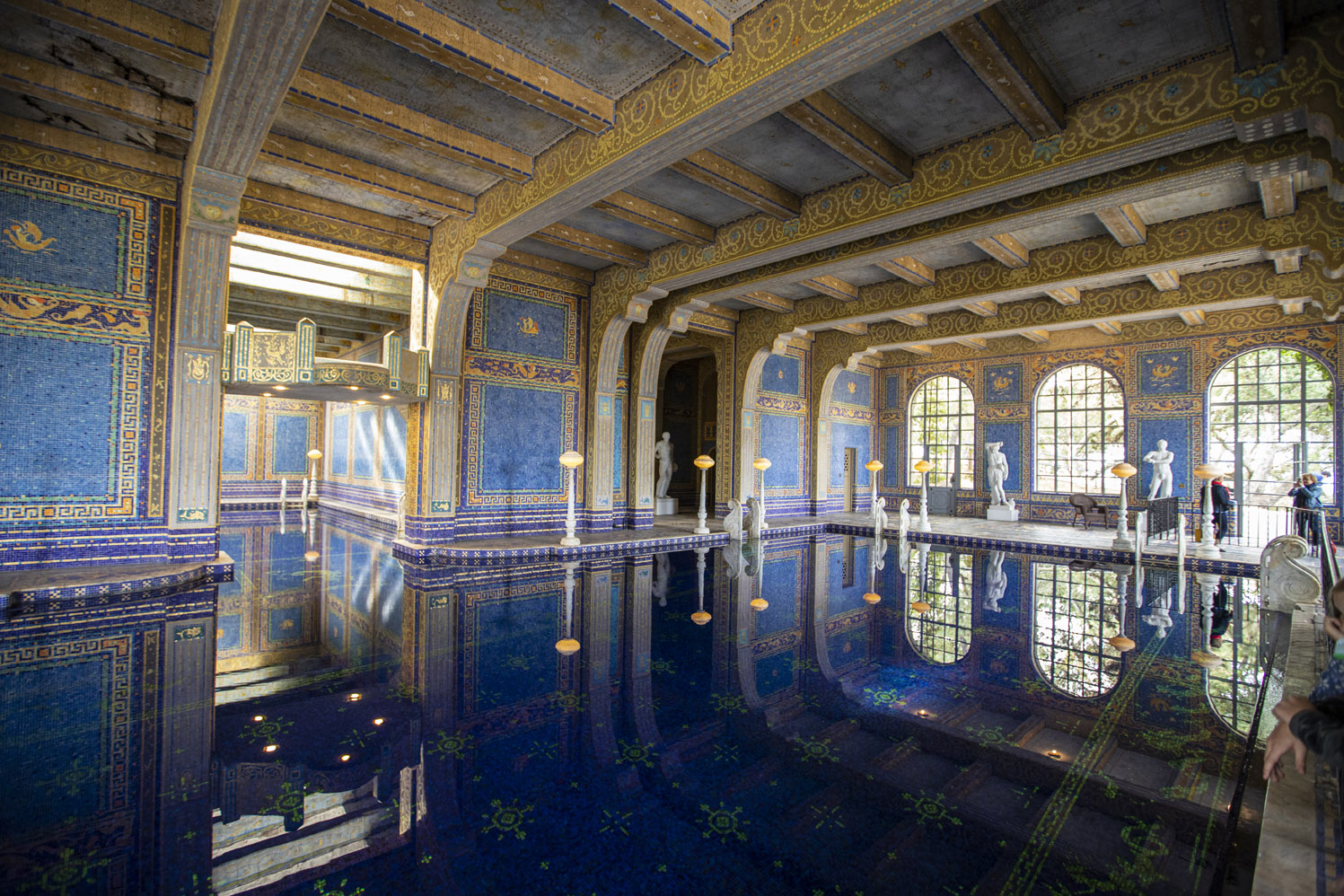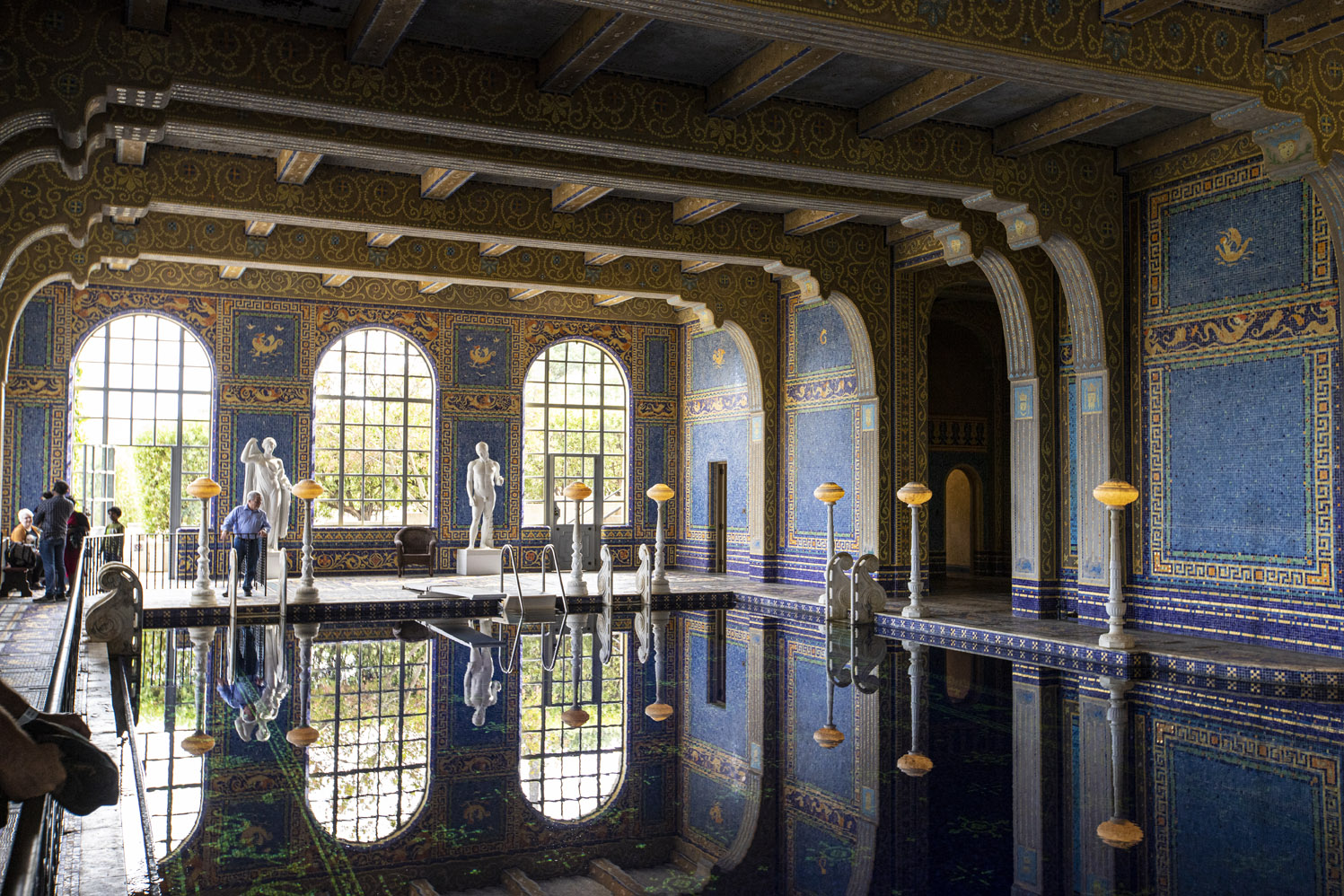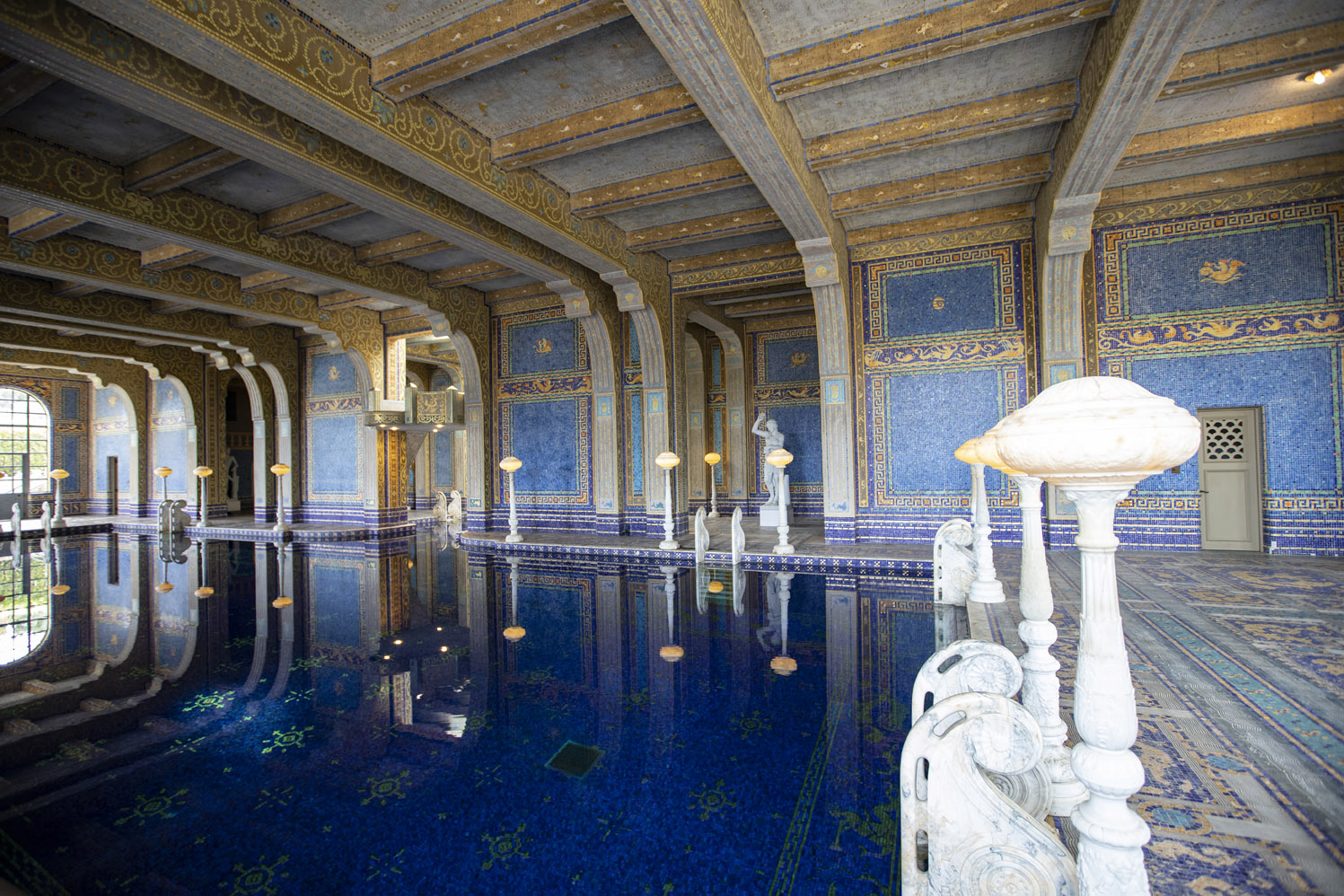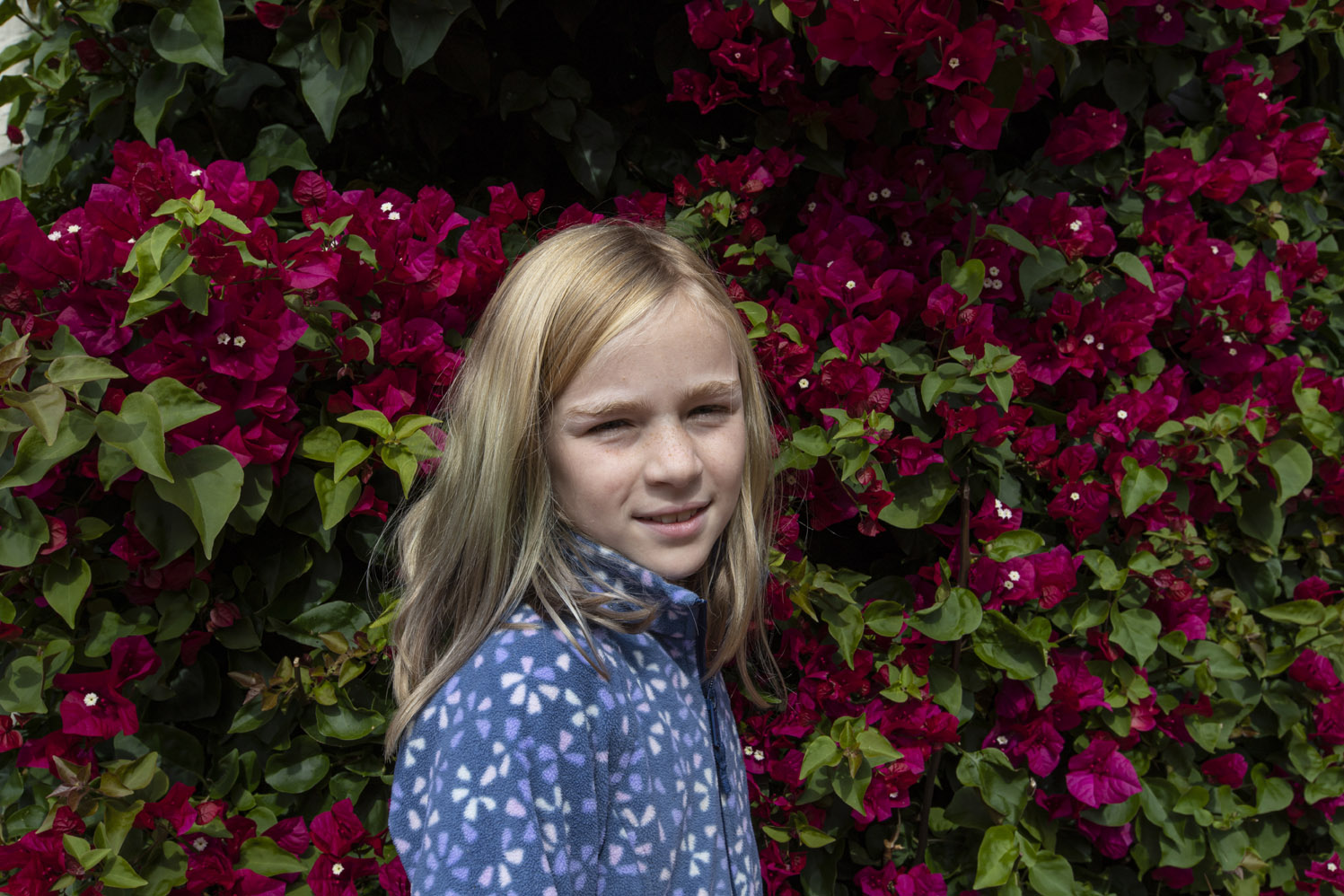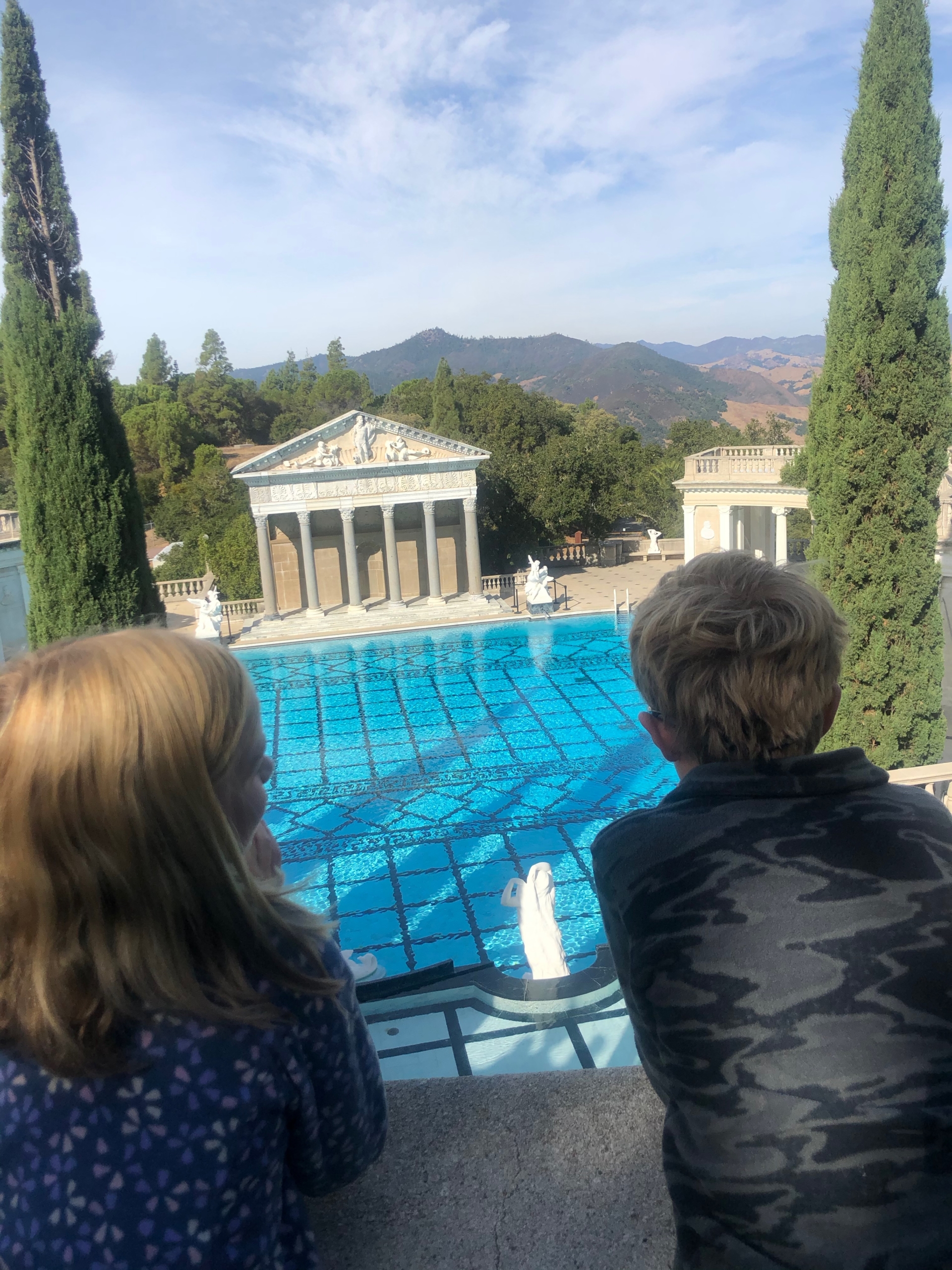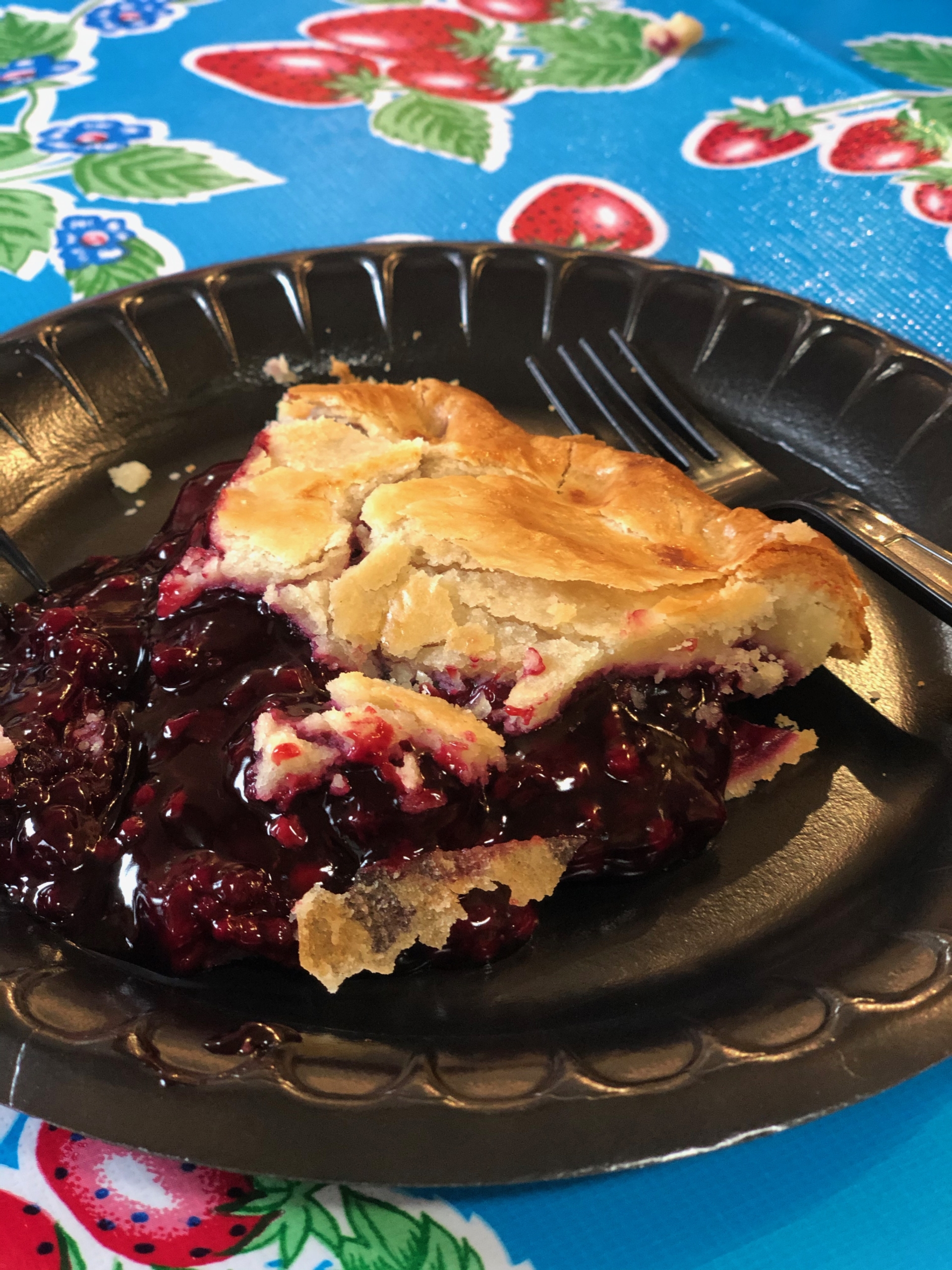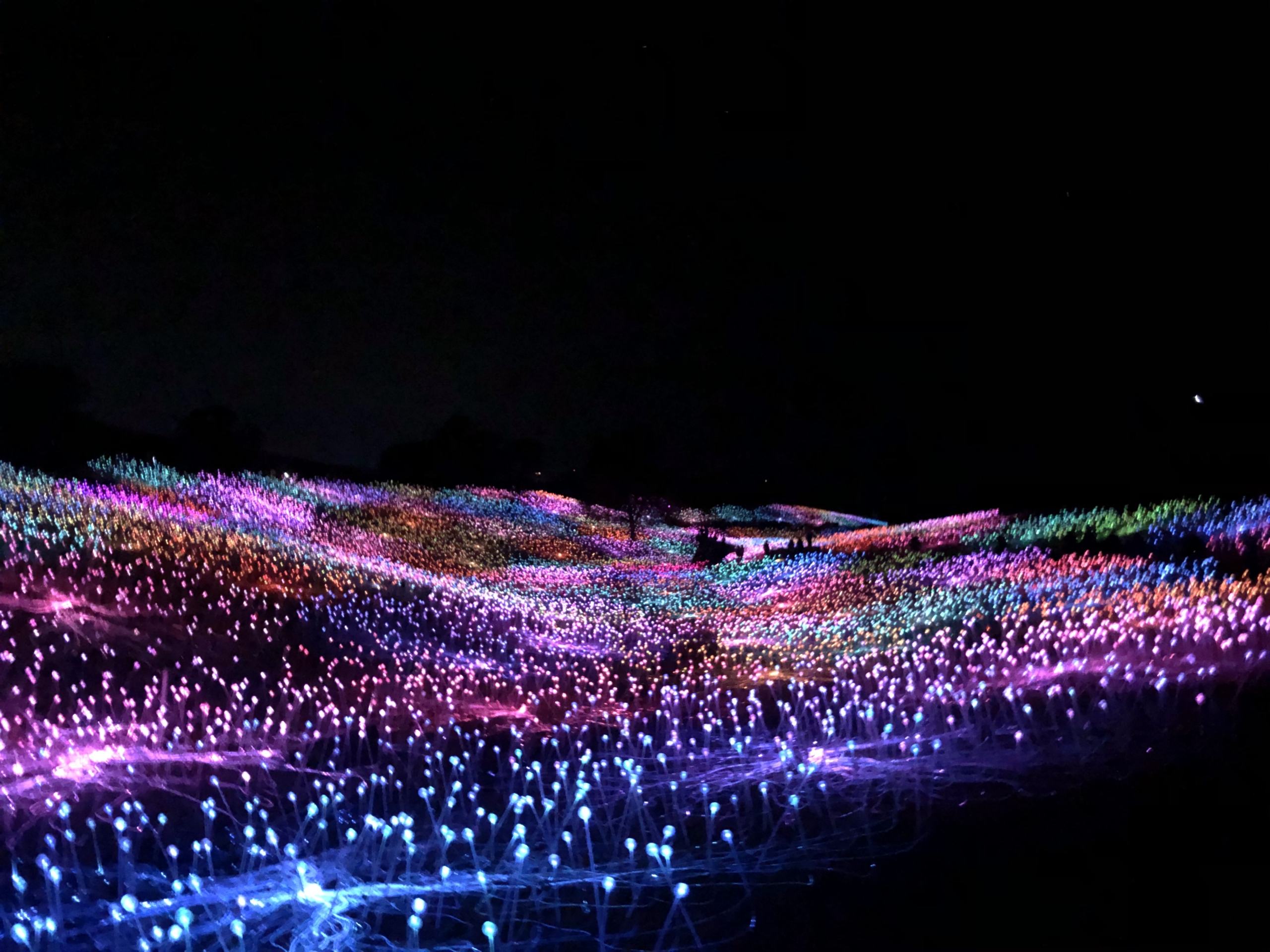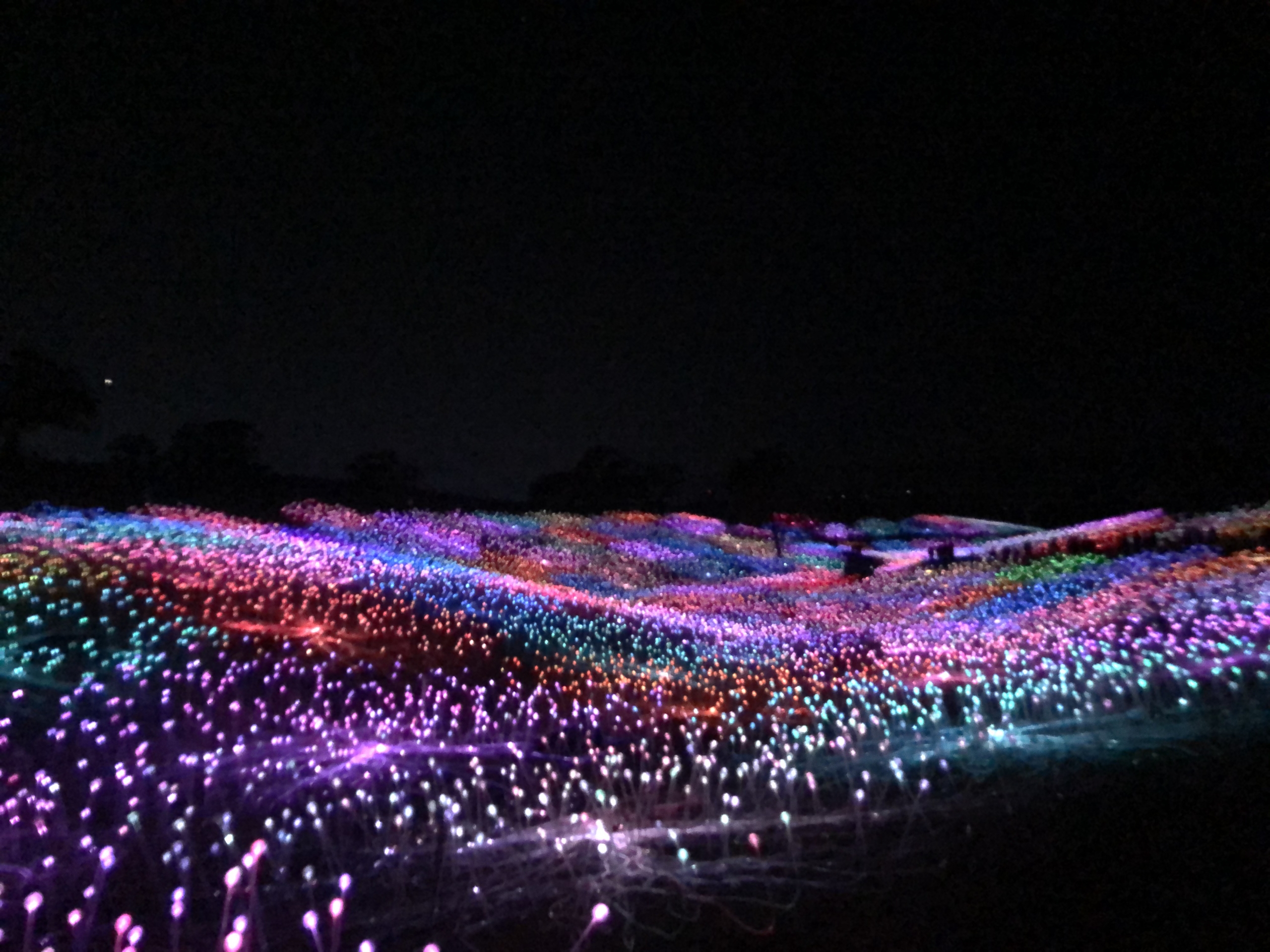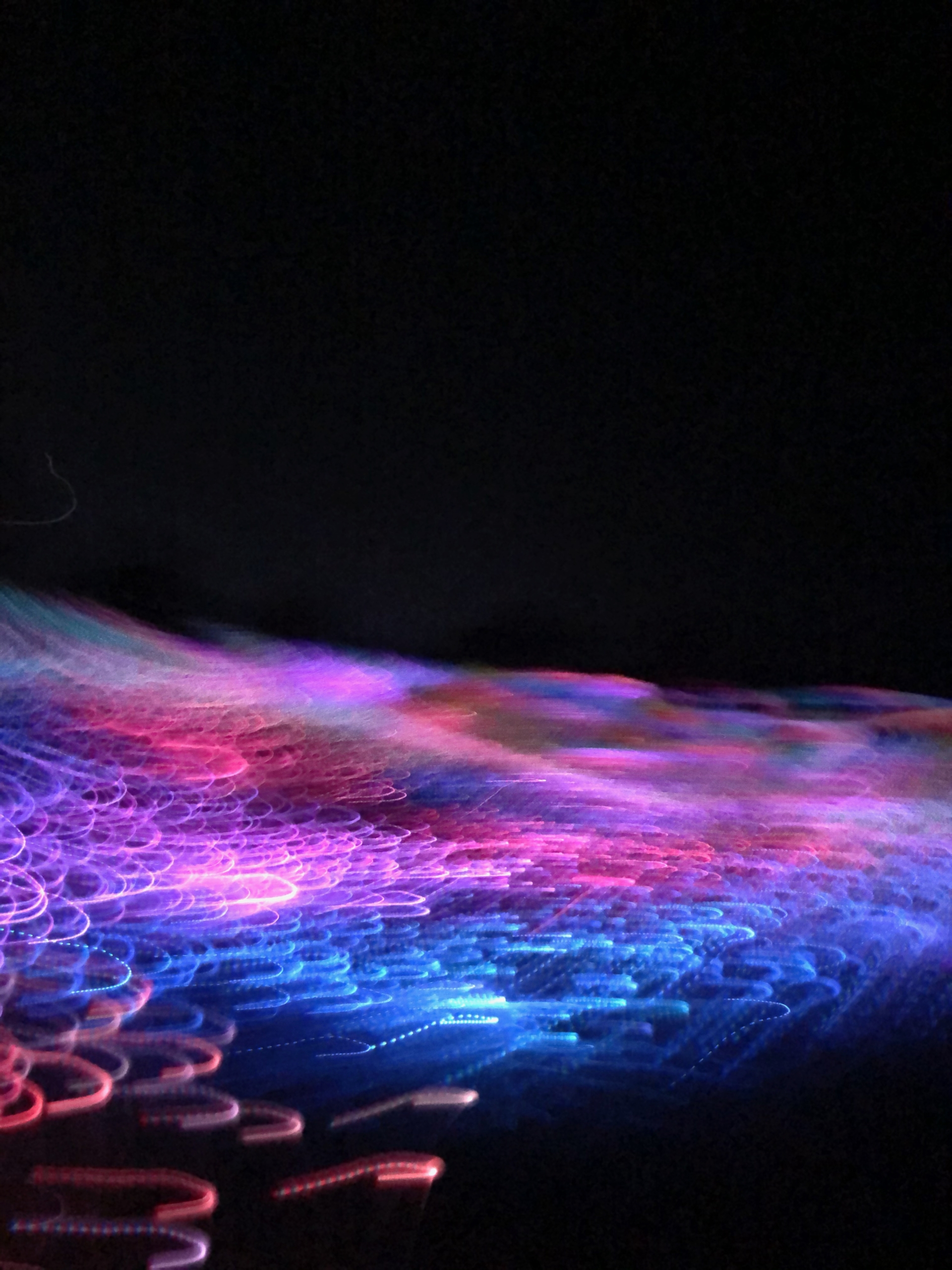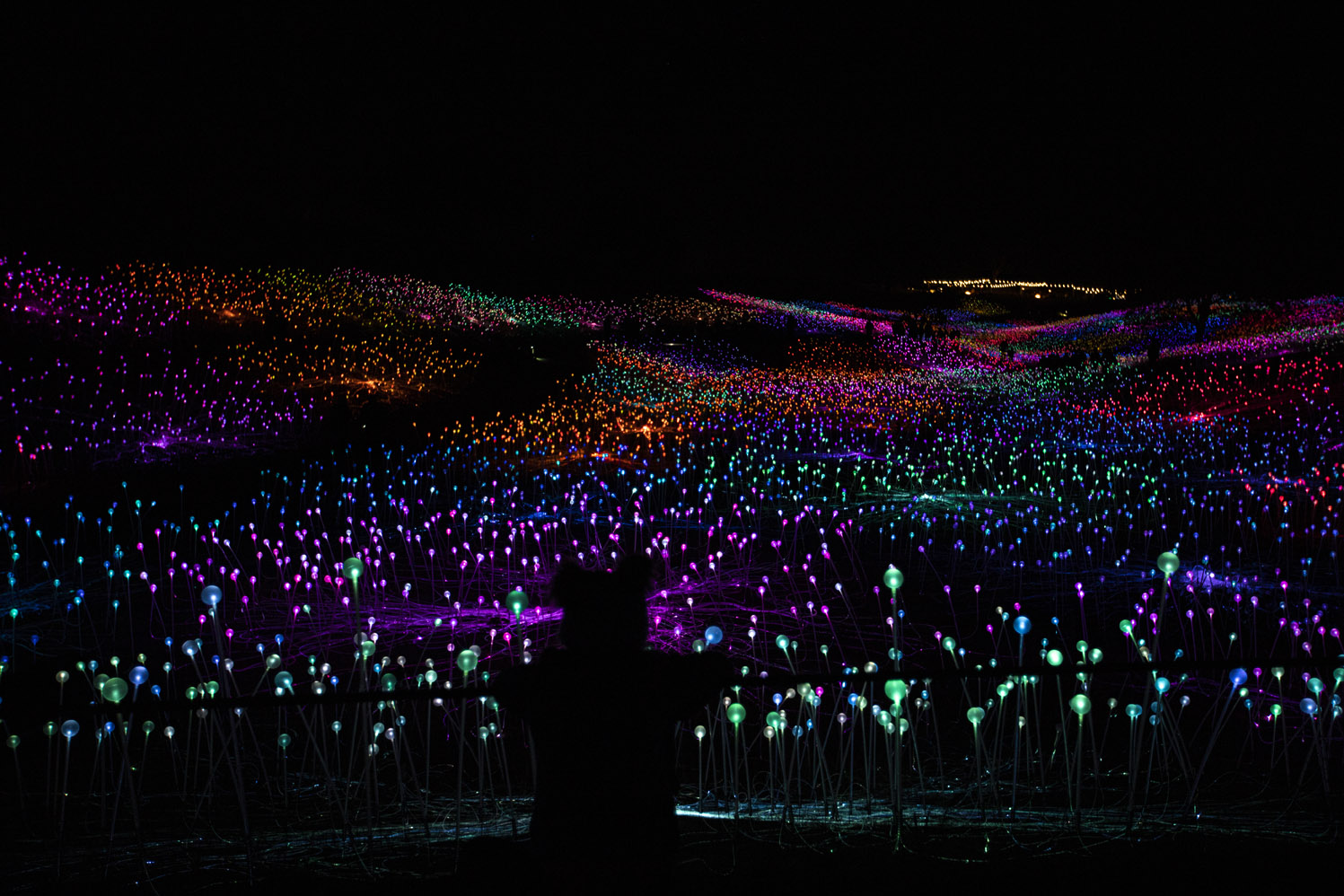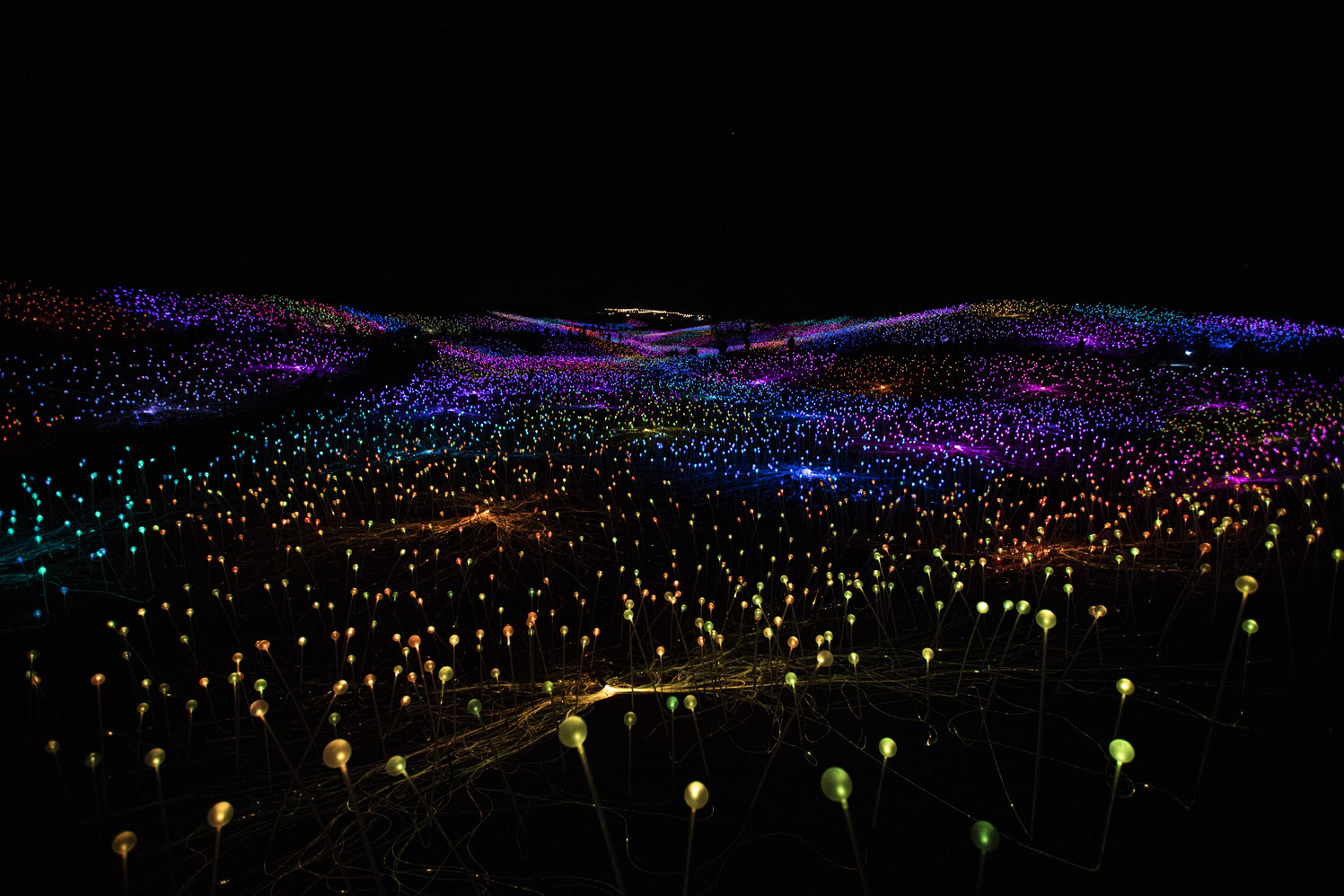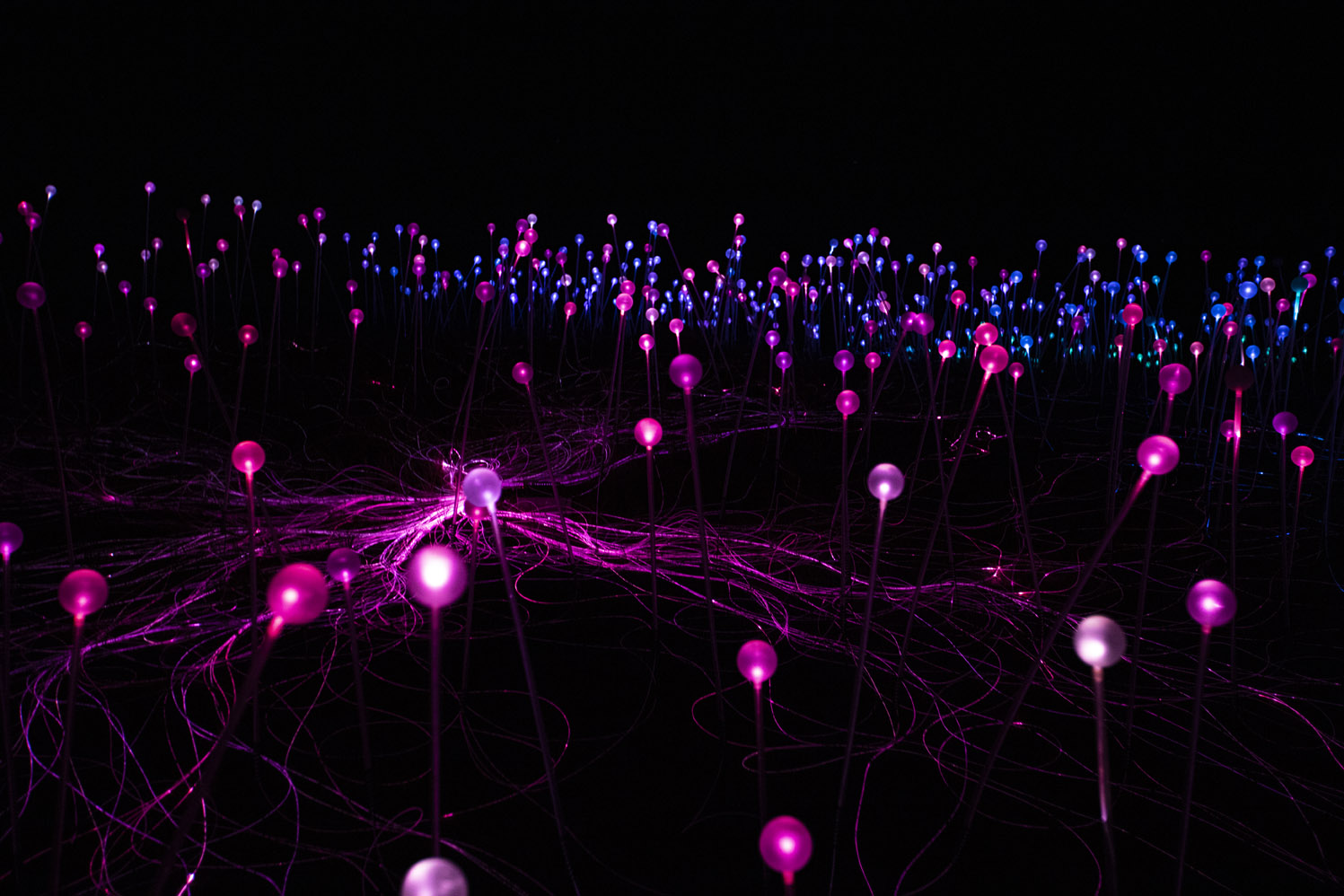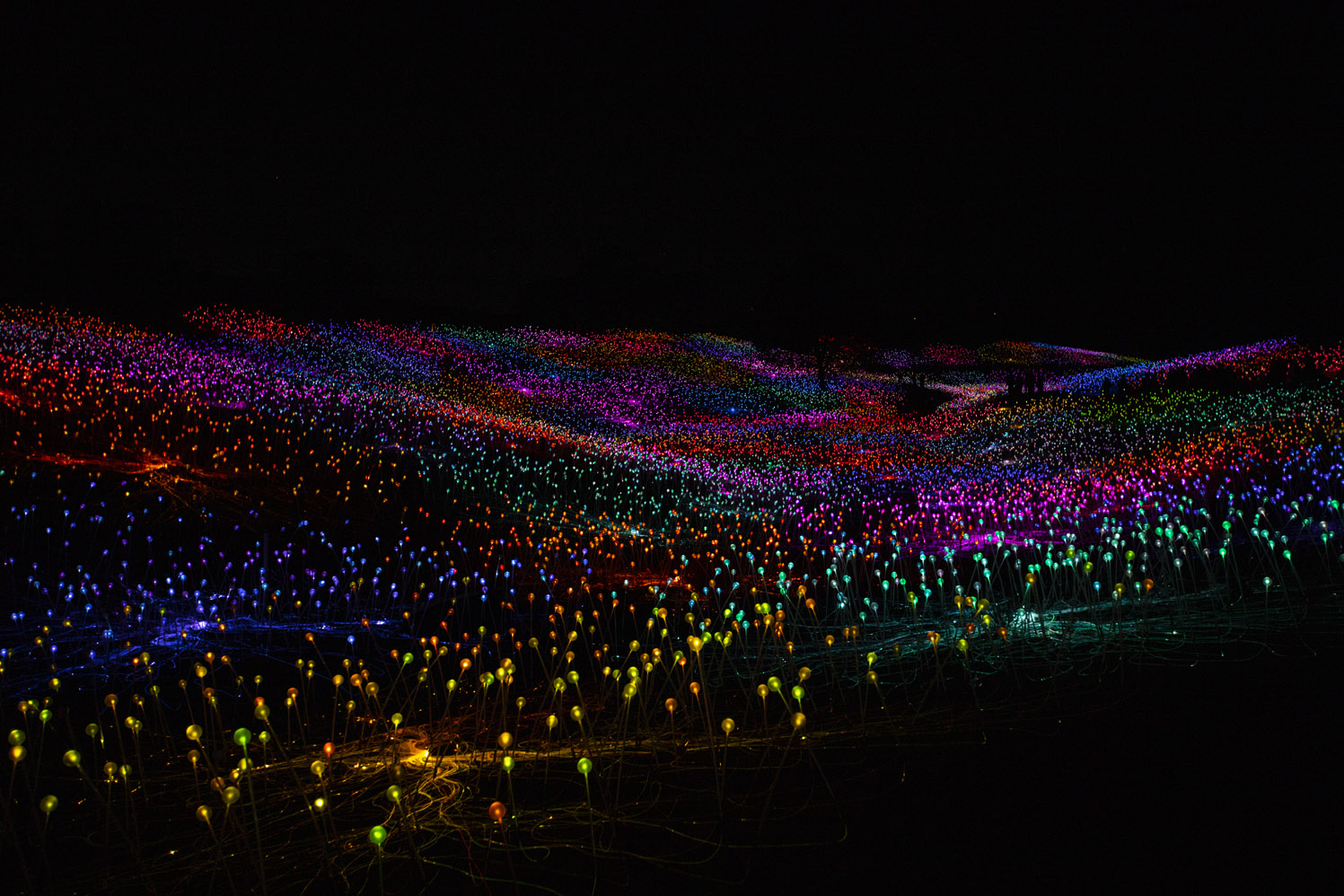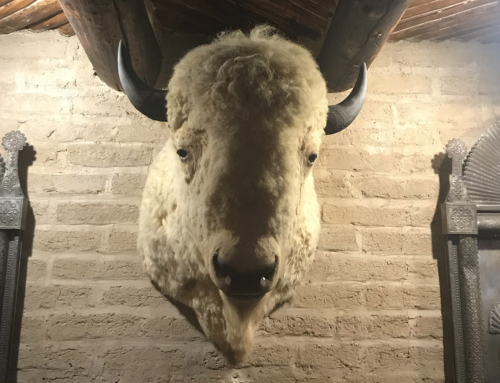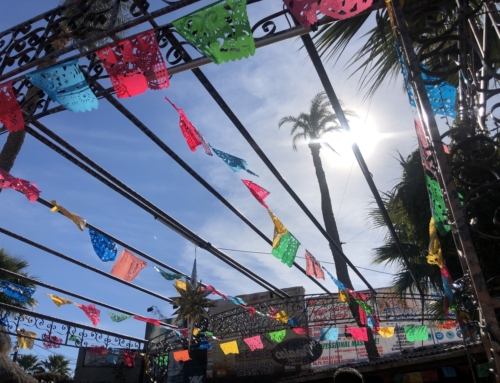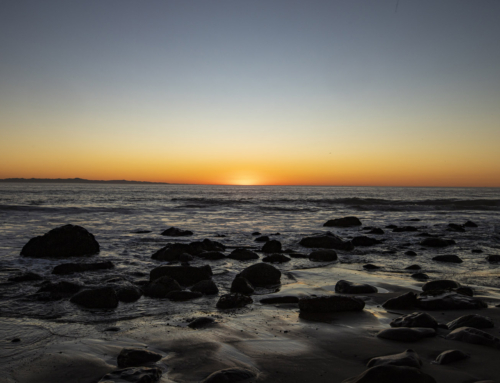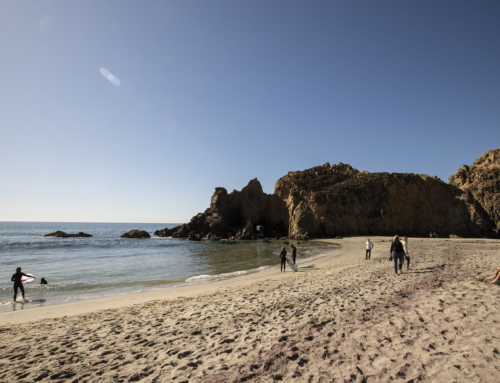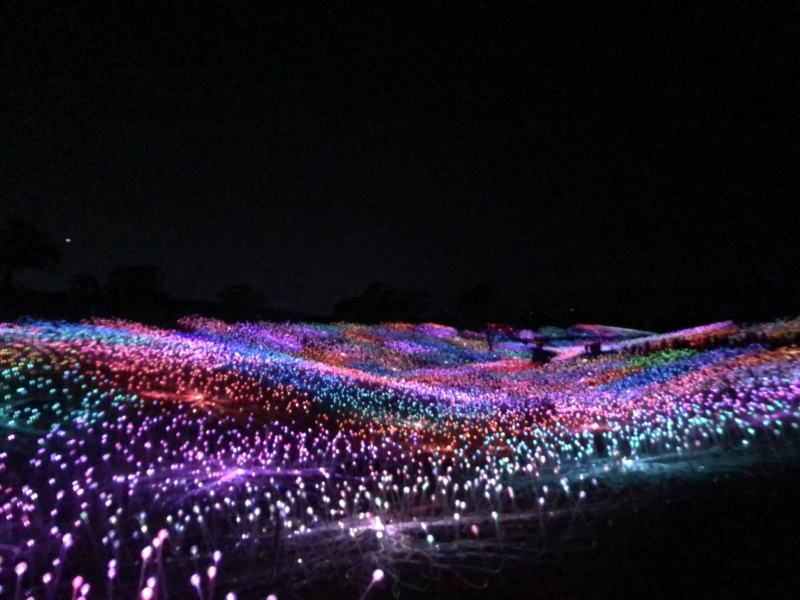
We found the Cali Vibe we were looking for…
It’s in Pismo Beach
As we left San Francisco we made a pit stop in Salinas, home of John Steinbeck. Earlier in the trip our friend Paul had sent us Travels with Charley, a (somewhat embellished?) account of Steinbeck’s drive across America in a camper truck. With the book he included a note suggesting we stop at the Steinbeck museum where one of the displays is his truck, Rocinante. Since Wyatt, Dennis and I had all read the book we were interested to make the visit.
As I mentioned in our Santa Cruz post, Salinas is right in the heart of the agricultural valley that is Central California, and Steinbeck used this environment as the setting for many of his most famous novels. What we didn’t know is how The Grapes of Wrath was a sort of “expose” on the migrant worker conditions of the time, and the controversy it created around those practices, leading to important changes. Somehow I missed that in the high school lit class. I also didn’t realize that Steinbeck was a humorist as well as tragic novelist. Most of the things I have read (and I realized while there that I’ve actually read quite a bit of his work) were totally tragic and frankly depressing. The museum covered the full span of his work and styles of writing, and covered both his life, and the pieces. And there was Rocinante! But in the end, the thing that amazed the kids the most was the old manual typewriter. Go figure!
We picked up a collection of short stories and also East of Eden, which I hadn’t read. As we were driving out of town and talking to the kids about his writing and how good he was at describing a scene, I opened up East of Eden and started reading the first few paragraphs of the novel out loud:
The Salinas Valley is in Northern California. It is a long and narrow swale between two ranges of mountains, and the Salinas River winds and twists up the center until it falls at last into Monterey Bay.
I remember my childhood names for grasses and secret flowers. I remember where a toad may live and what time the birds awaken in the summer—and what trees and seasons smelled like—how people looked and walked and smelled even. The memory of odors is very rich.
I remember that the Gabilan Mountains to the east of the valley were light gay mountains full of sun and loveliness and a kind of invitation, so that you wanted to climb into their warm foothills almost as you want to climb into the lap of a beloved mother. They were beckoning mountains with a brown grass love. The Santa Lucias stood up against the sky to the west and kept the valley from the open sea, and they were dark and brooding—unfriendly and dangerous. I always found myself a dread of the west and a love of east. Where I ever got such an idea I cannot say, unless it could be that the morning came over the peaks of the Gabilans and the night drifted back from the ridges of the Santa Lucias. It may be that the birth and death of the day had some part in my feeling about the two ranges of mountains.
As I was reading, we were driving south through the valley. To our left sat the Gabilan Mountain range. It was early afternoon so they were golden brown and warmly lit. To our right was the Santa Lucias, darkened by the dropped sun with sharper peaks. I actually got chills as we looked around and literally saw the scene he had written all around us in real life. It was a crazy moment and one that I will not forget. I can’t believe I picked the book up at that moment and started to read that passage.
From that point I kept reading (not out loud) and pretty much gobbled up that whole 600 page novel in the next 7 days. It was SO SO GOOD. Dennis read Tortilla Flats and Of Mice and Men and is about finished with Cannery Row. I can’t wait to trade with him so that we can talk about East of Eden and I can read more of the shorter novels.
After my transcendental Steinbeck experience we pulled into another Harvest Host vineyard and winery for the night, Rio Seco, in Paso Robles. We enjoyed some wine and Maya loved playing with all the cats they had on the grounds. The host even let us pick a fresh pomegranate from the tree! Just before nightfall we squeezed in a visit to Scuplterra, which turned out to have an amazing grounds full of sculptures and artwork. It was a beautiful setting, with many very large-scale works that were glowing in the setting sunlight.
Our next stop was Pismo Beach, which is very close to my sister-in-law Jen’s hometown. And the whole area reminded me a lot of her! It was laid back and everyone was really nice and so friendly and it was also one of the least pretentious places we have been in California. Pismo itself reminded us of some of the “Old Florida” towns that we love with local restaurants and smaller hotels vs. big fancy new modern places, and houses that look like real people live there. (Later we met someone who broke our hearts told us that those “regular” homes cost $1.5M plus.) San Luis Obispo was a bit “fancier” but still had an adorable downtown with shops and restaurants and a street fair every Thursday night. Overall, it’s probably my favorite coastal area in California so far.
What initially put this stop on the map for us, though, was the Monarch butterflies. Every winter thousands of monarchs migrate to the area and stay in the eucalyptus trees. We learned that the monarchs that come to this area are from Canada and west of the Rockies in the US. The ones from the eastern half migrate down to Mexico. However, the bad news is that the populations have been declining significantly over the past few decades. As in, from 300,000 migrating 20 years ago, to only about 3,500 this year. As cool as it was to see the clusters of them hanging in the trees while we visited we could not even imagine what it must have been like with nearly 100X as many there. It definitely inspired us to plant milkweed as soon as we get home…
Pismo is also home to a huge range of sand dunes along the coast. The kids were so excited to be back in an area where we could ride the dunes again. The dunes here turned out to be a lot wider than the ones in Oregon, with amazing views of mountains on one side and the coast on the other. They also turned out to be a bit softer, which makes for a bit tougher ride as they are easier to get stuck on. We still had a lot of fun and the kids are looking for another opportunity later in the trip…
For a view of the original “one percenters” and their life, we took a drive up the coast to the Hearst Castle. Or, as Wm Randolph Hearst apparently called it, the ranch. What a ranch! The castle was not completed when he died, and was left exactly as it was at that point. One half is fully ornamented and the other half is only partially finished on the outside. It is obvious that he was a collector, and a rich one at that, as every inch of the completed portion is decked out with antique statues and ornamental ceilings brought over from castles in Europe, and antique tapestries and so on and so on. It would be incredible to be able to go back in time and witness some of the parties that must have happened there with the starlets and the authors and the politicians all mixing it up.
The most impressive feature to all of us though, was probably the pools. The outdoor one was impressive enough, but then we saw the indoor one on the way out, completely covered in mosaic tiles. Some of the tiles are even glazed with real gold. We all wanted to go swimming, but for some reason they don’t let the general public use it. Apparently the Hearst family still does have access to the property, though, and on occasion uses the pools.
After watching the movie that told the story of WRH’s life, we took the opportunity to talk to the kids about how the story we had seen showed all the positive aspects, but that there may be some sides that weren’t so positive. Thanks to the internet we quickly found facts they hadn’t featured in the film or the tour, such as his role in sensationalized journalism (fake news!) and we talked about how today’s click bait is a version of that.
On the way home we made a pit stop in Cambria to try some famous Ollallieberry Pie. First we had to ask, what is an Ollallieberry? And learned that is a hybrid of a raspberry and blackberry. It was delicious, with a crispy crust and juicy filling. We later learned that Jen’s family often got the pie for Thanksgiving so that was kind of cool.
I had a little surprise planned for our final night in the area. I’d seen pics of Sensoria on Instagram and decided it was a must-see, but didn’t tell the kids or Dennis anything about it at all. We arrived, parked, and walked all way into the site and around a corner before a peek of it was revealed…which was exactly the right way for them to have set it up, in my opinion. Sensoria is a light-art installation by Bruce Munro that covers a 15 acre rolling field with almost 60,000 fiber optic lights. The lights range from 12-24 inches high and the bulbs at the top glow with colors that gradually change. The overall effect is almost like the “super bloom” at night. It’s as though you are walking into a live painting maybe, or field of supernatural glowing flowers. It’s calming and happy and so pretty. My mother would have loved it. In fact, she would have loved it so much and oohed and aaahed all way through so much that we probably would have made fun of her for it. I wish we could have.
